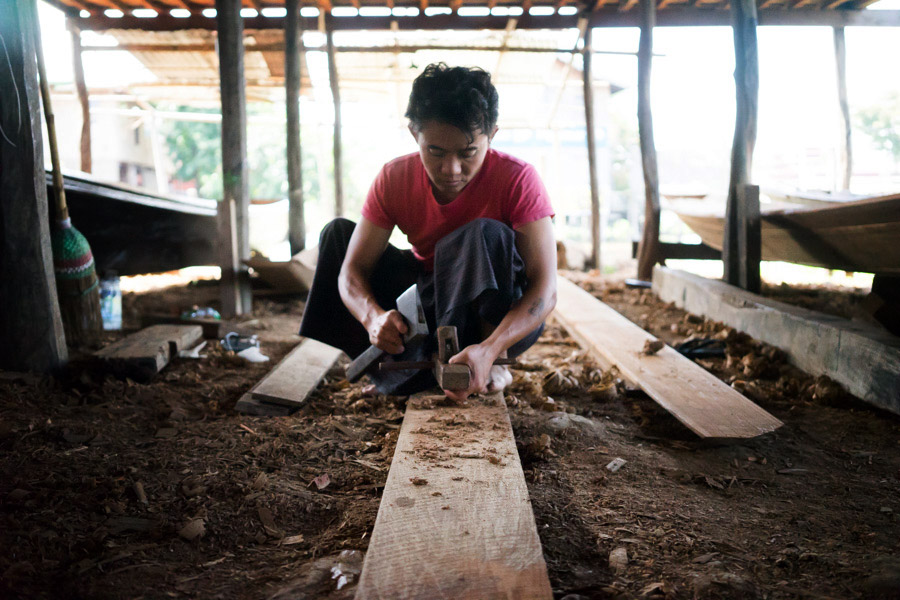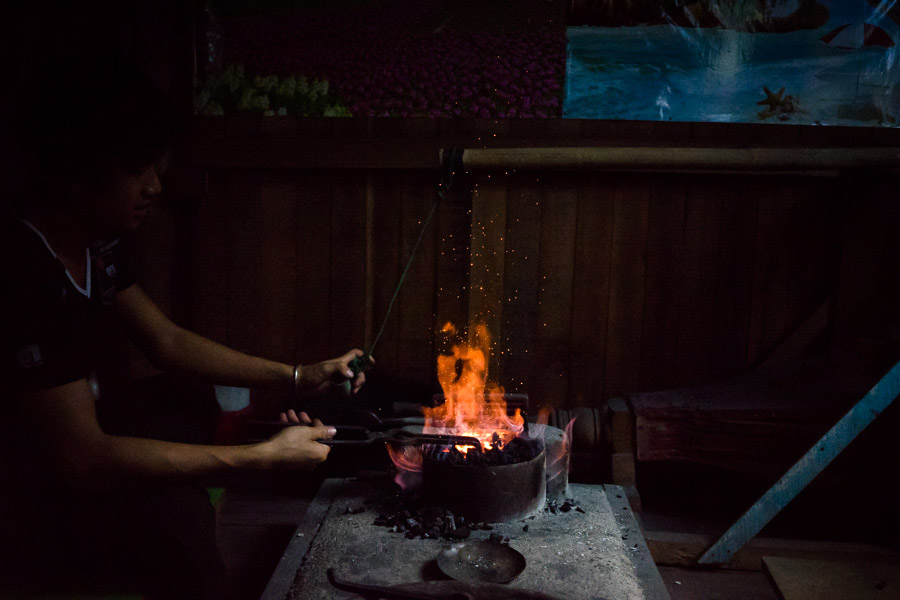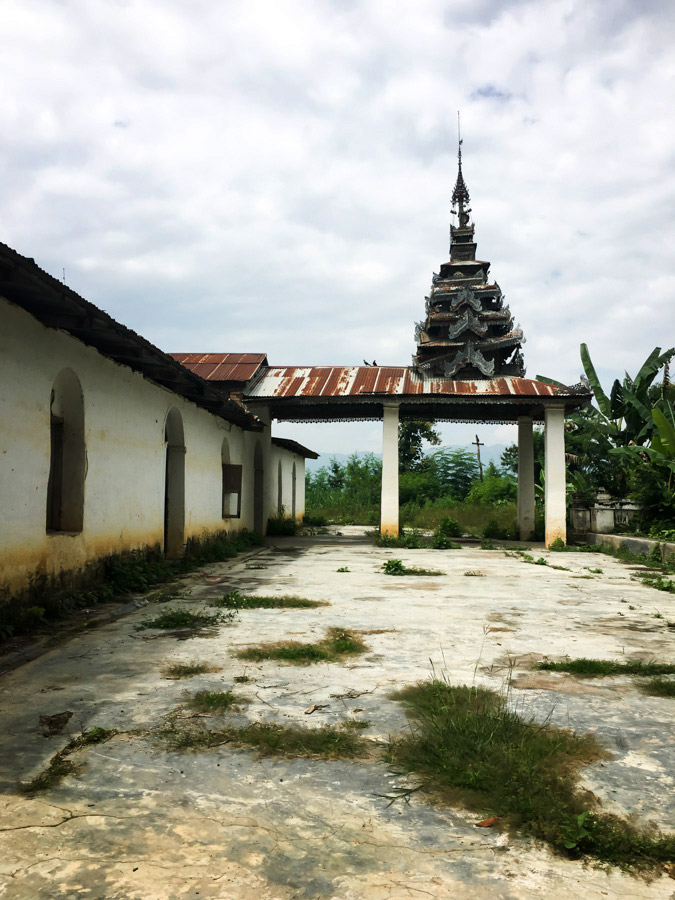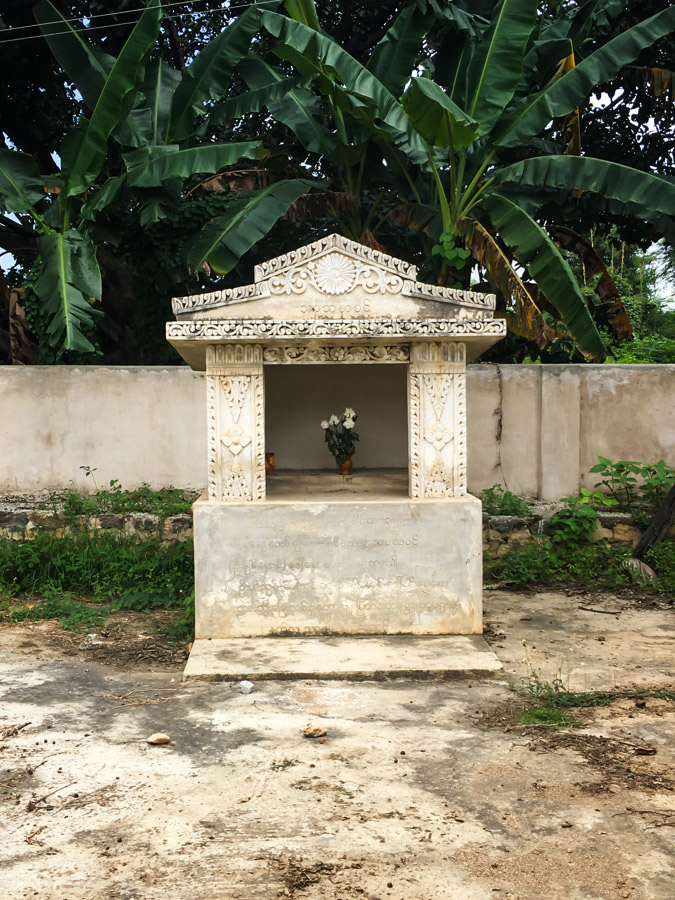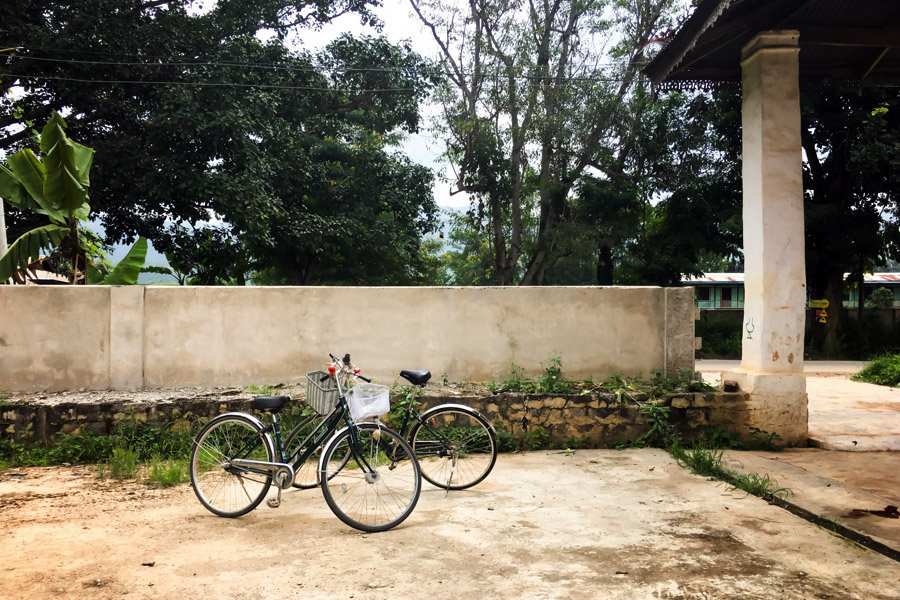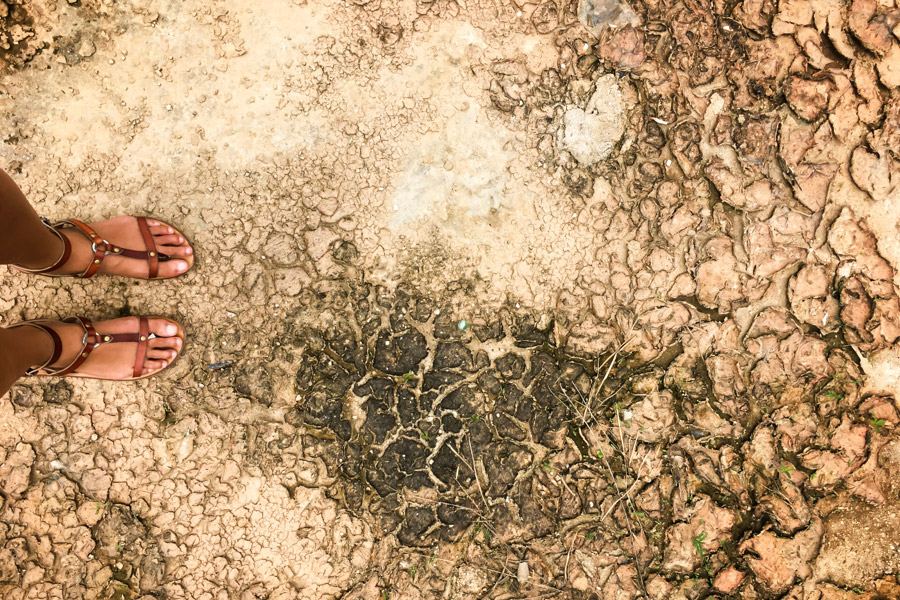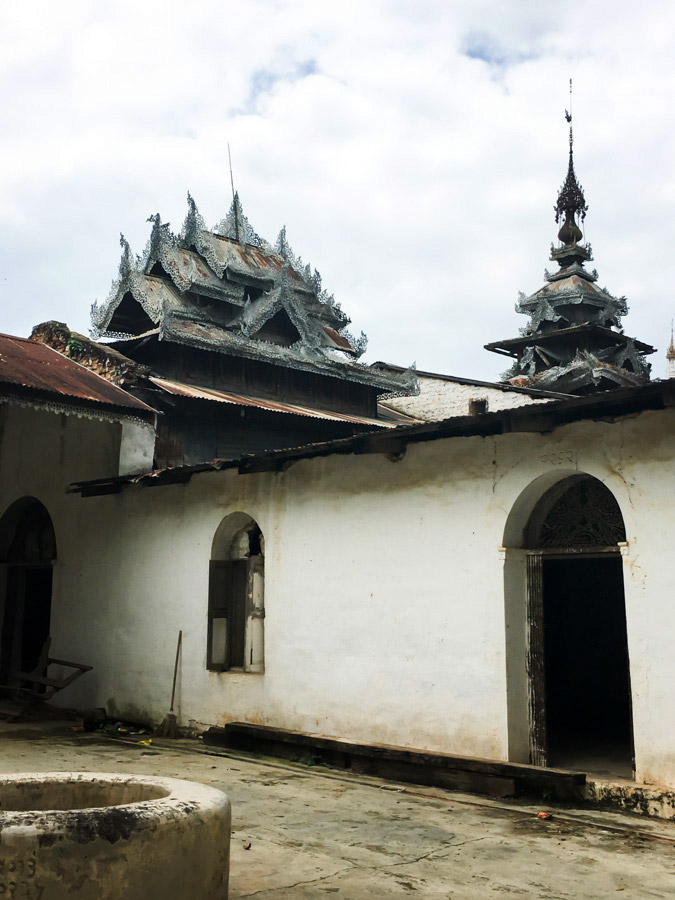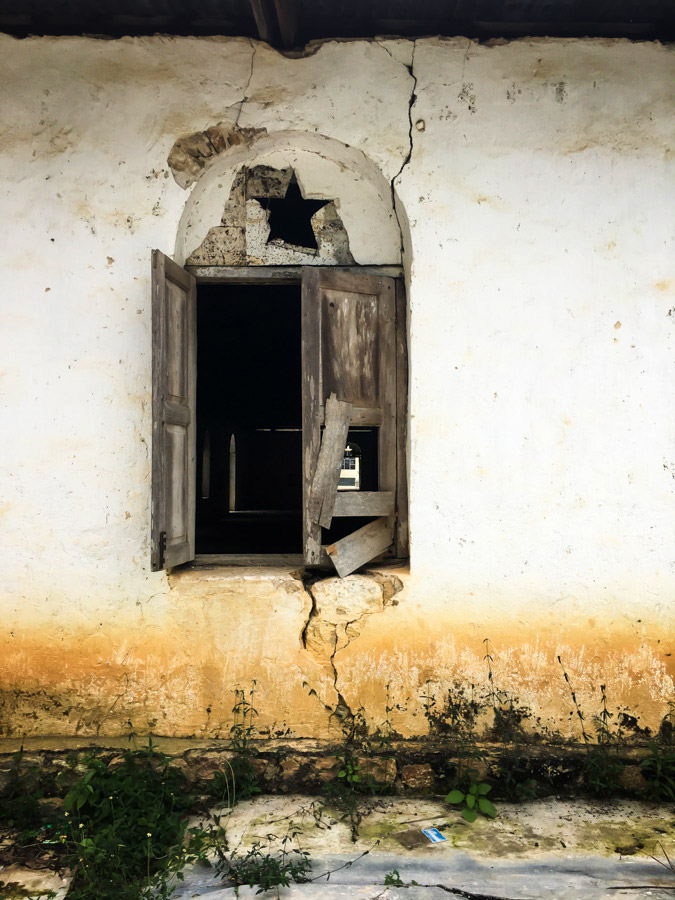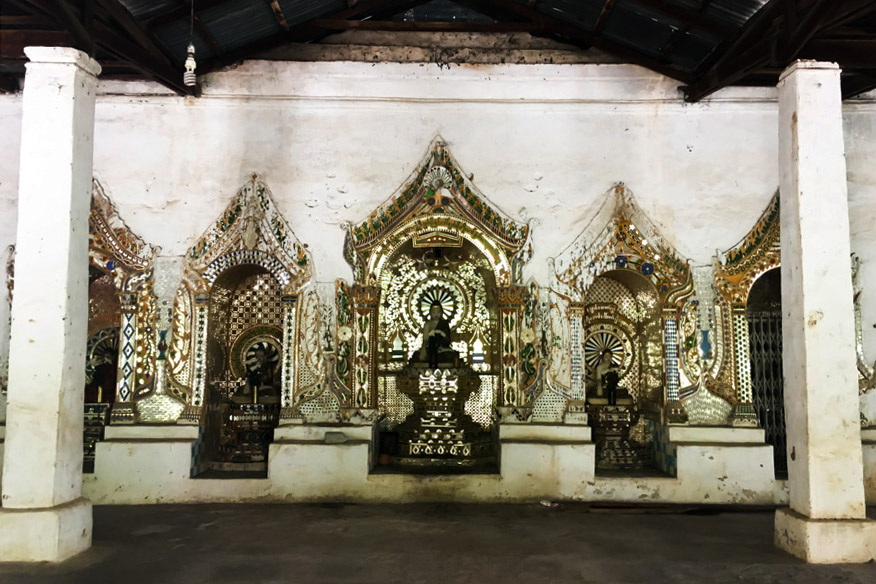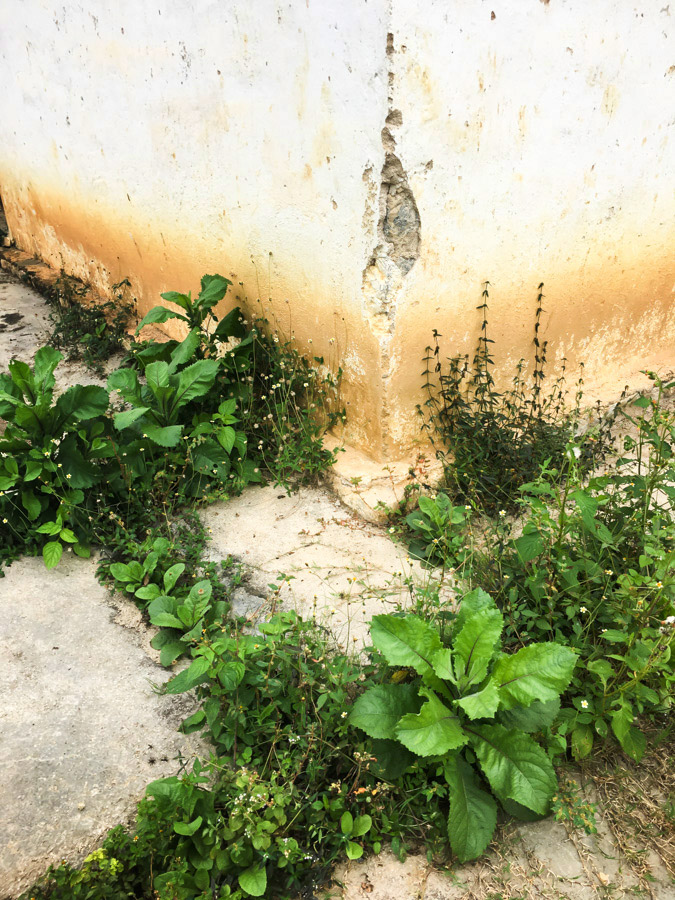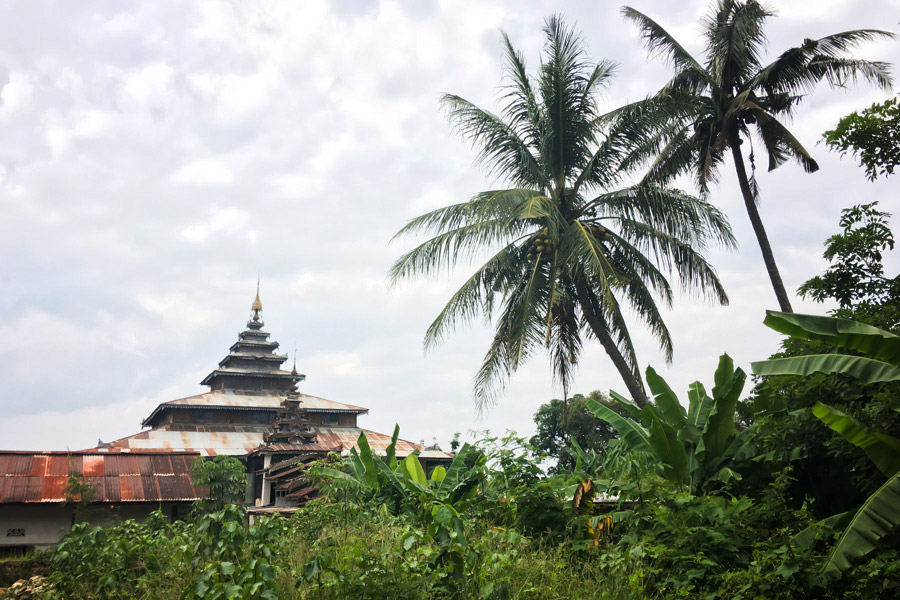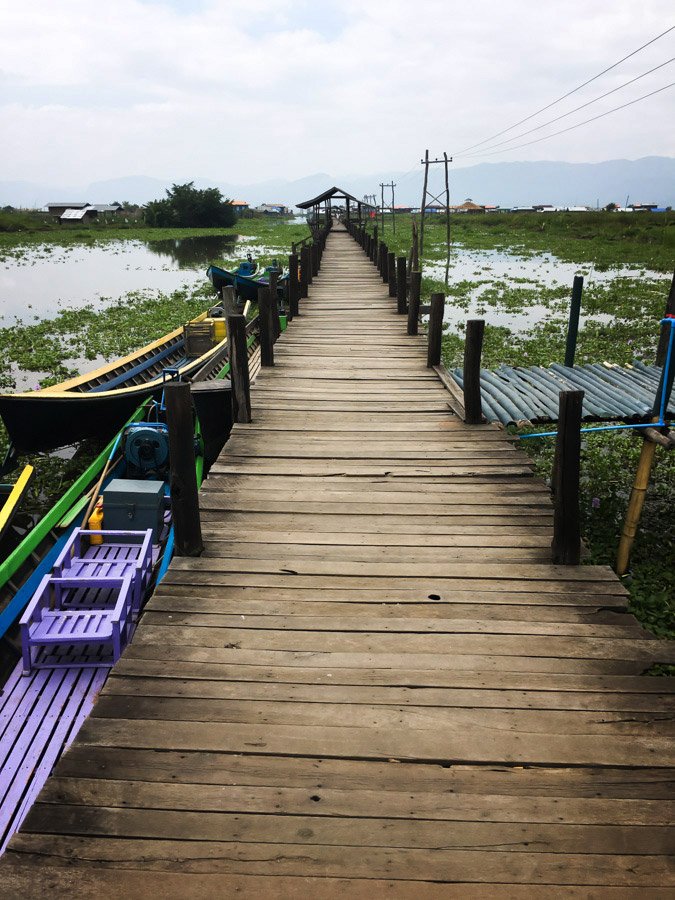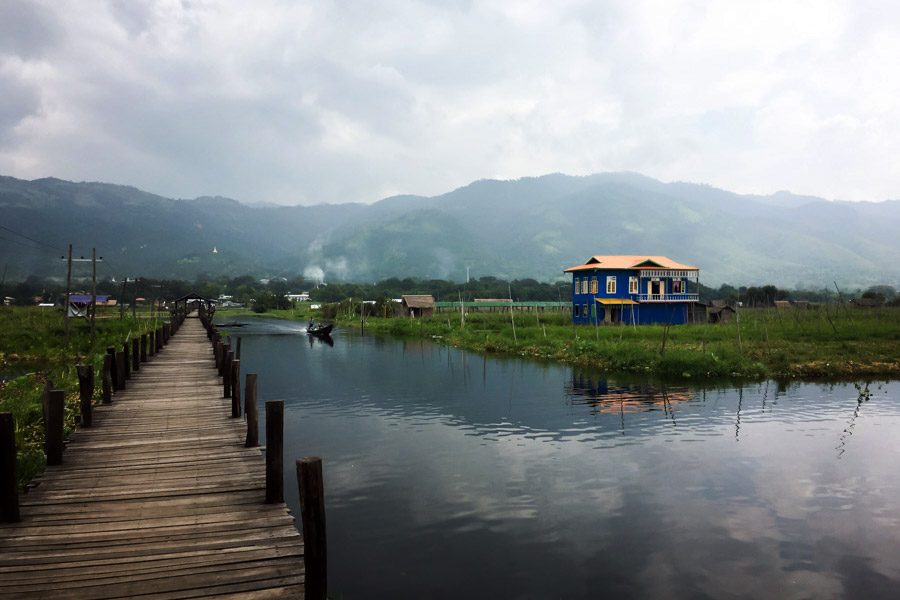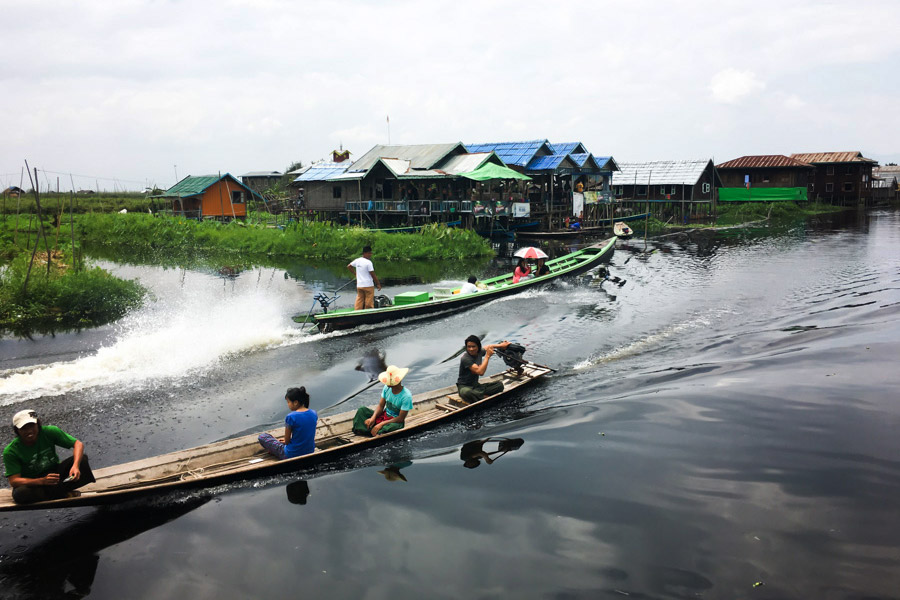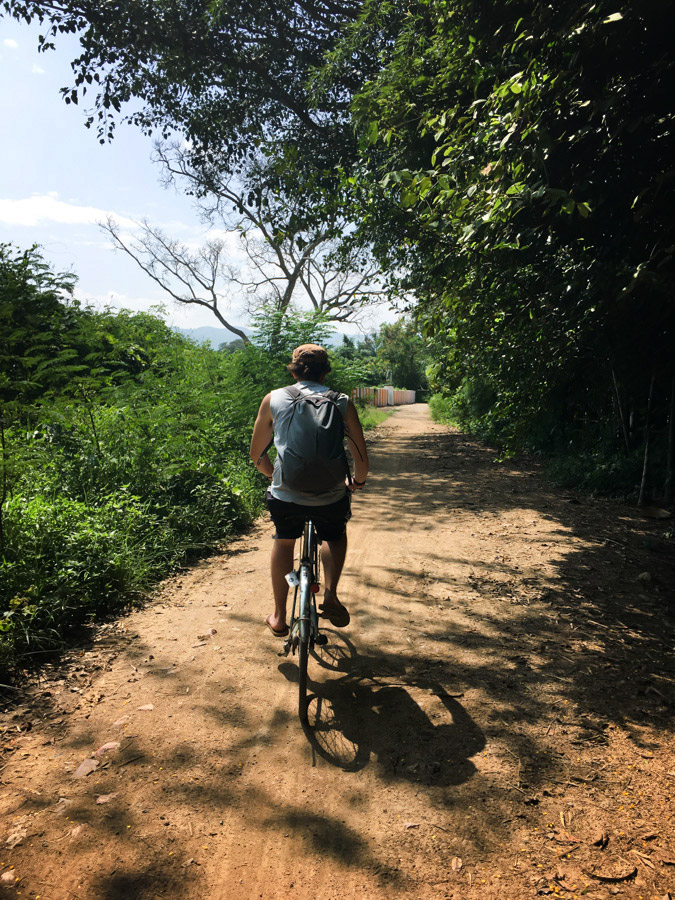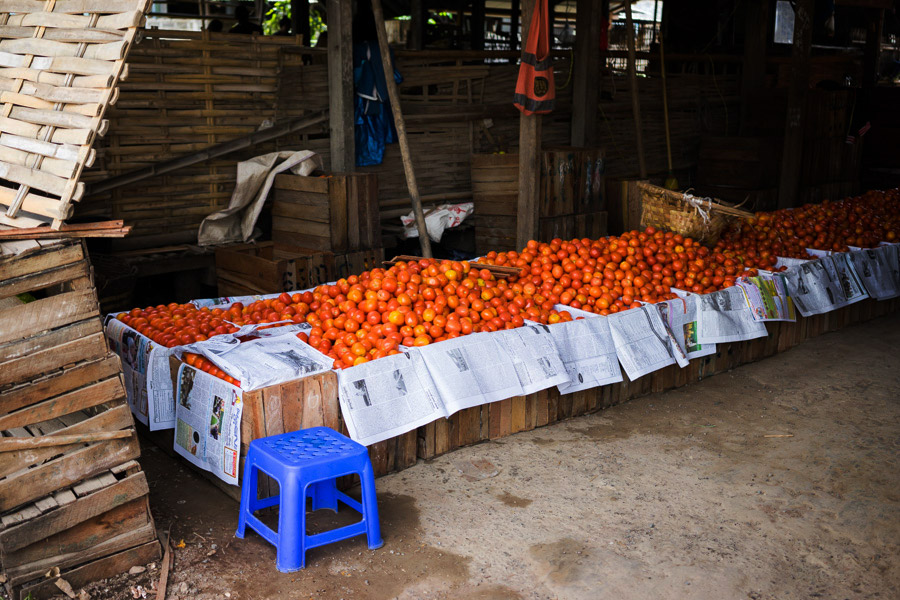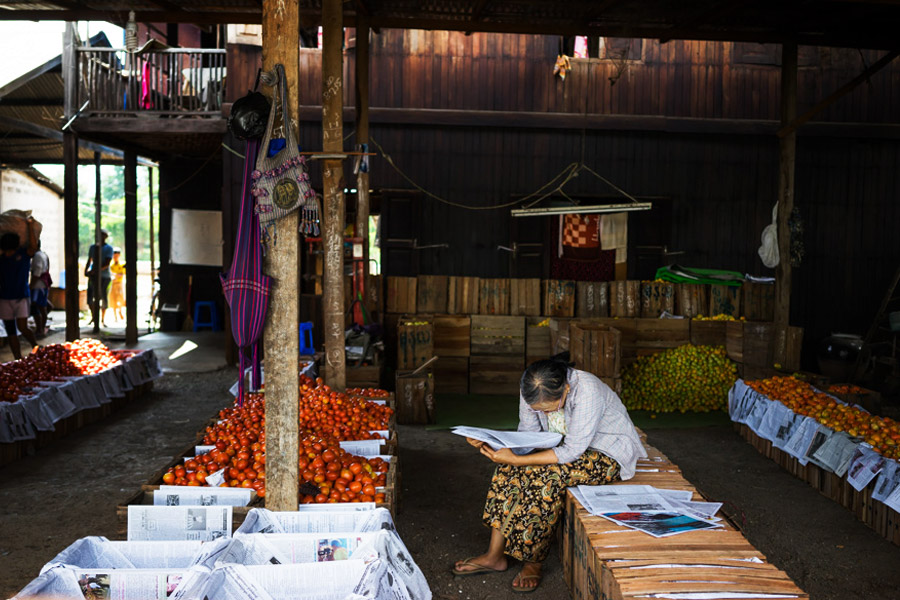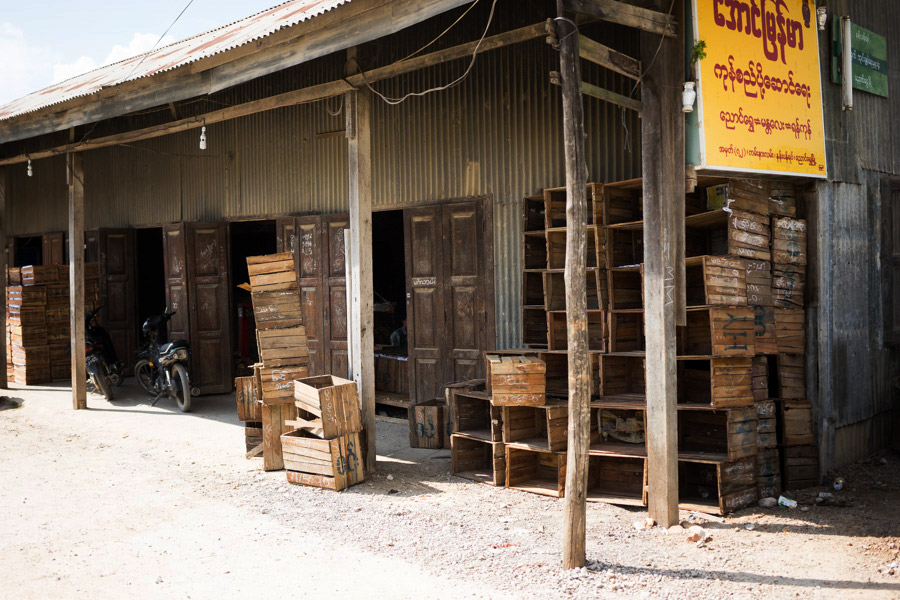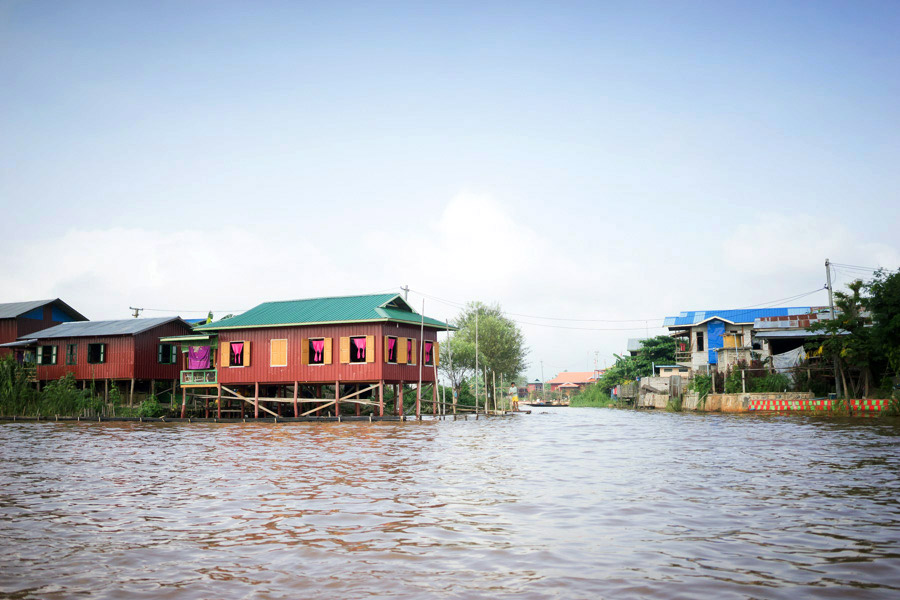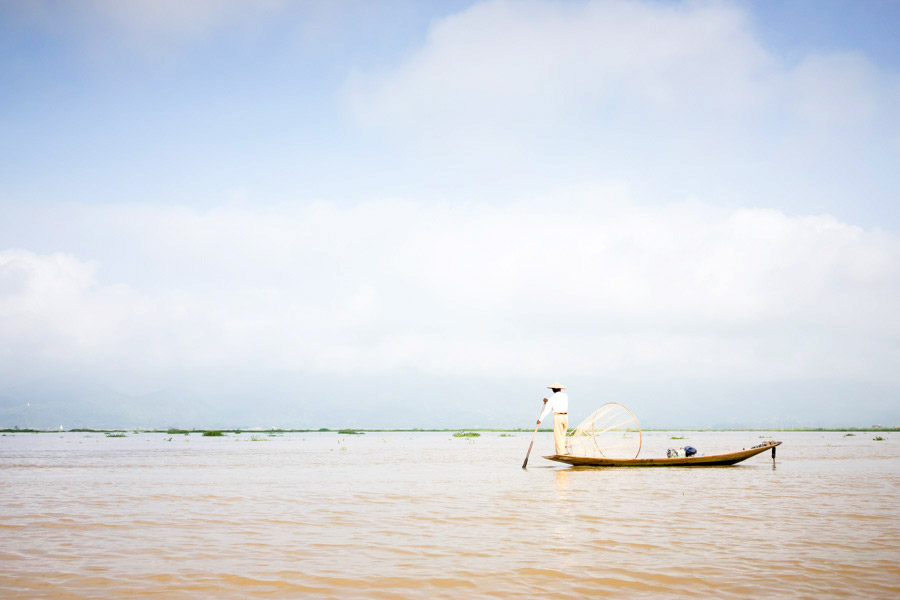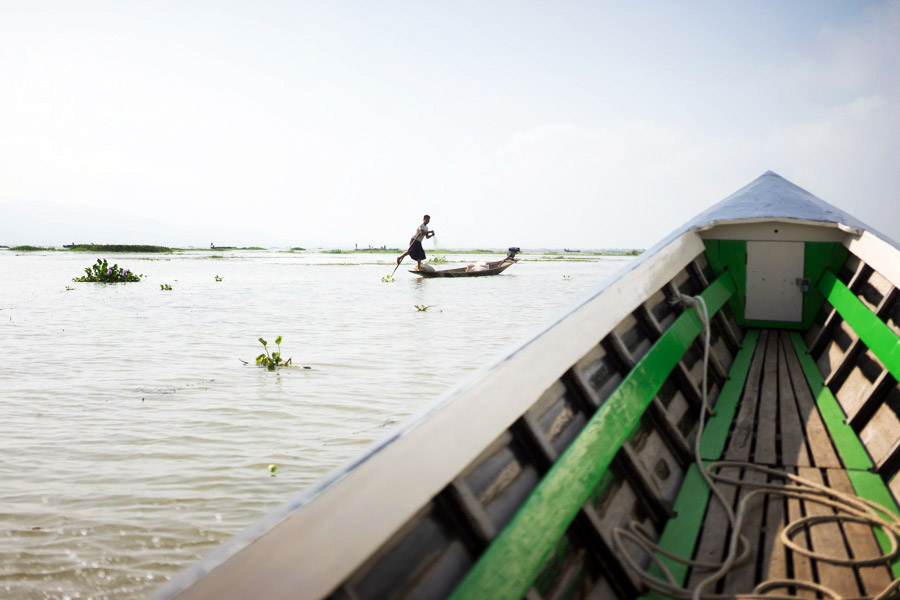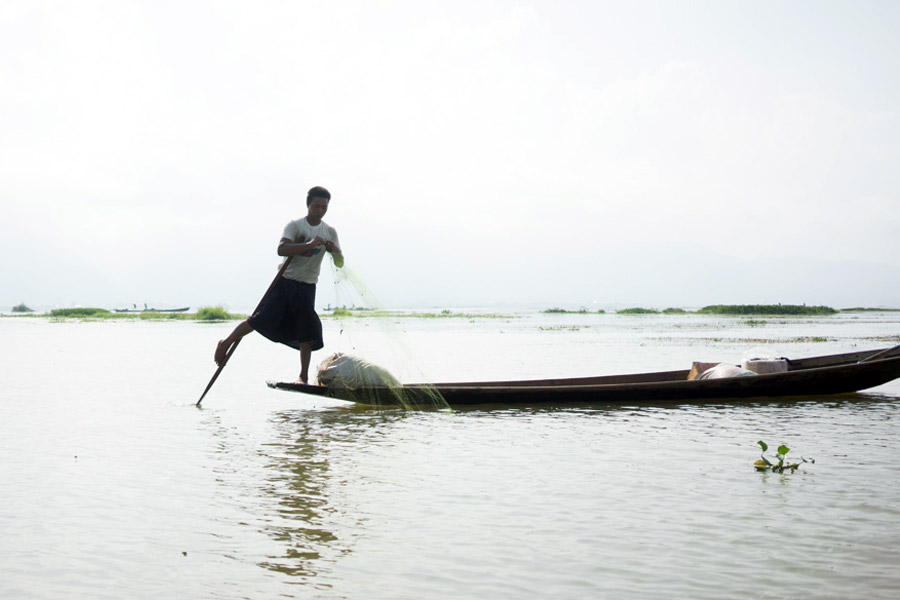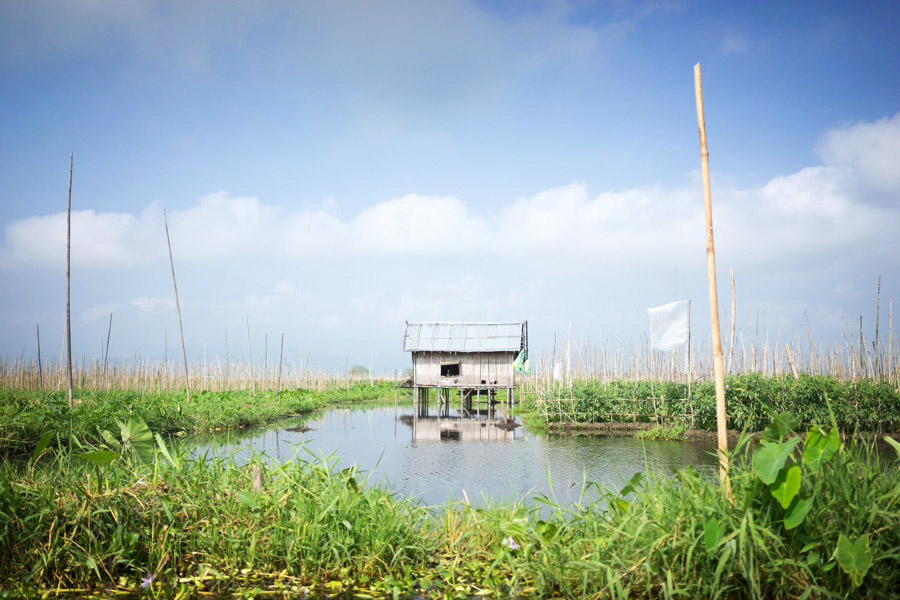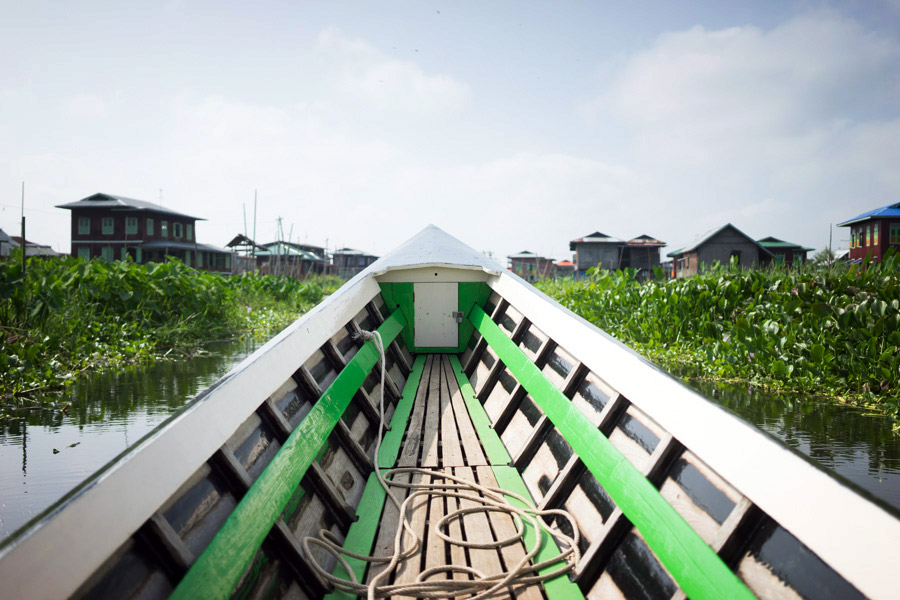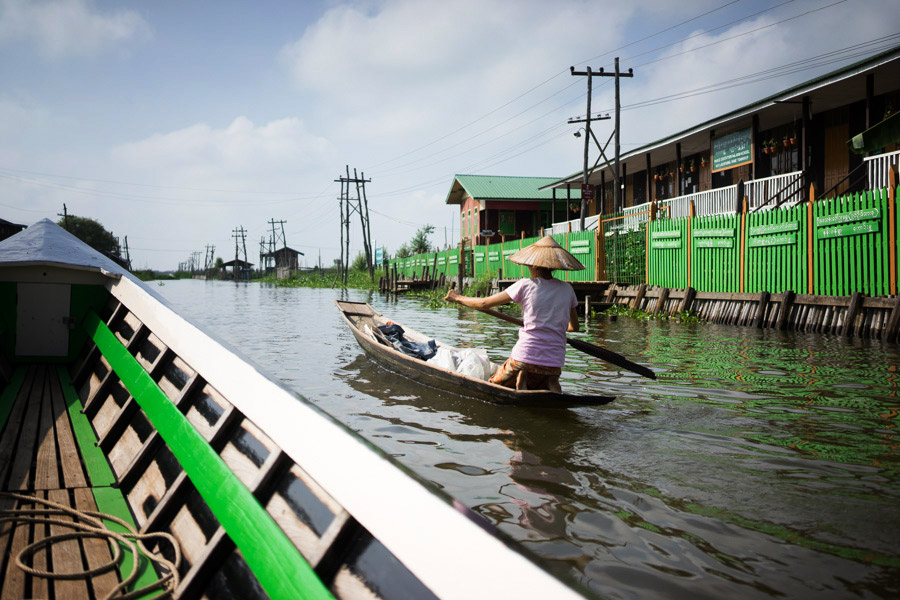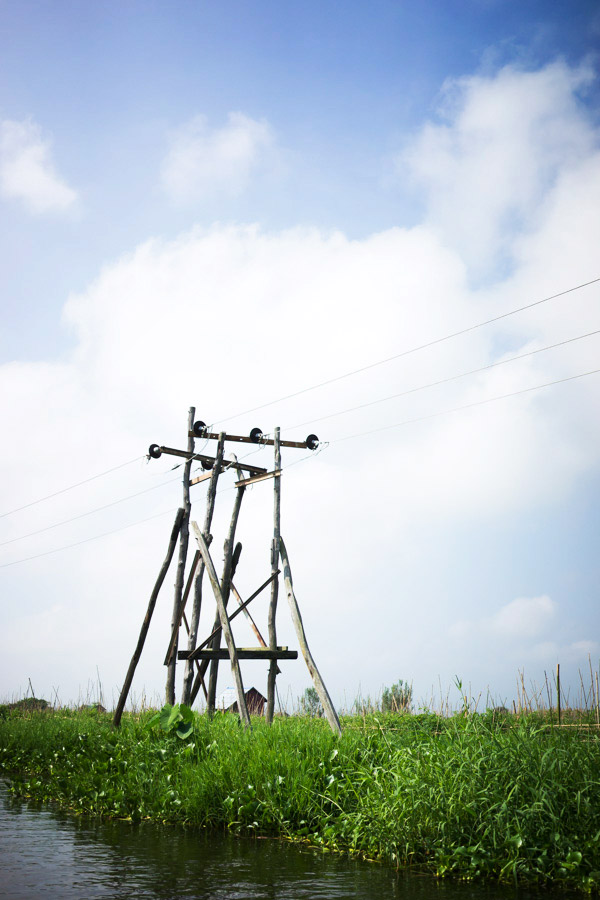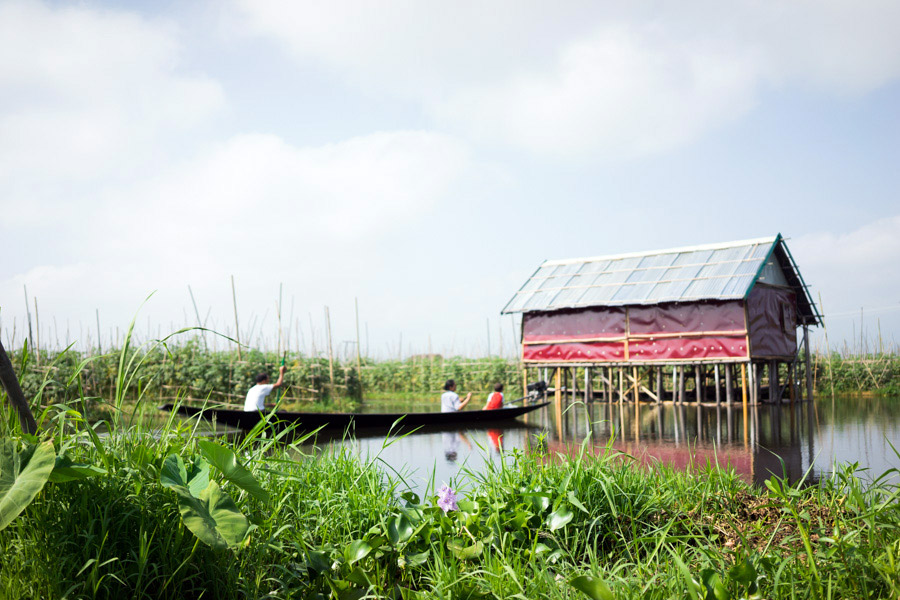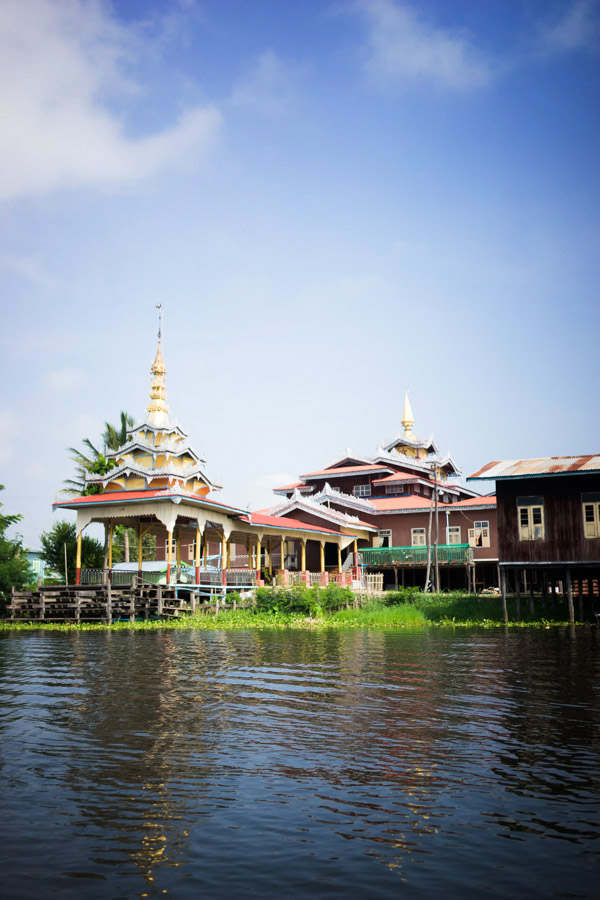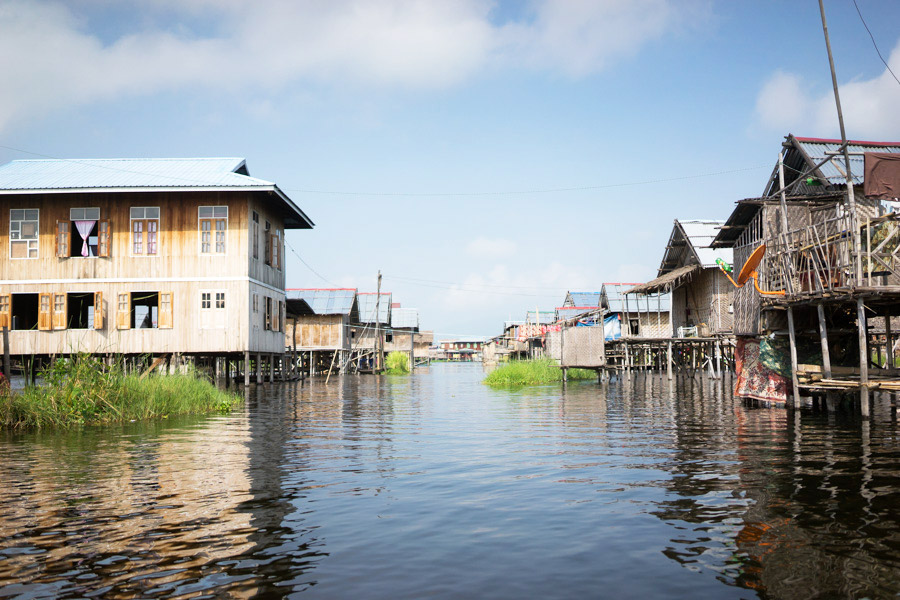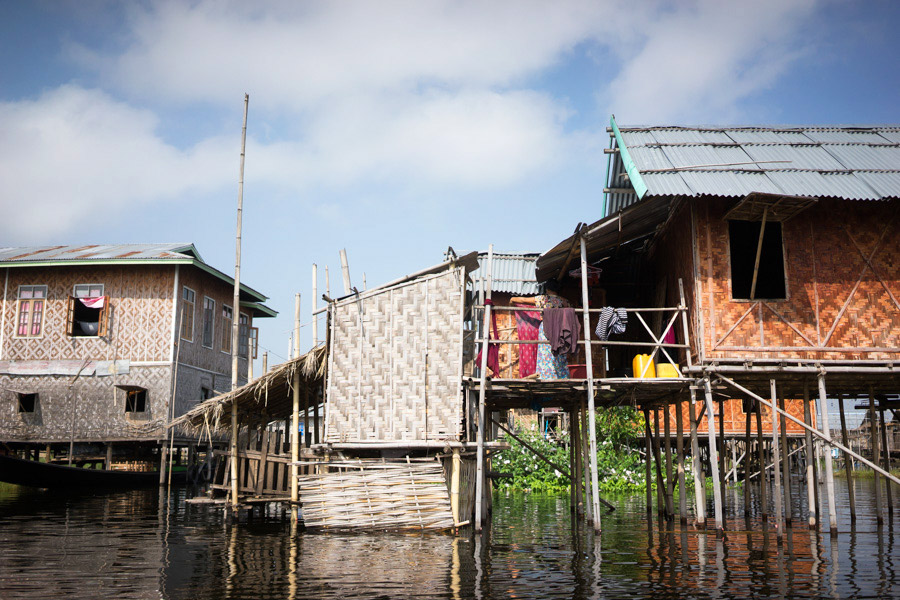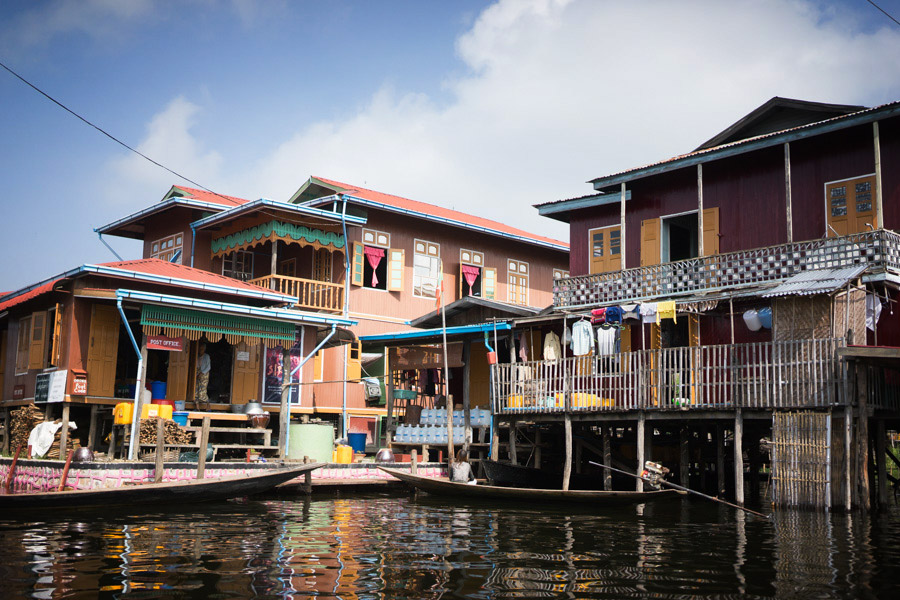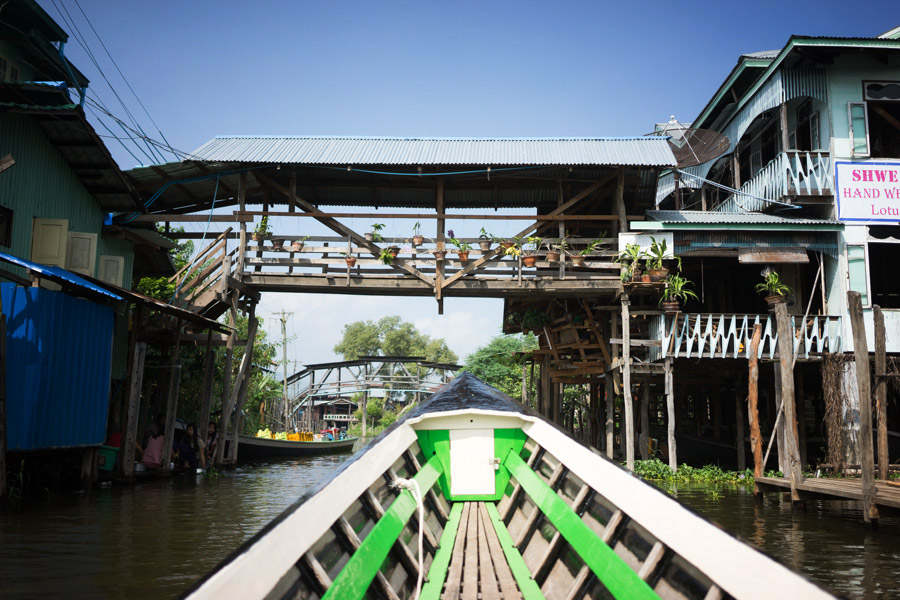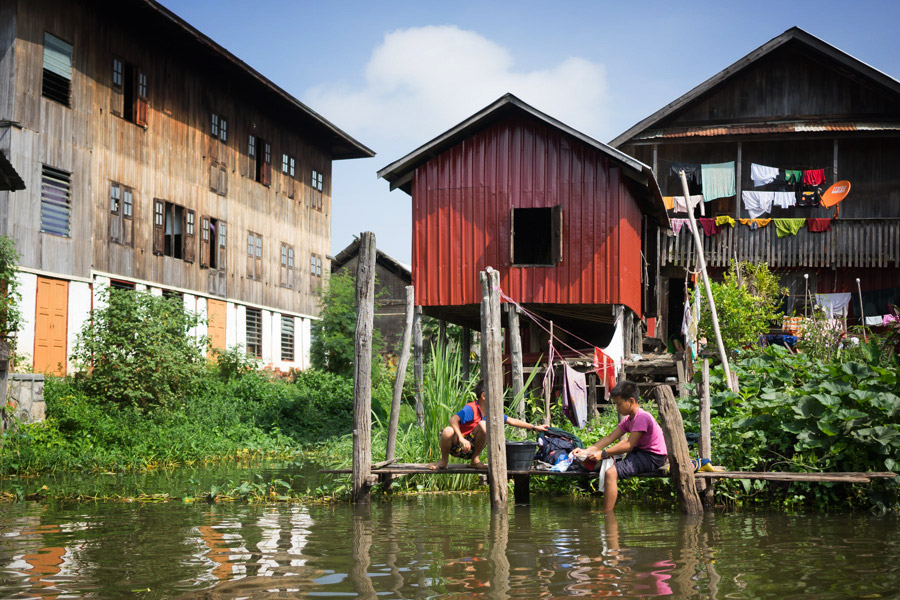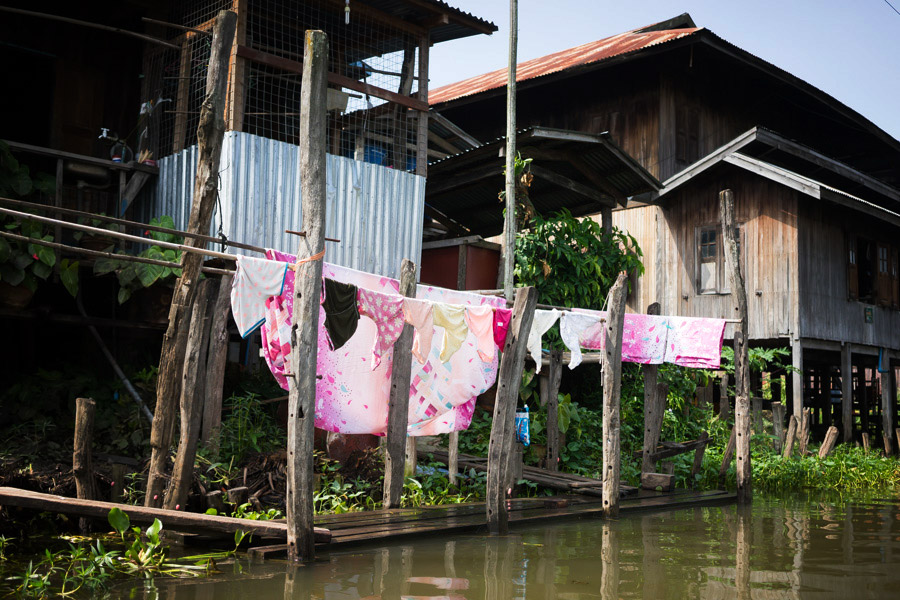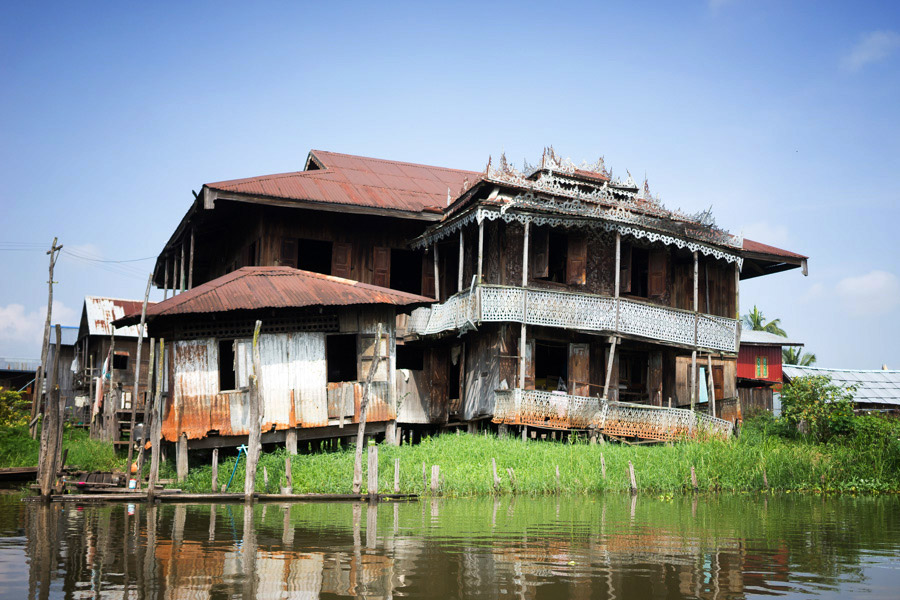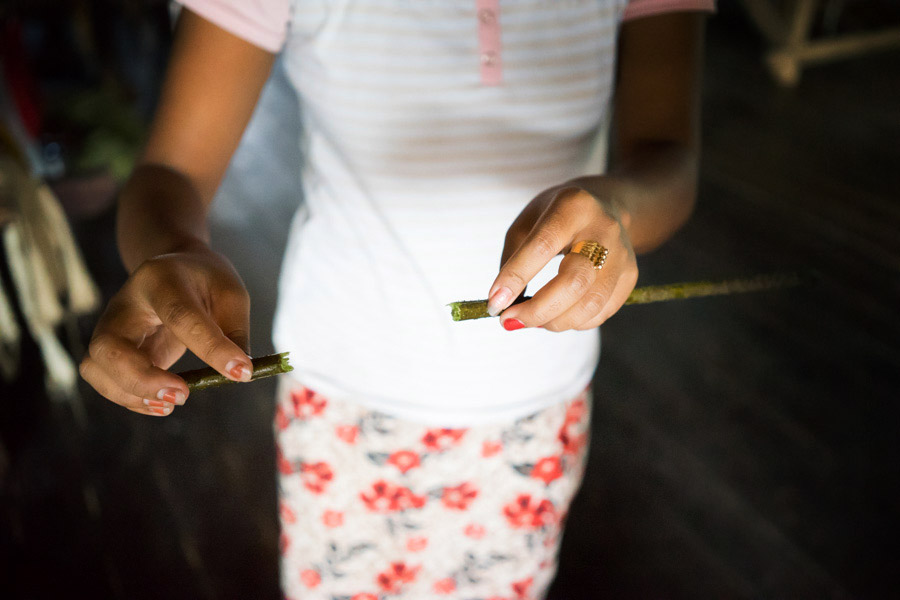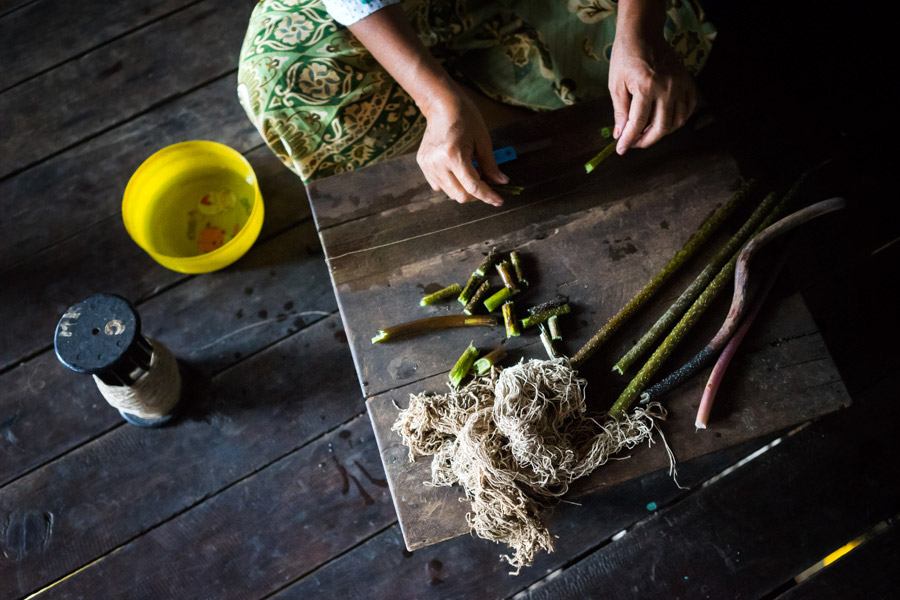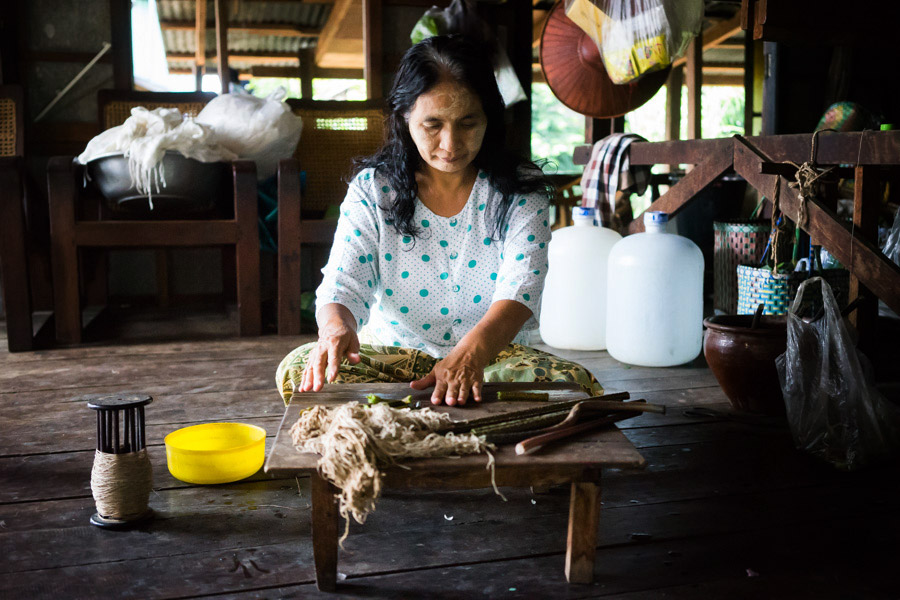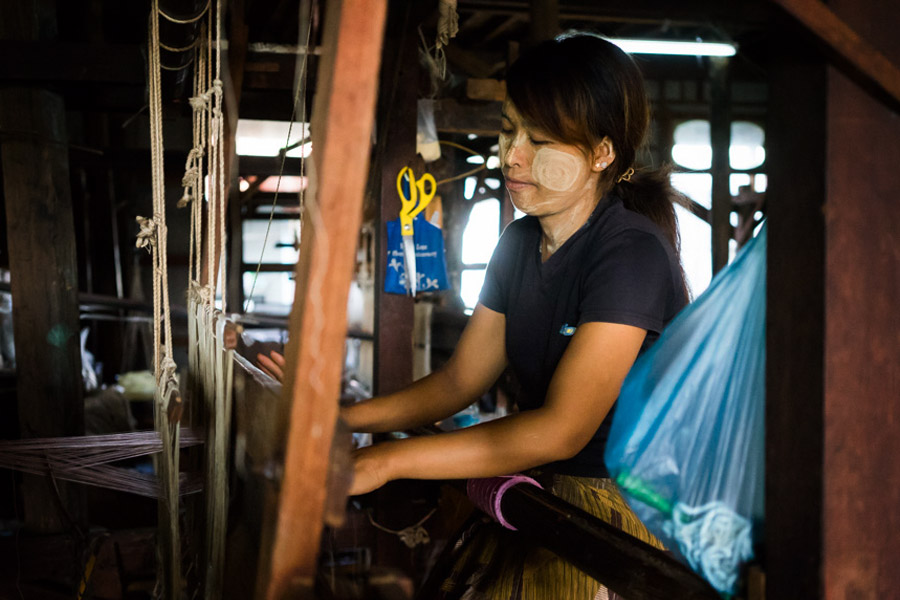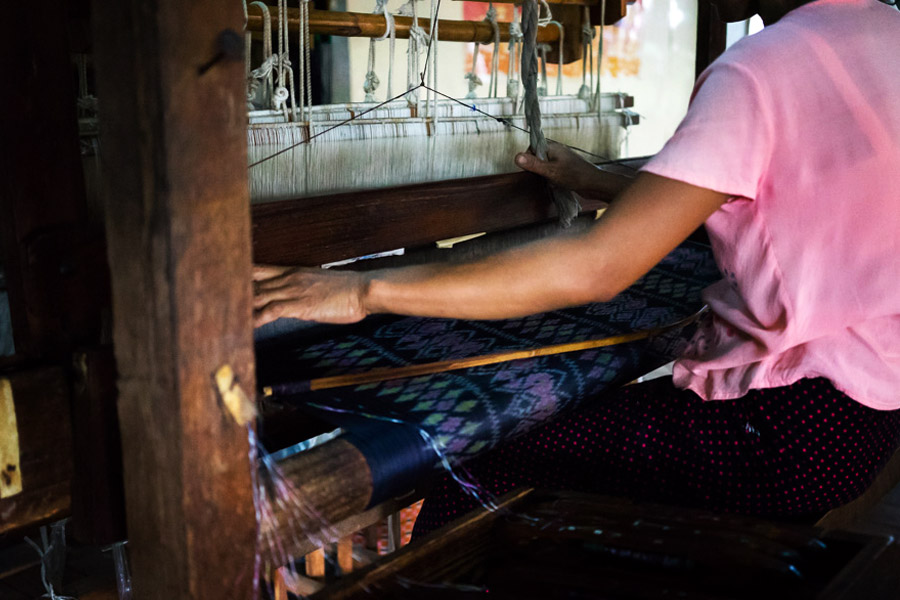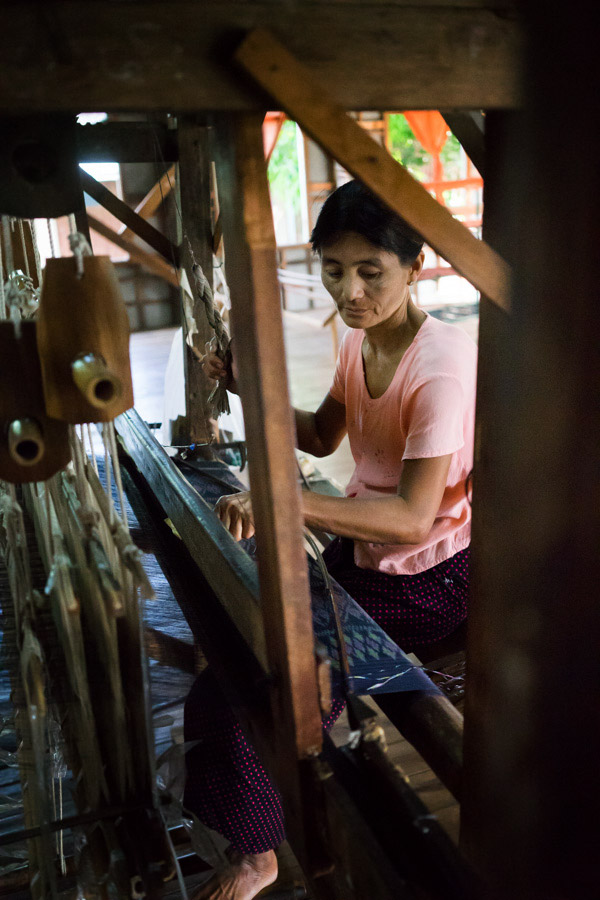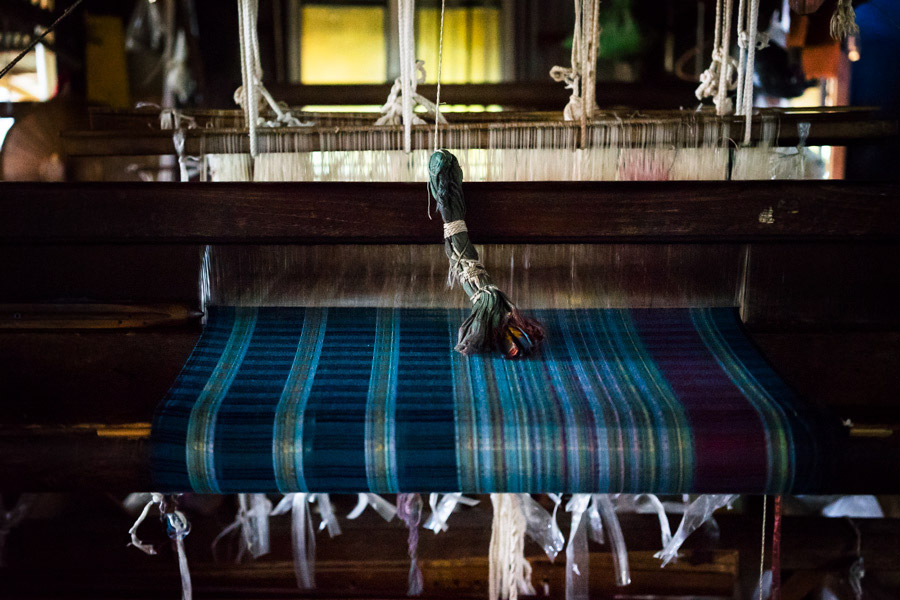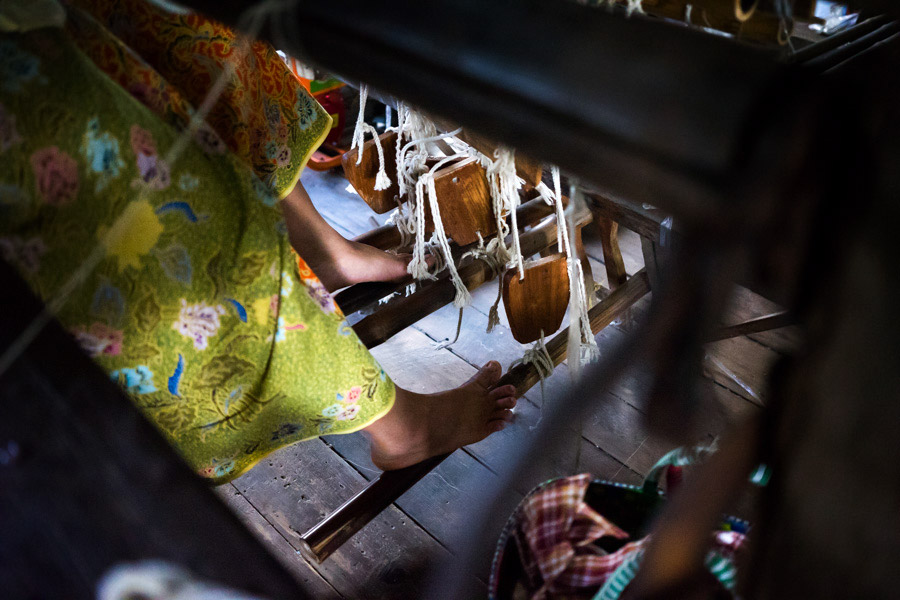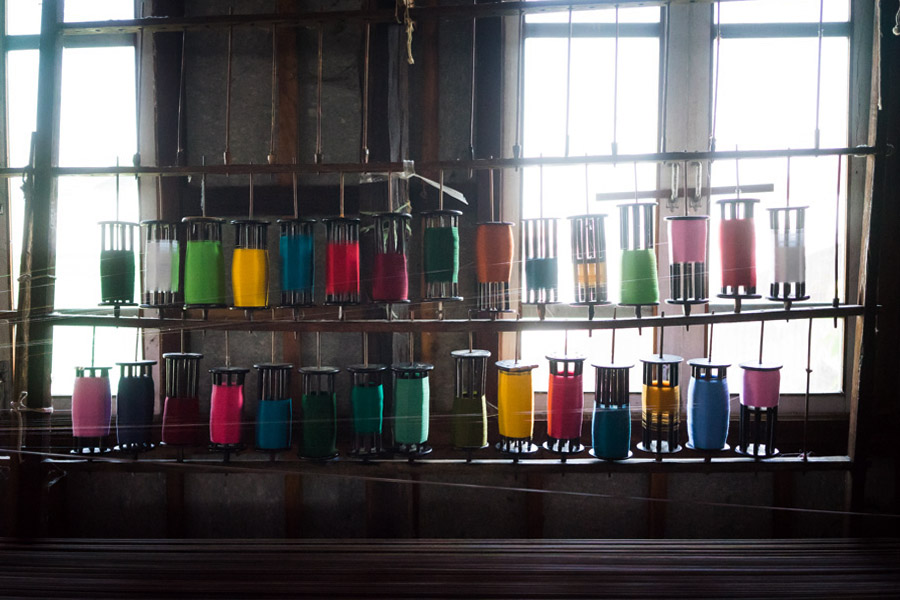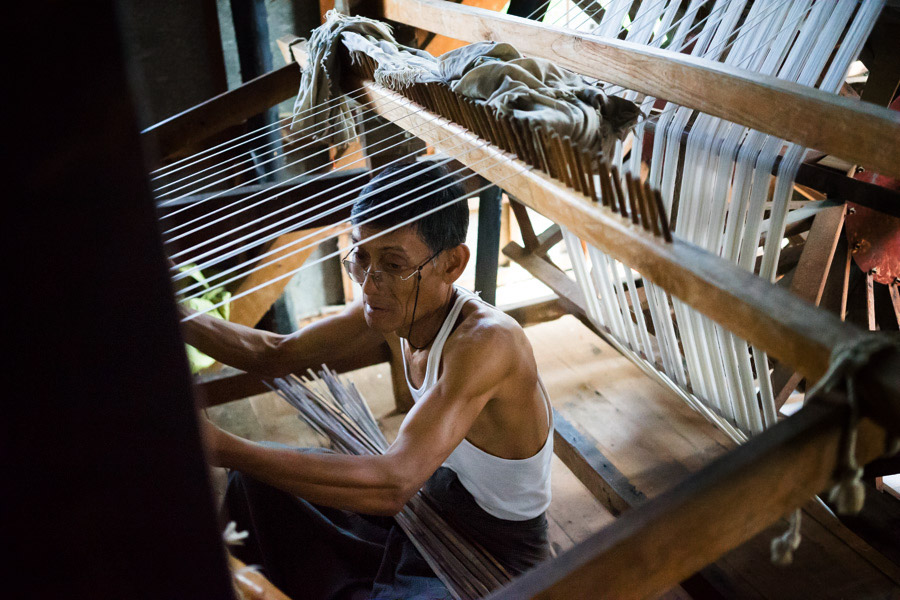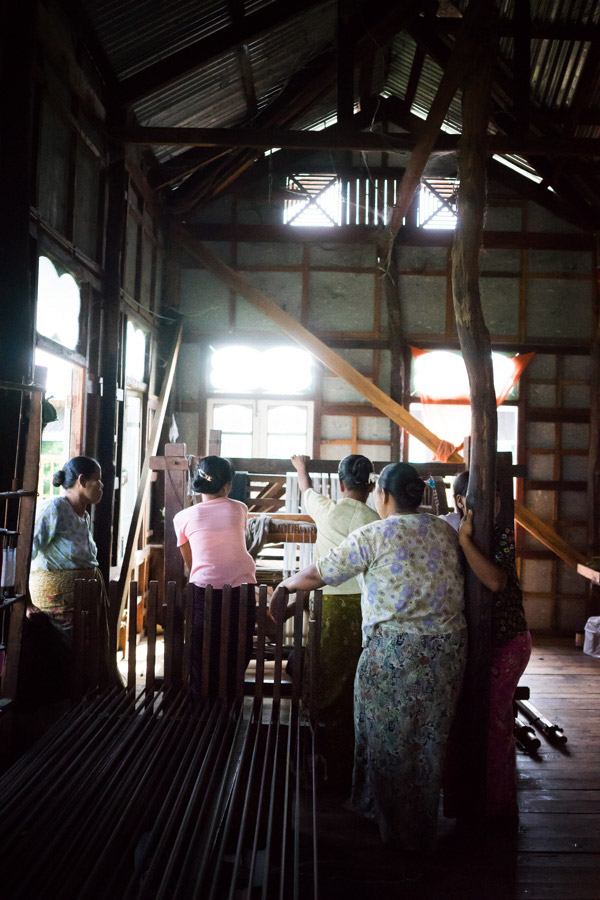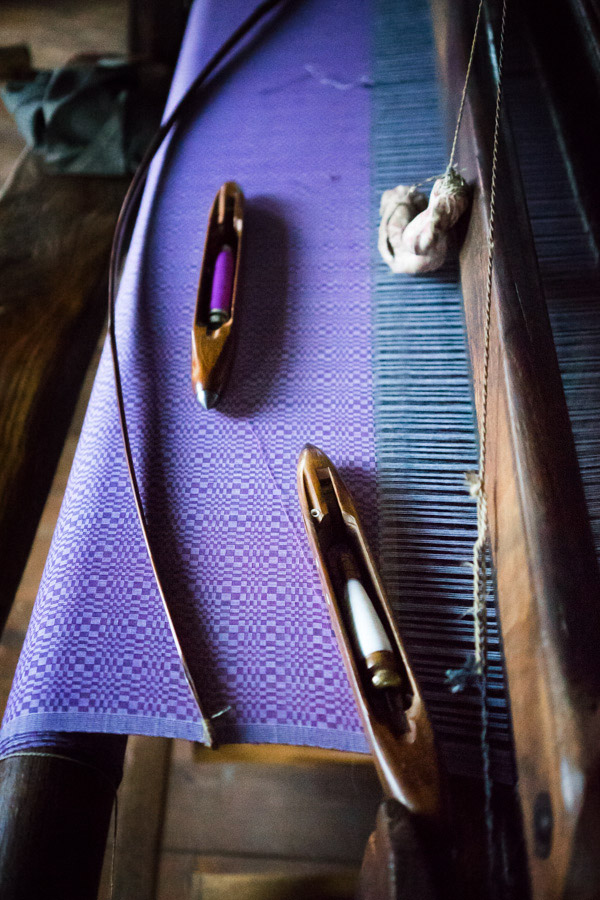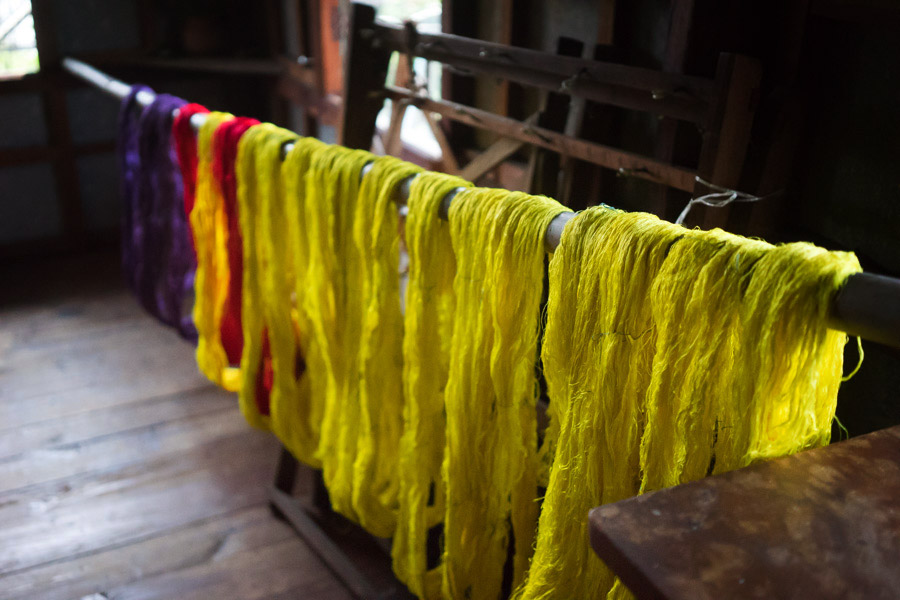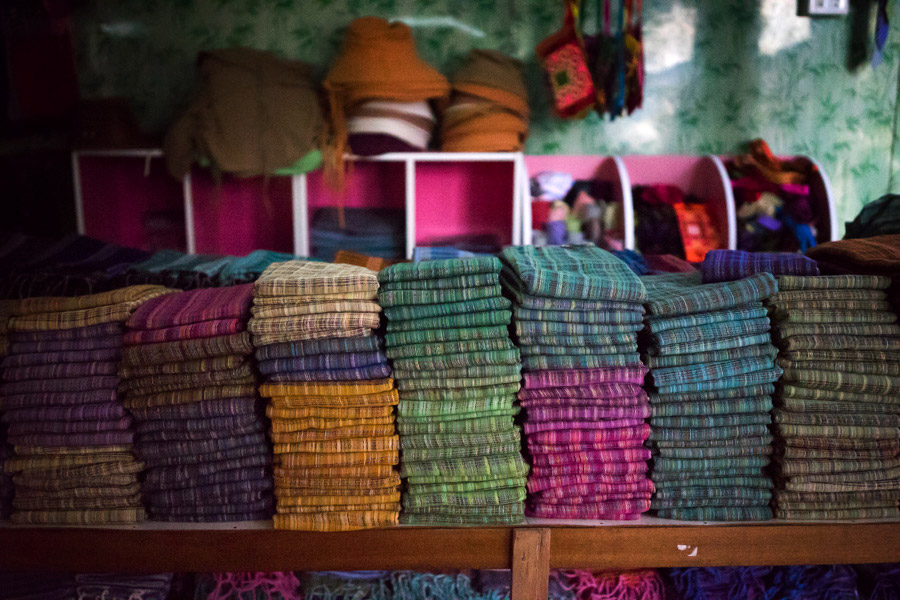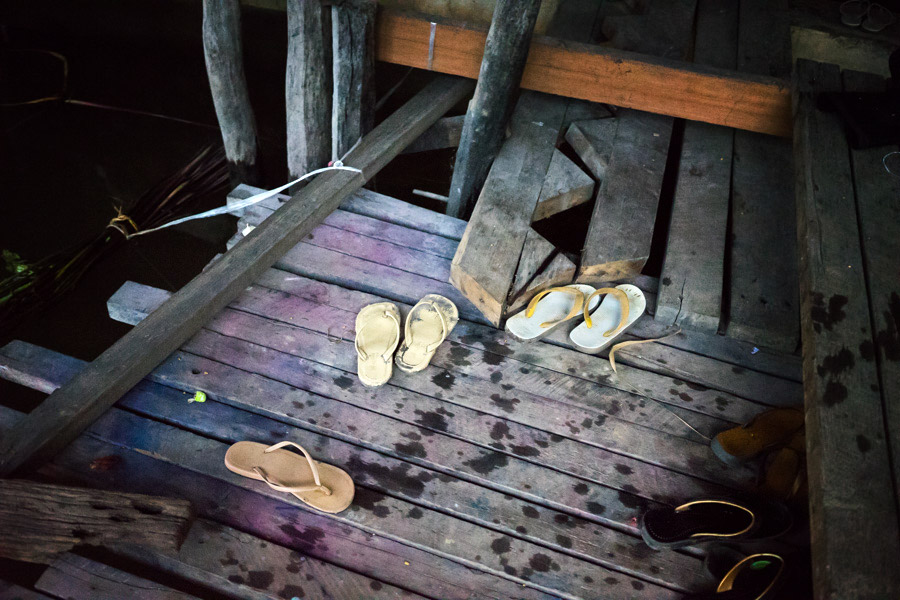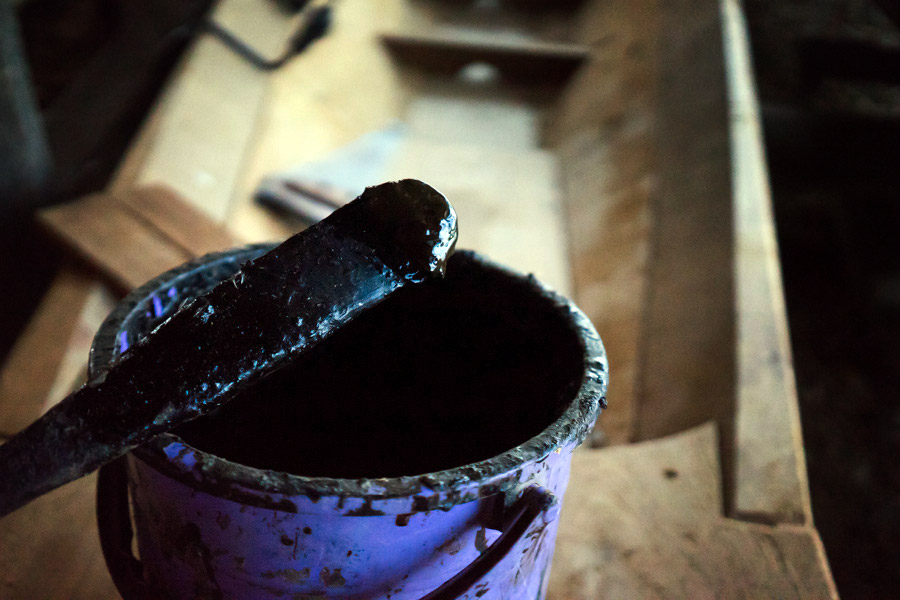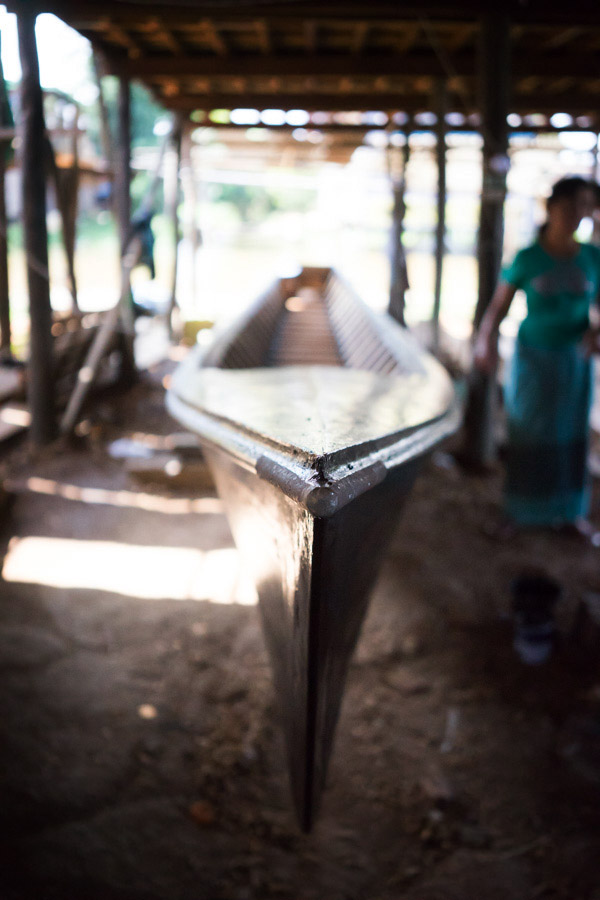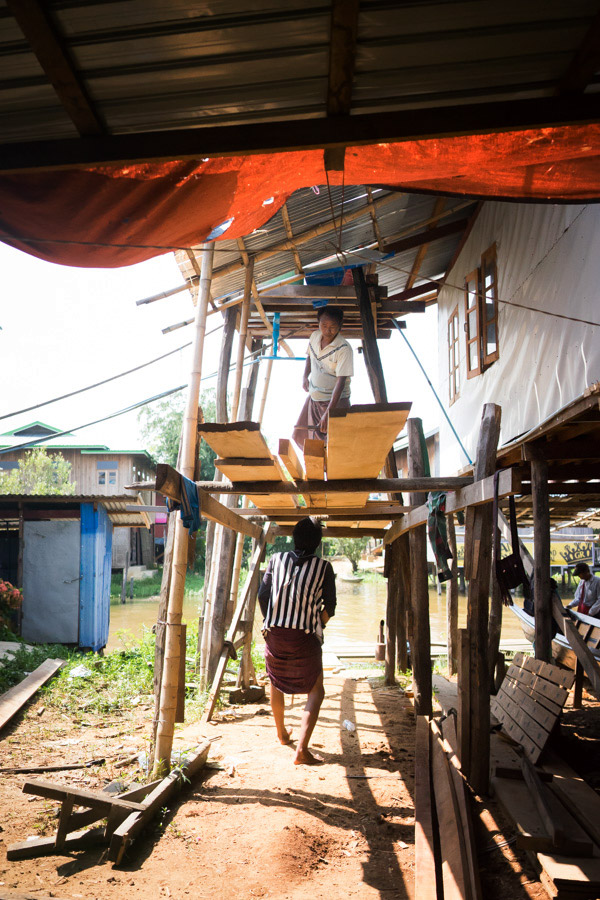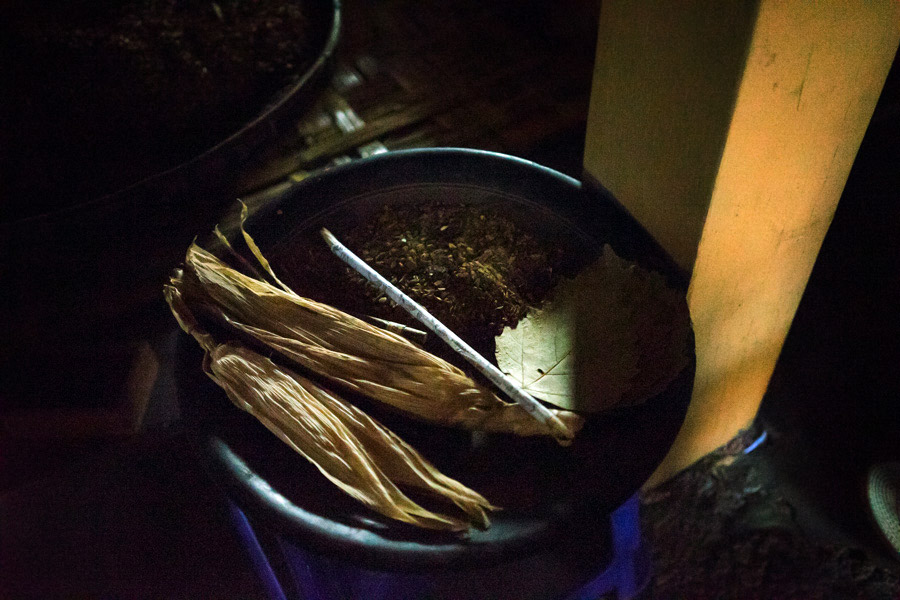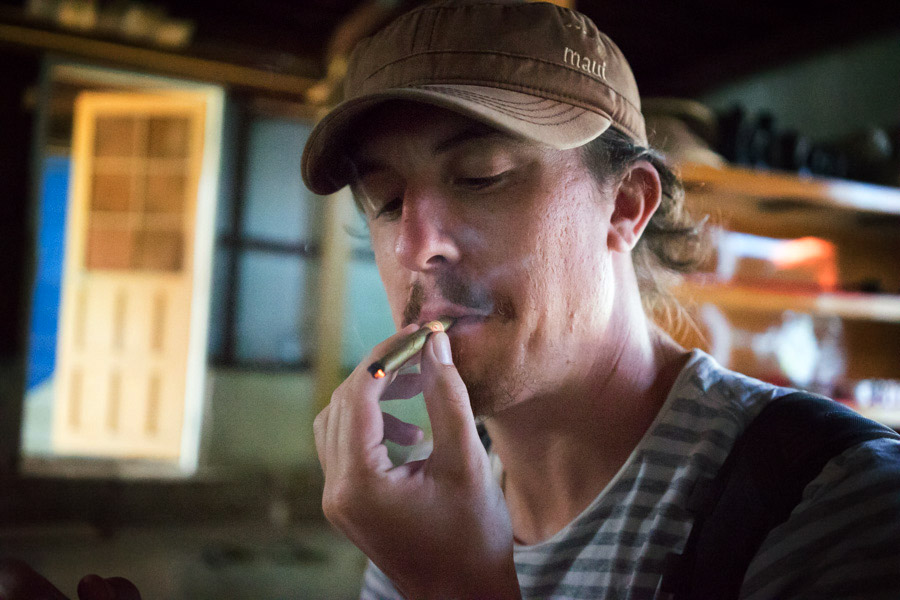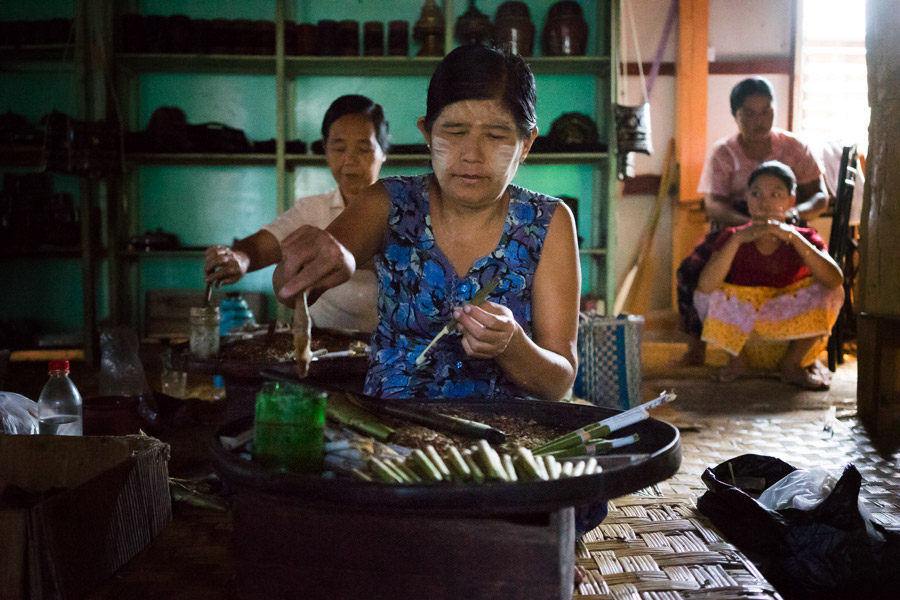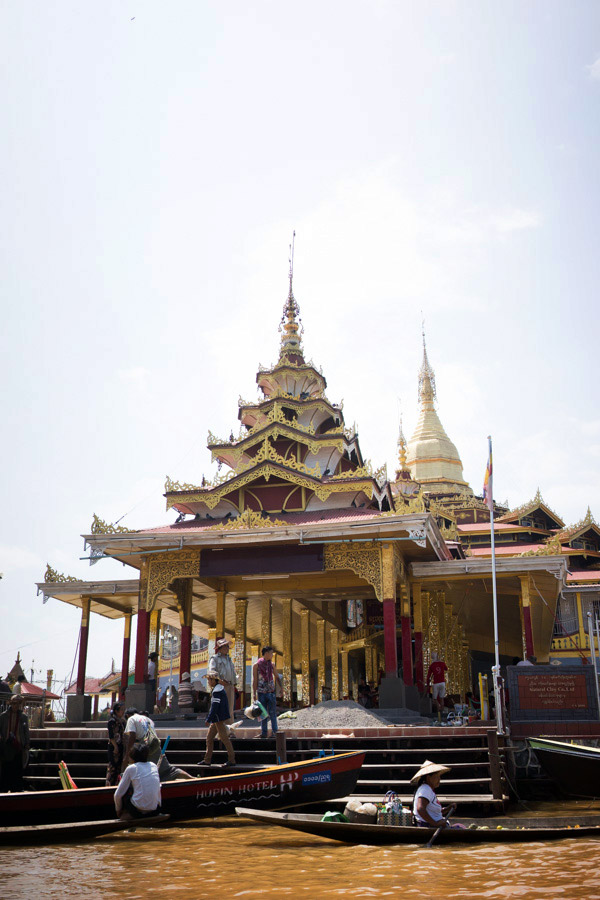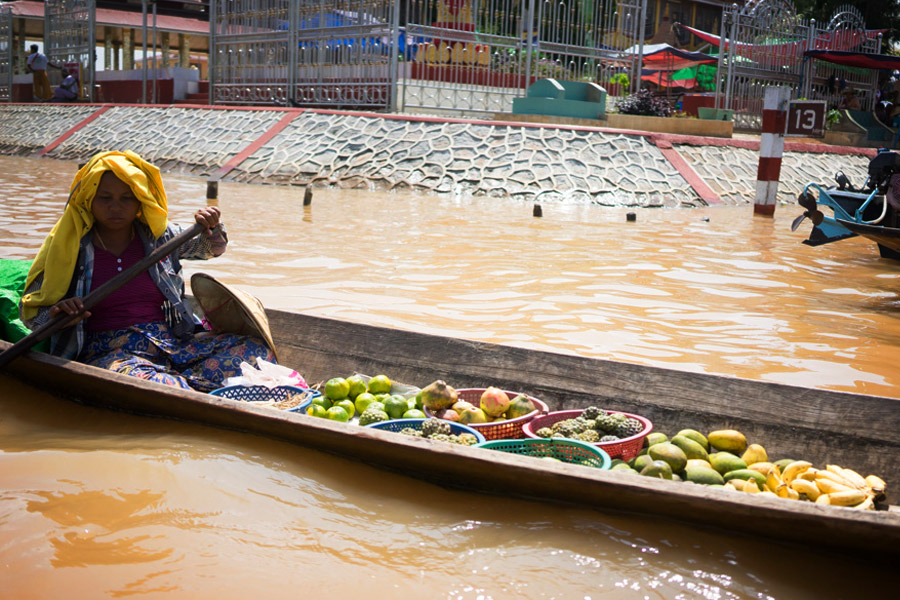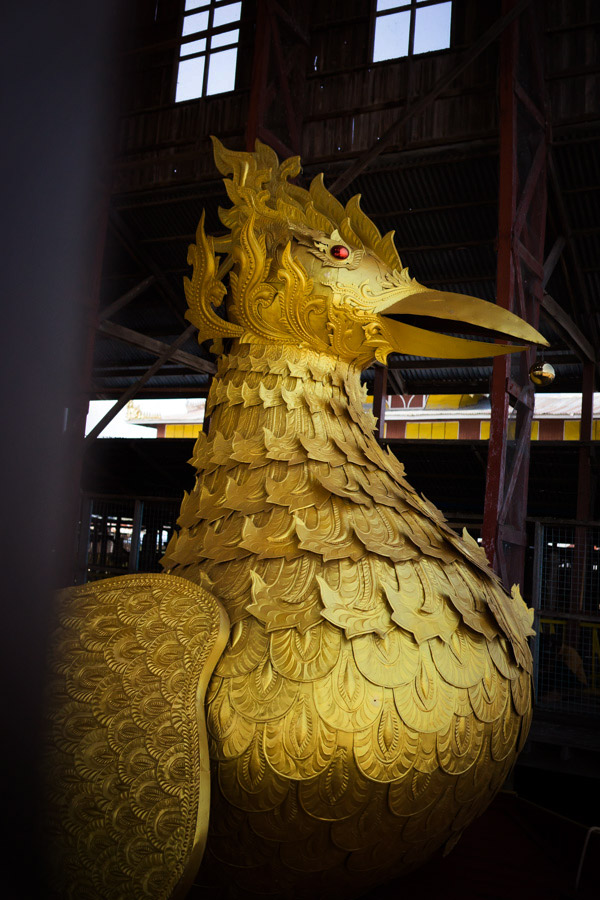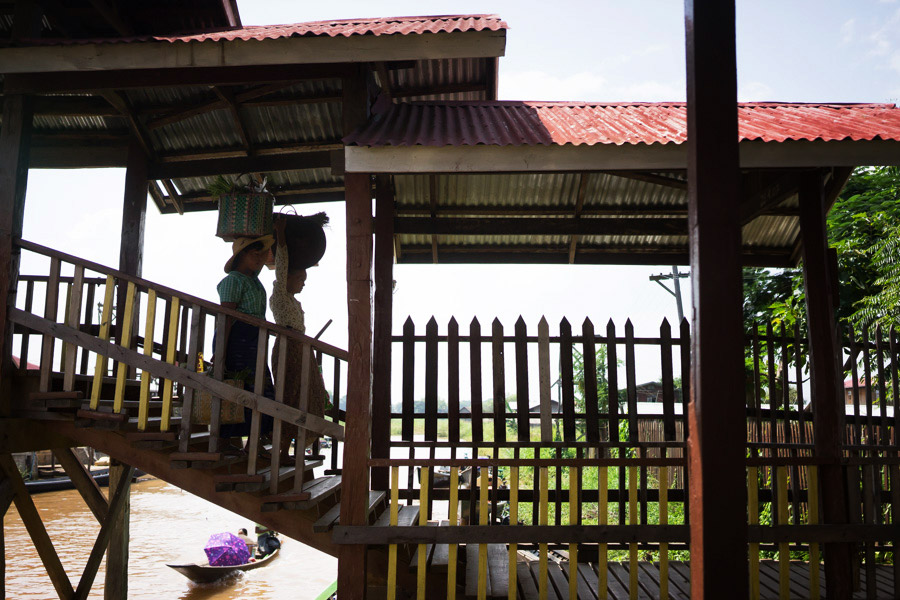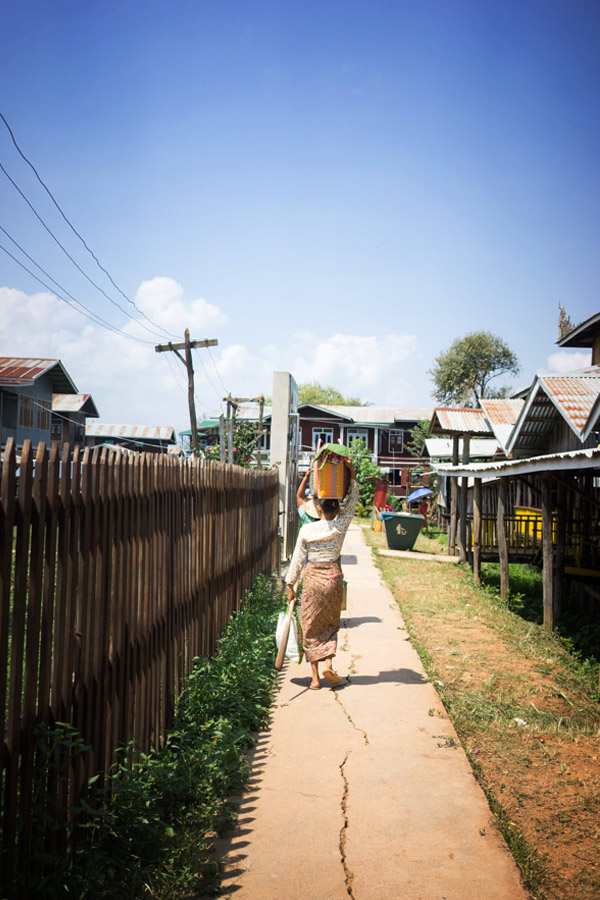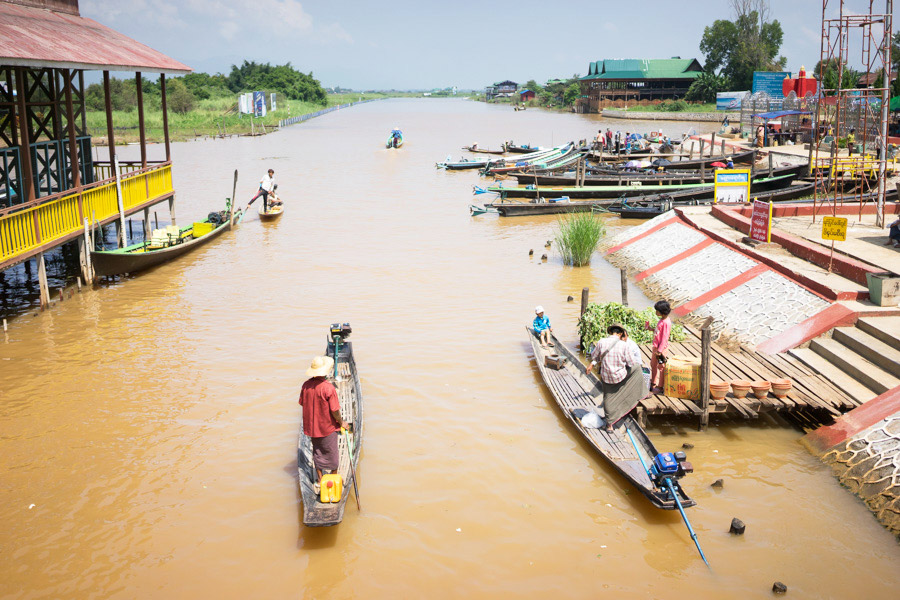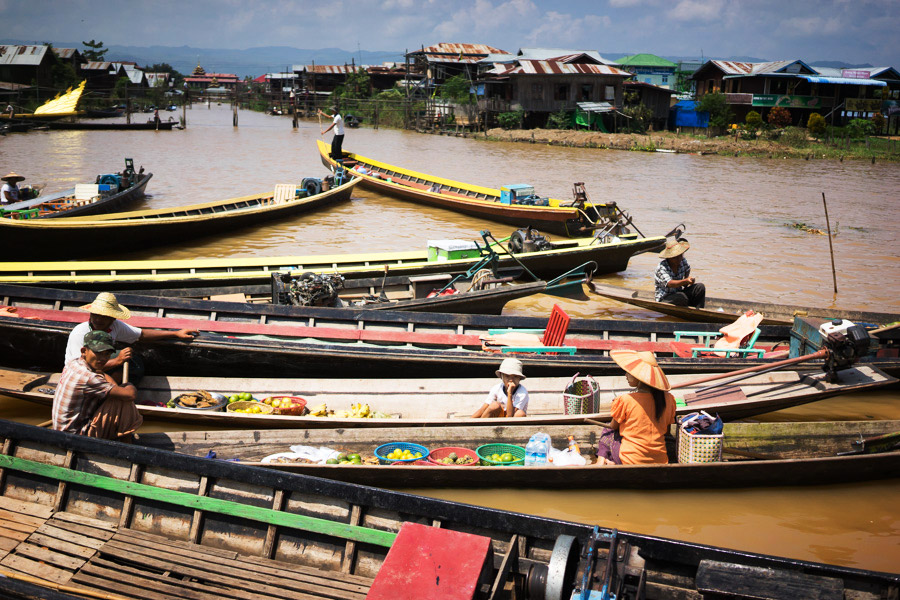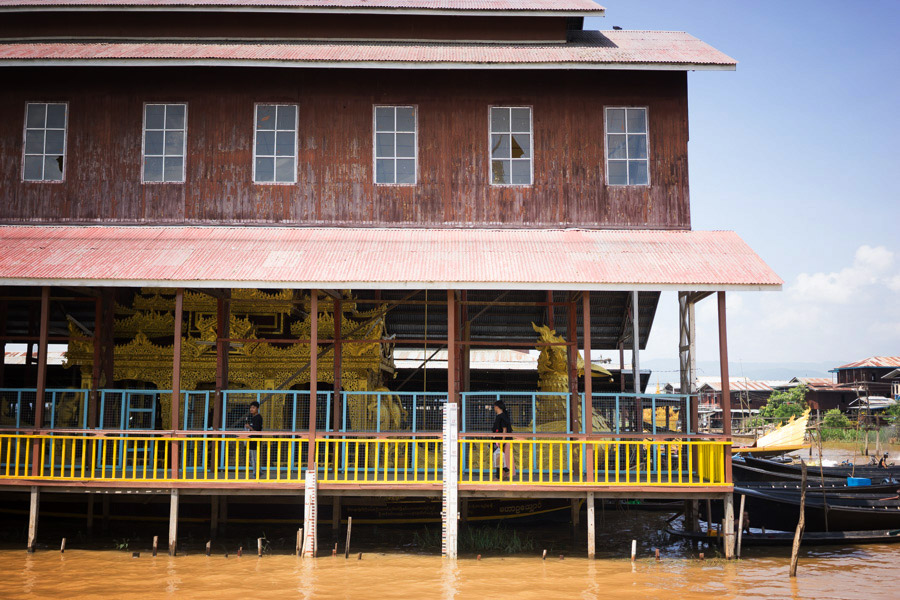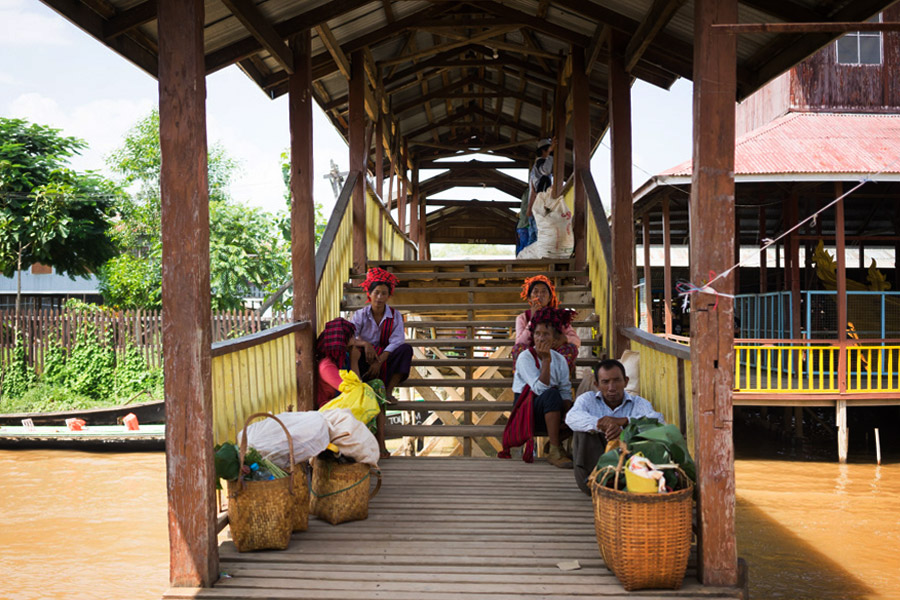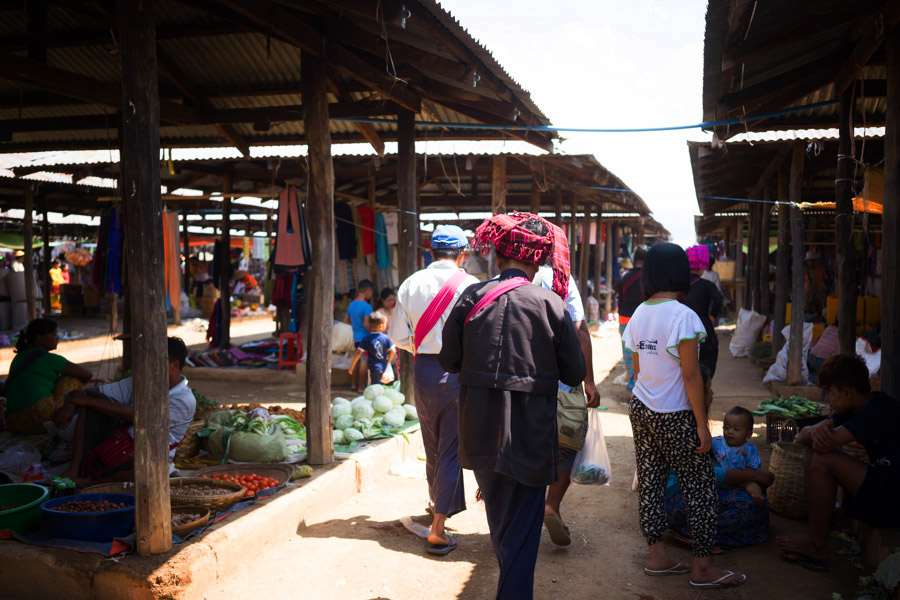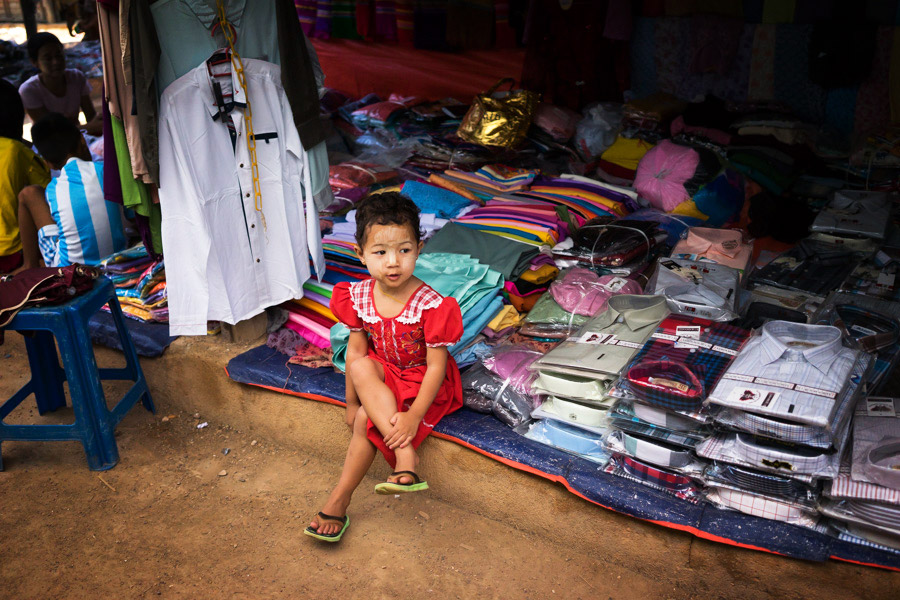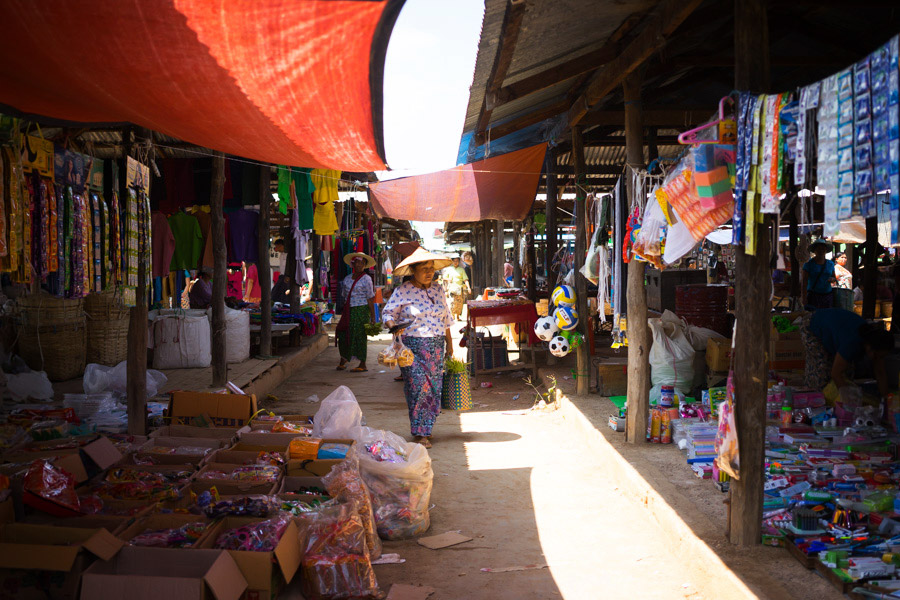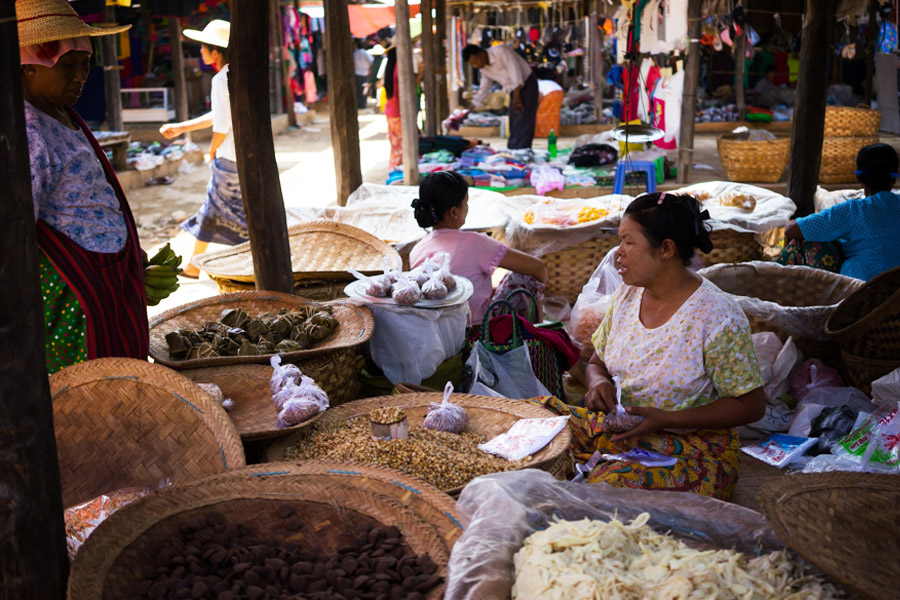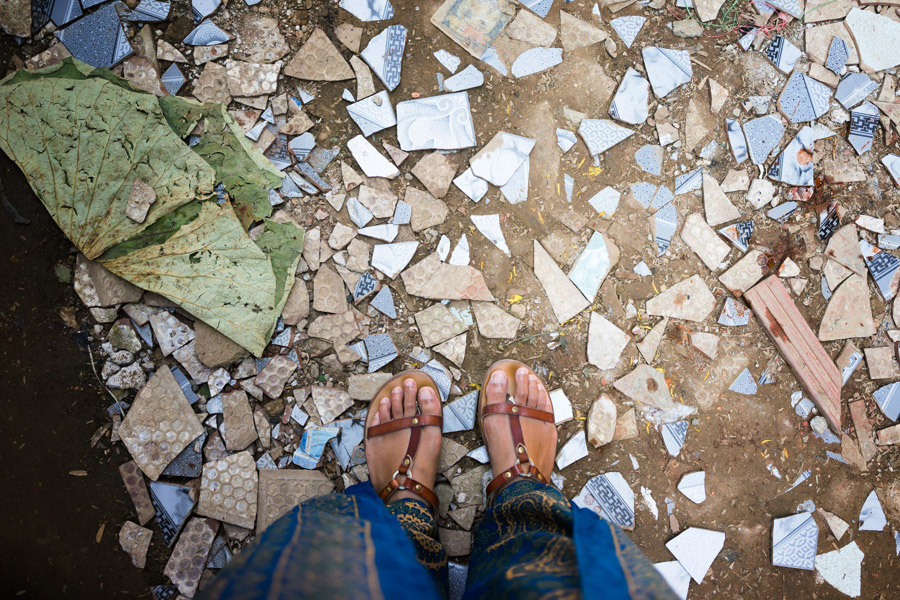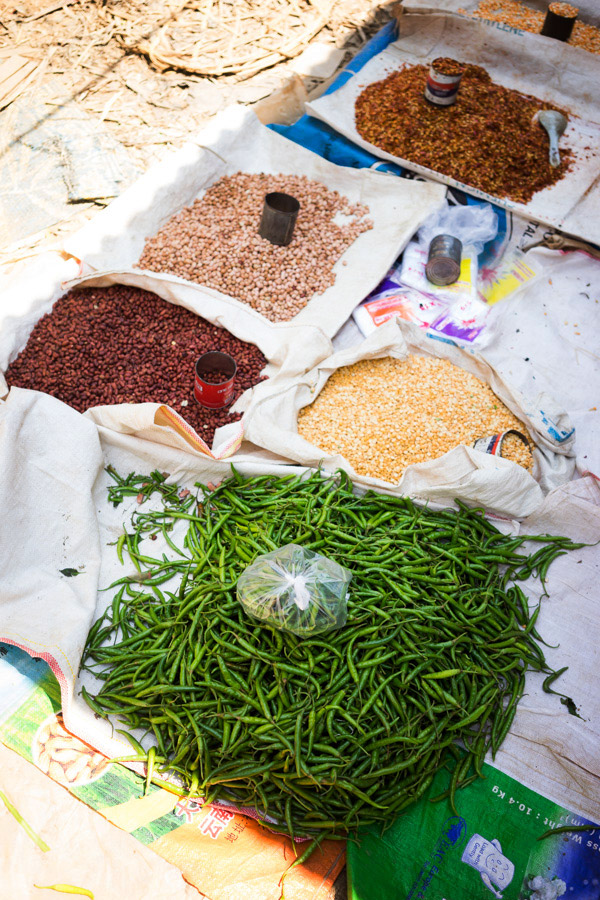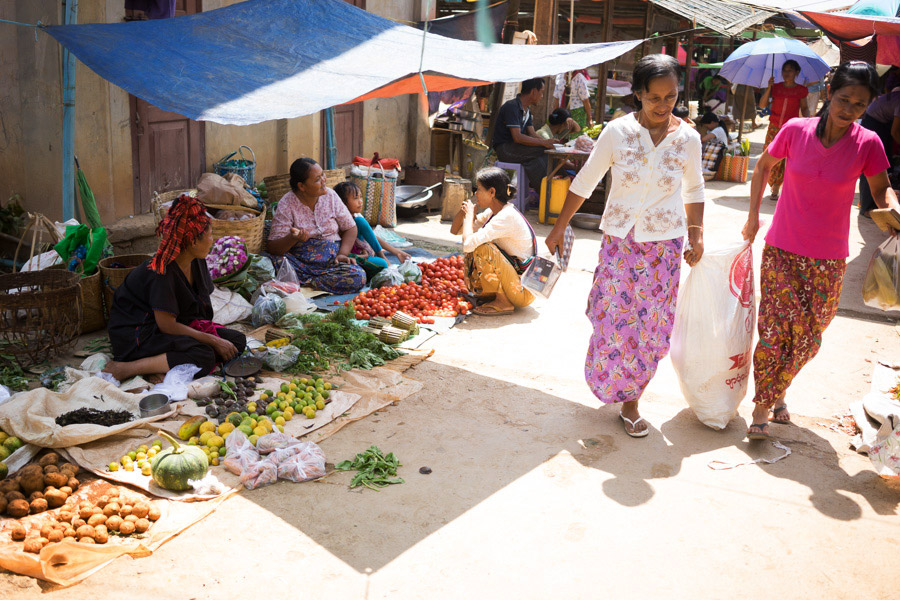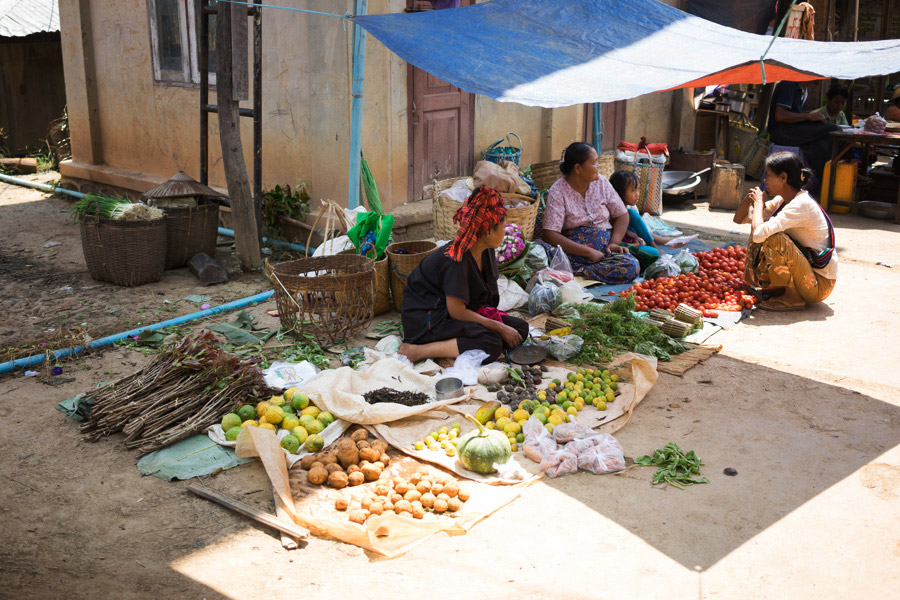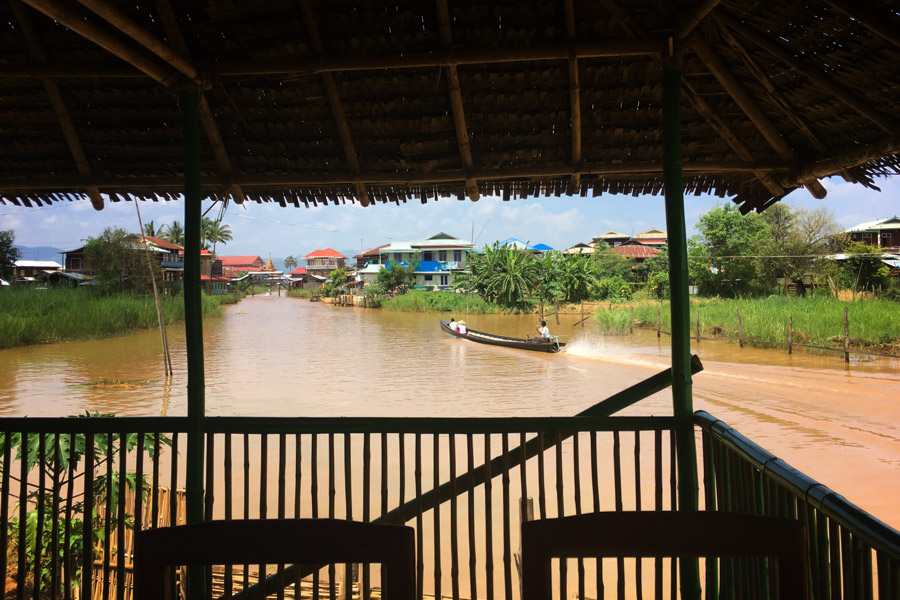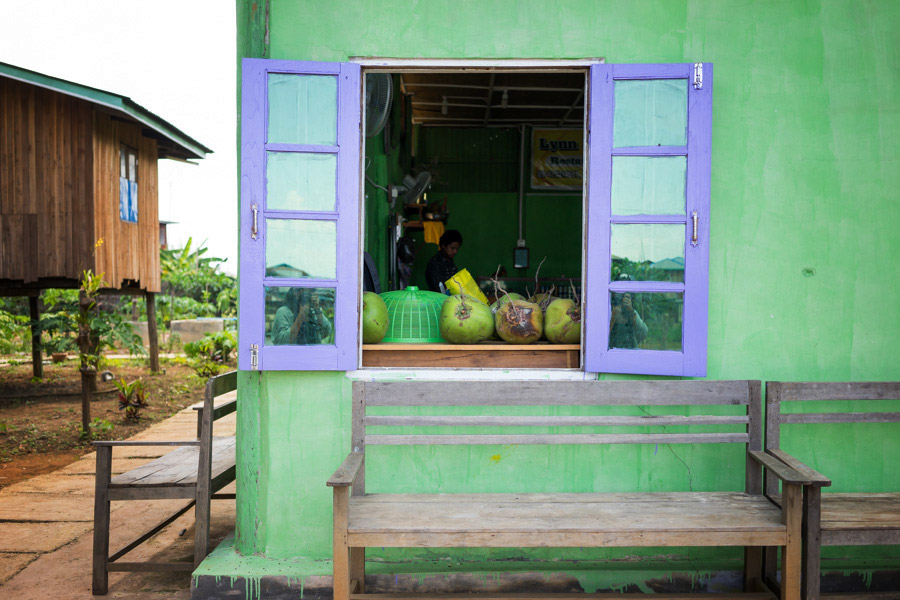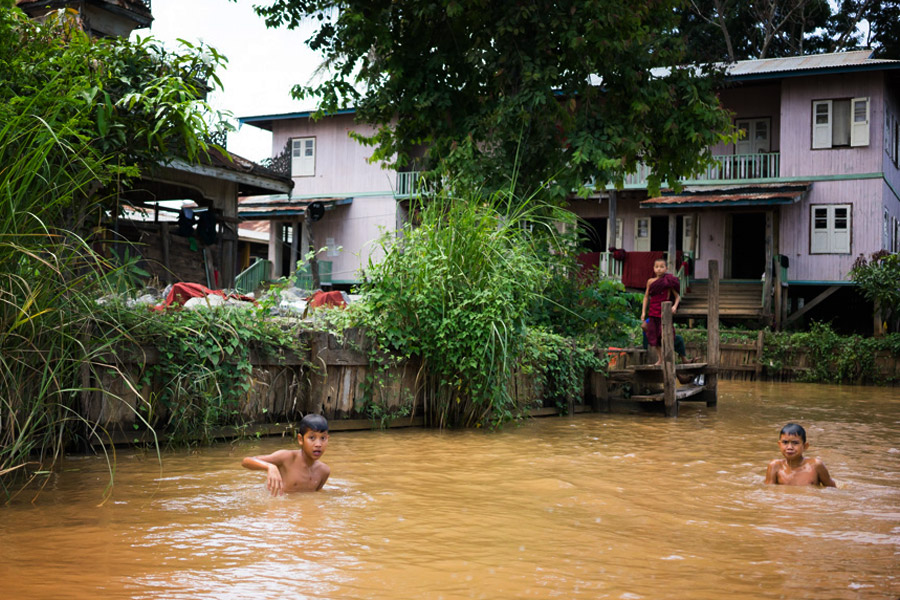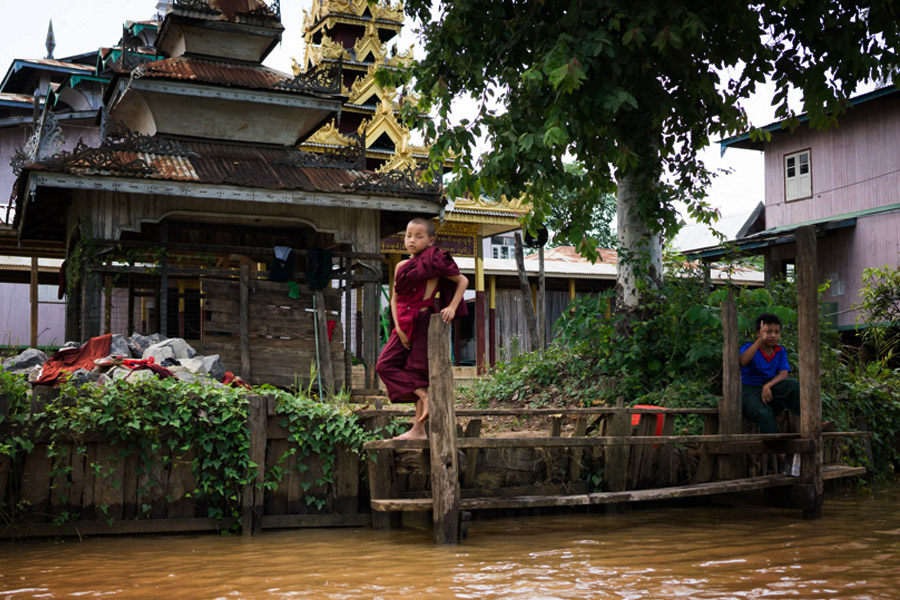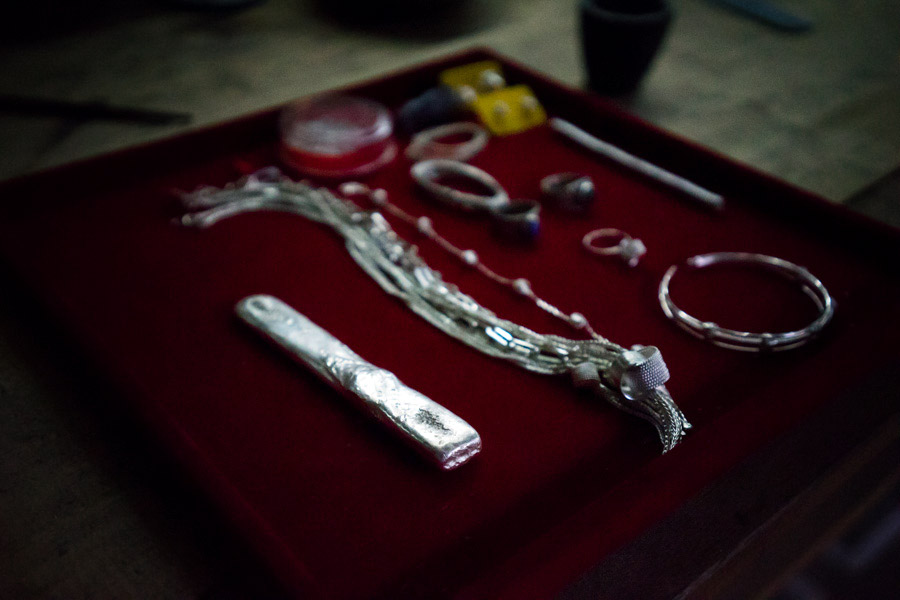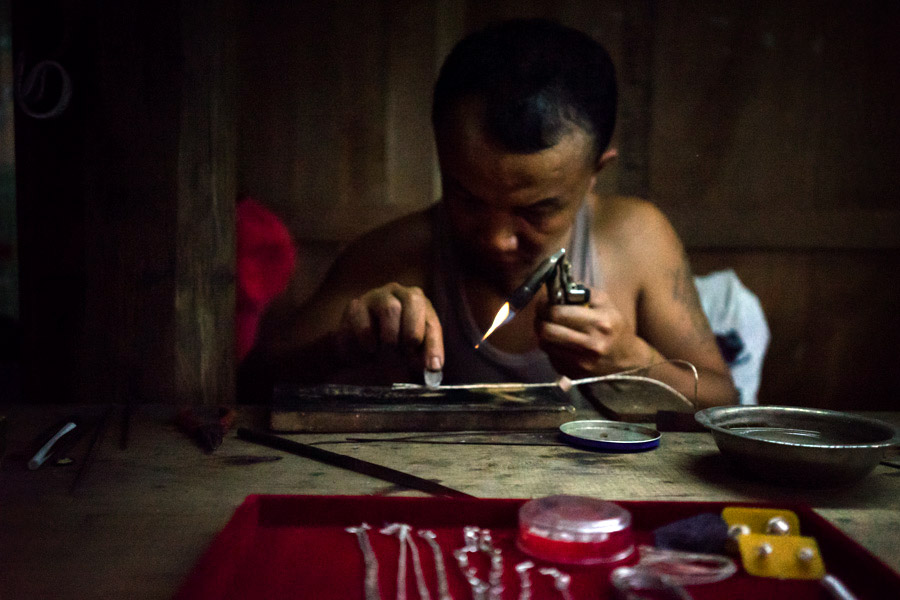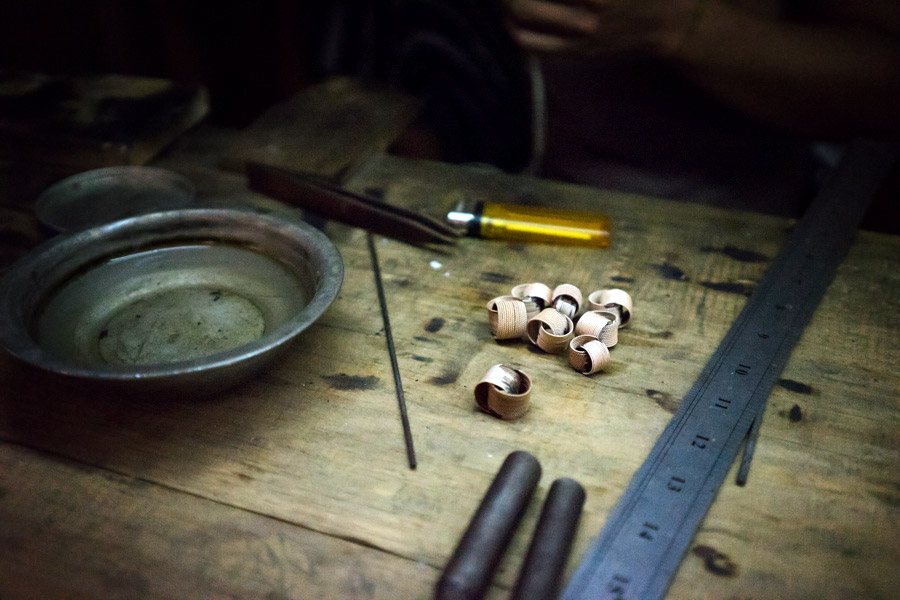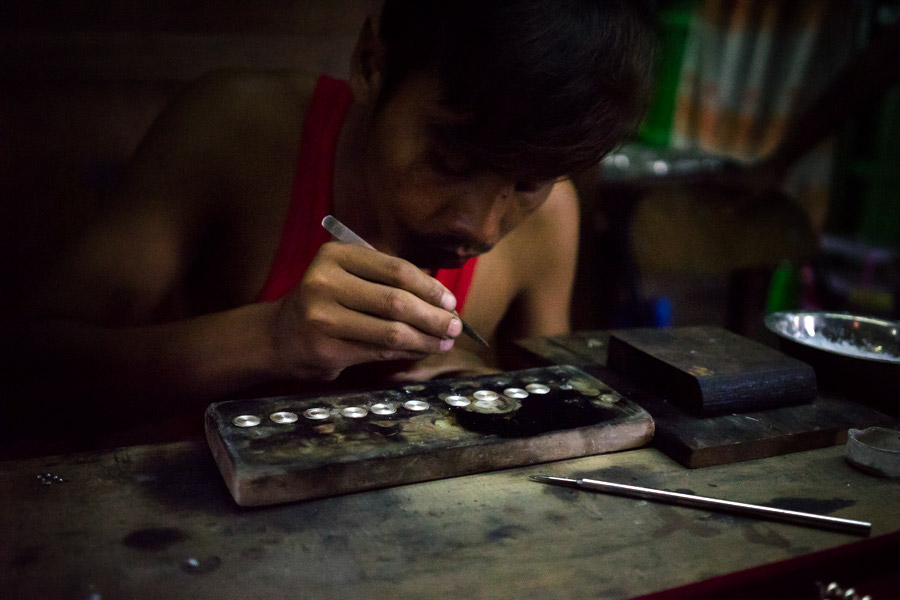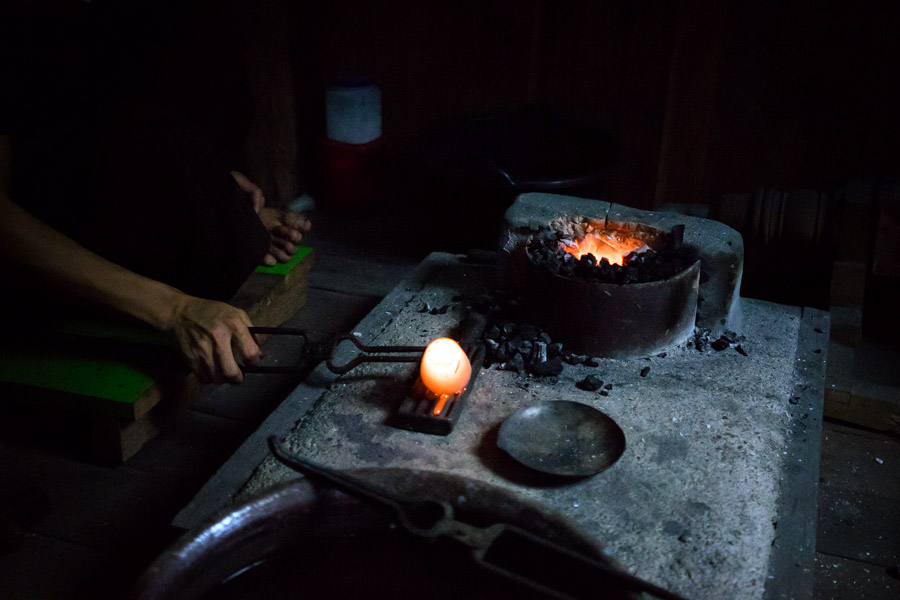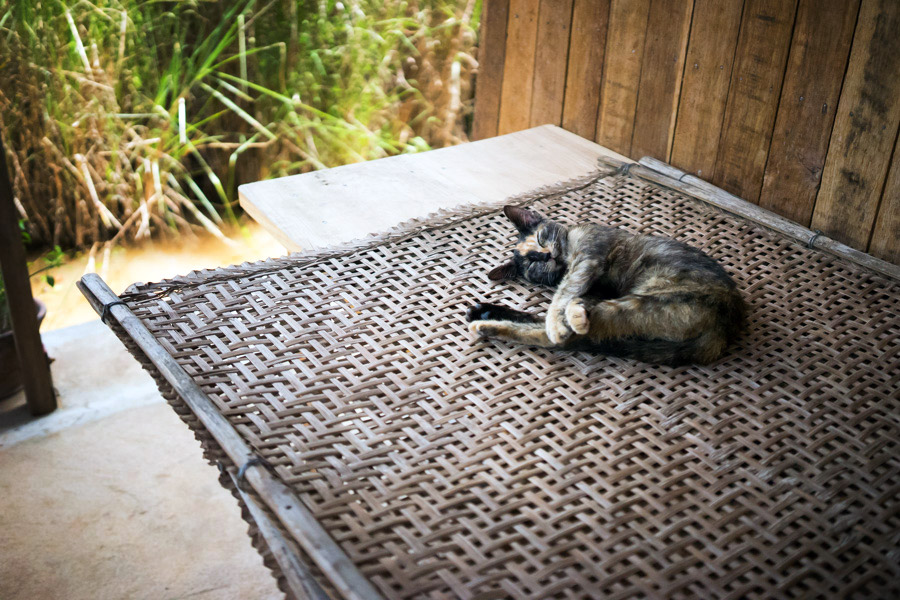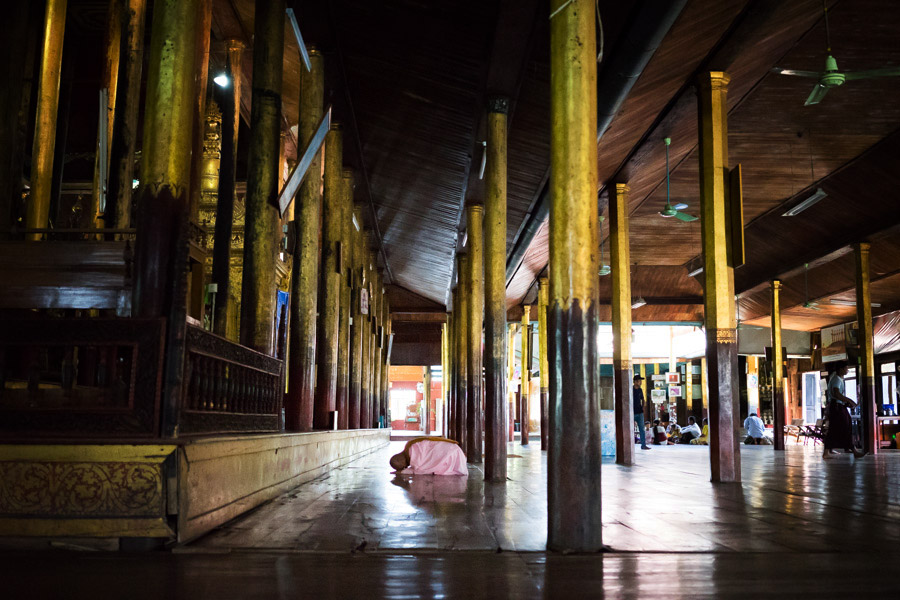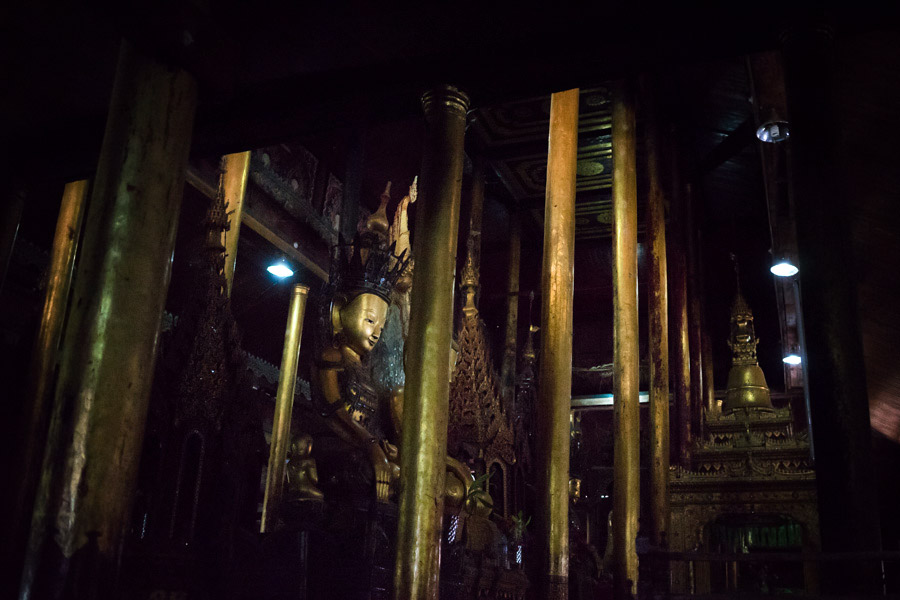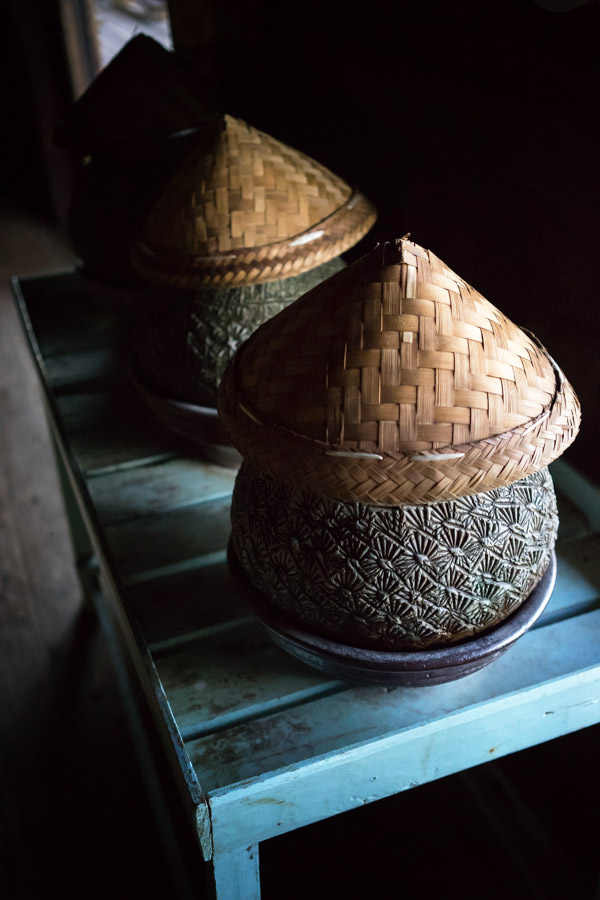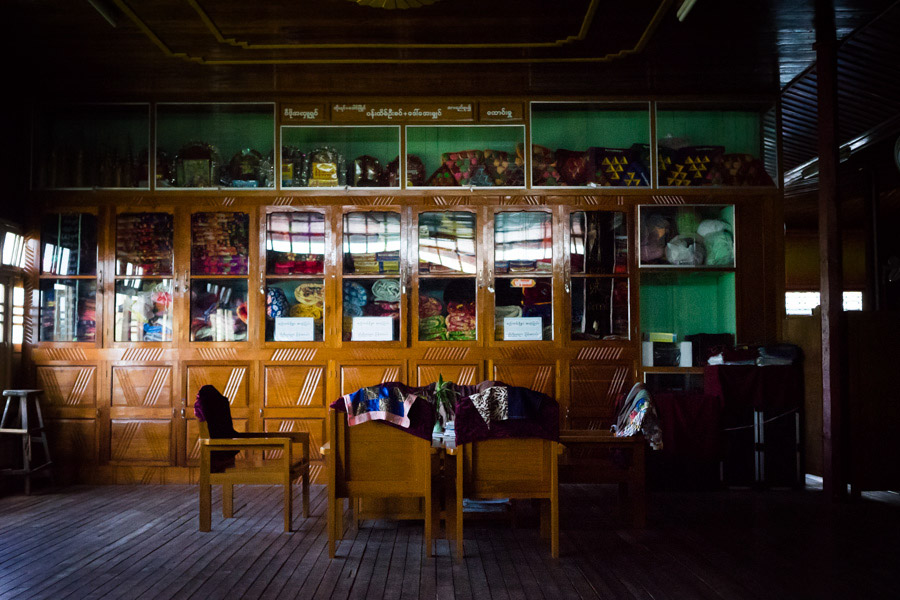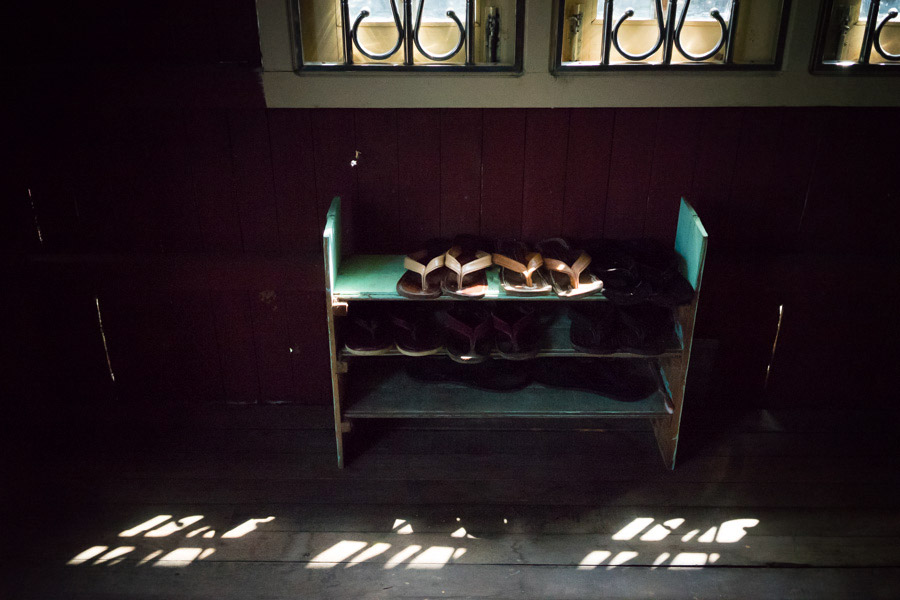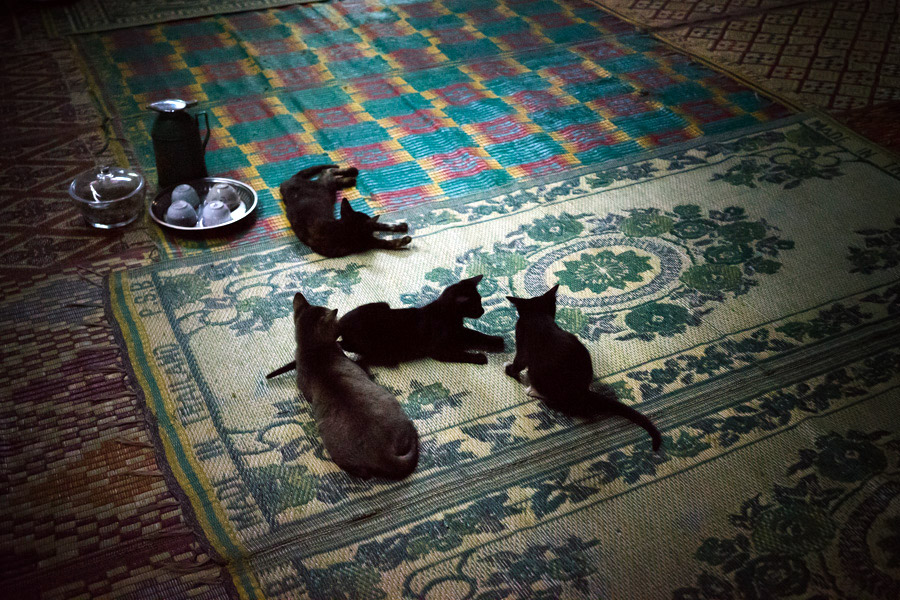Talvin Singh - Ananta
Arriving in a new country is always something. Excitement and anxiety, knit together, wake us up after our layover in Bangladesh. A luxurious airport fools us on India. We onboard a taxi, with a rough driver who speaks no word of English - Kolkata, or Calcutta, as it was formerly known, is not a tourist destination. After a short altercation and help from security, we manage to agree on where to go. It’s all in his hands now.
The first taxi ride is always something. We don’t quite know where we are yet or how to behave; we can’t do anything but trust a stranger. Cambodia’s was friendly and peaceful; Myanmar’s was prepaid and carefully translated; Vietnam’s was our first ripoff; India’s is an adventure in itself. If the driving was crazy in the Philippines or Vietnam, Kolkata is a mix of delirium, schizophrenia, and sociopathy. No lanes, everyone just fills the holes, swerving to their heart’s content and honking incessantly - the only driving rule I can fathom, honk when I pass you, honk back if you don’t want me to. And unlike in South East Asia, the driving is fast. If I had an inclination to try driving in every country, all hopes are gone now. But our driver is nothing short of a superhero with lightning speed reflexes as he swerves his car around every car and every corner. We’re in a small yellow crappy taxi version of Harry Potter’s bus.
But India is always something, as we soon figure out. A night at the Sunflower Guesthouse and we’re off to visit Kolkata in only a day. A large breakfast replaces the missed dinner and then we board another yellow taxi. Our first stop is the Flower Market. “Why?” he asks. Maybe a question we should have taken more seriously.
The driver stops a short walk before the market, maybe ten minutes, but those will be the most intense of our day. Kolkata shows us its poorest side, living on the banks of the river, as we traverse a slum amongst curious gazes. Madie is being stared at intently by the many men. I stay close to her, staring back at whoever spends too long looking at her. Roaming dogs and dirty geese share the puddle of mud on the side, in between trucks and buses on their second or third life. The houses are a single hut, with an open fire sizzling the upcoming lunch.
The Mallik Ghat Flower Market looks much of the same with the addition of bright, colorful flowers, many festively strung together as garlands for ceremonies or celebrations. The environment is hypnotizing; a completely different place than we’ve ever been - we are so far from South East Asia. My senses are on overload, with a million things to see - displays of flowers by shirtless men, large stacks of unsold, rotting ones, bees buzzing about; a million things to hear - tight crowds discussing prices, amongst porters wanting to pass through; and too many things to smell - a mix of flowers, armpits, and fried food.
We walk down the streets, managing to cross safely. Buildings are worn down, sidewalks so filled with stalls we have to walk on the road, amongst the many, many other people. Anywhere we look, we can see a hundred people or more, mostly men - we will learn later that the women usually stay home. The honking is omnipresent, to a point where we get used to it and tune it out. The traffic jam is a sight in itself, with cars filling in every spot to gain a few inches, creating a few additional lanes in the process. I see an ambulance stuck in the jam, a small van with a woman with an IV in the backseat - no room for a bed, it doesn’t look like there’s AC either. I hope it’s not too urgent - no one is moving at its siren.
A simple lunch of rice, curry, and tofu for ₹40 ($0.60 cents) and two samosas for ₹10. The food is nothing short of delicious, with a depth in flavor we have been missing. The street chai in a clay cup is the perfect conclusion. We walk through the large park with no one else but a few free horses roaming around, eventually getting to the Victoria Memorial for a nice break from the buzz, with interludes of strangers wanting our picture (and us getting to take photos in return).
Another forty-five-minute ride in traffic to visit the Mother’s house, the mission where Mother (now Saint) Teresa did most of her work in the heart of Kolkata, fighting for lepers in slums. We’re happy to be in this peaceful place, learning about someone who cared deeply of unbound love to people, regardless of their religion. A meditative walk back amongst the noise of the city, before a dinner of the famous Kolkata kathi rolls and our first ration of butter chicken masala. We already can’t get enough of the food, at least there’s no beer here to add to our calorie count. At 4:30 am, we already have to leave Kolkata for Varanasi, with already so much experienced in India. This was only day one.
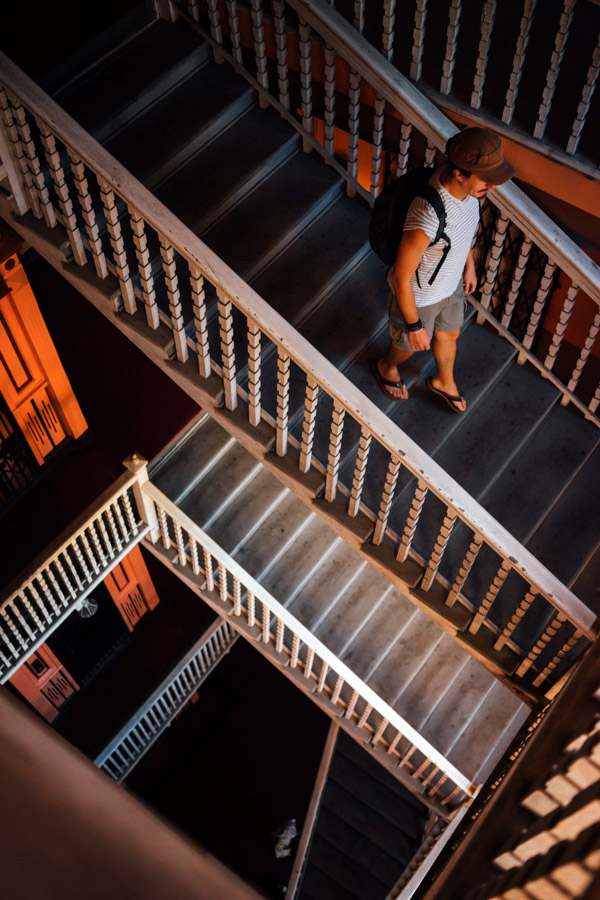
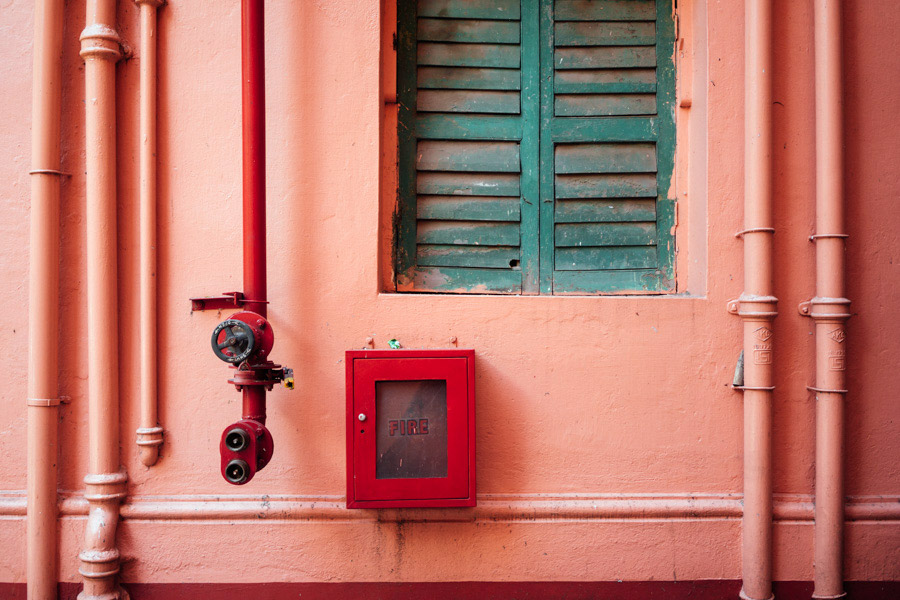
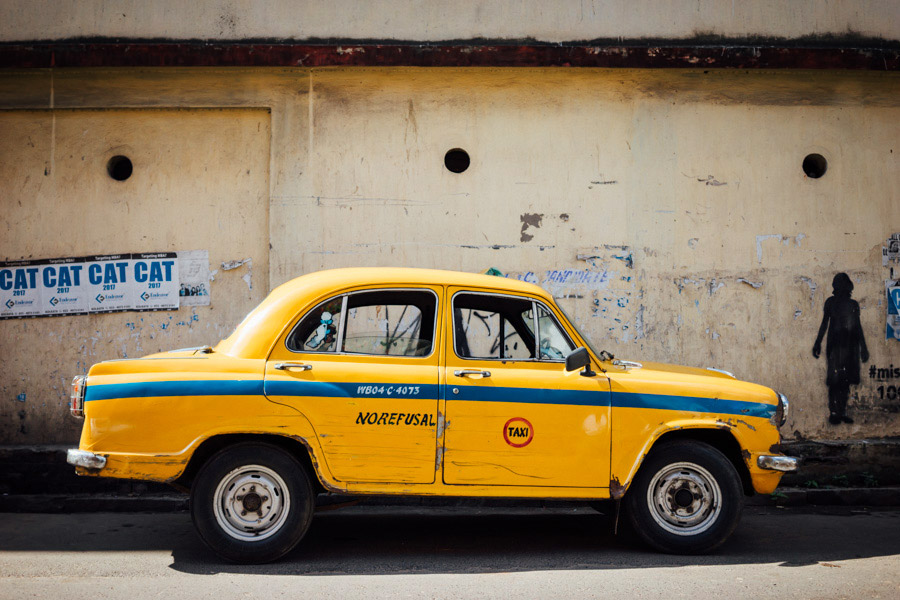
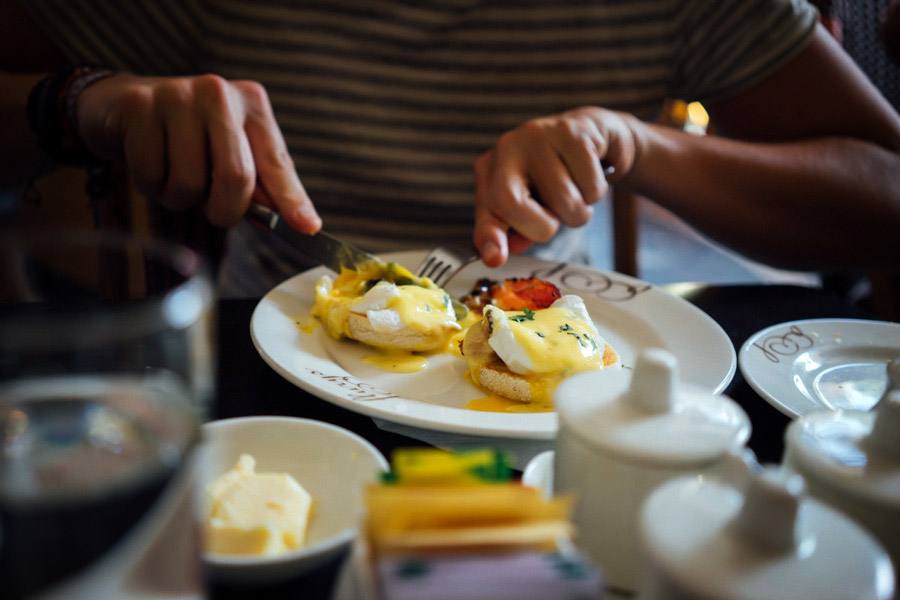
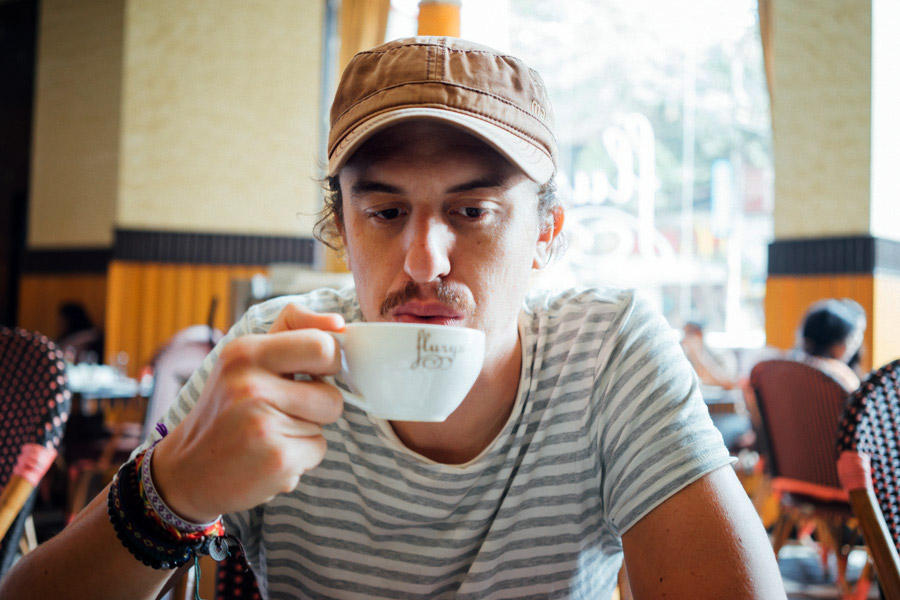
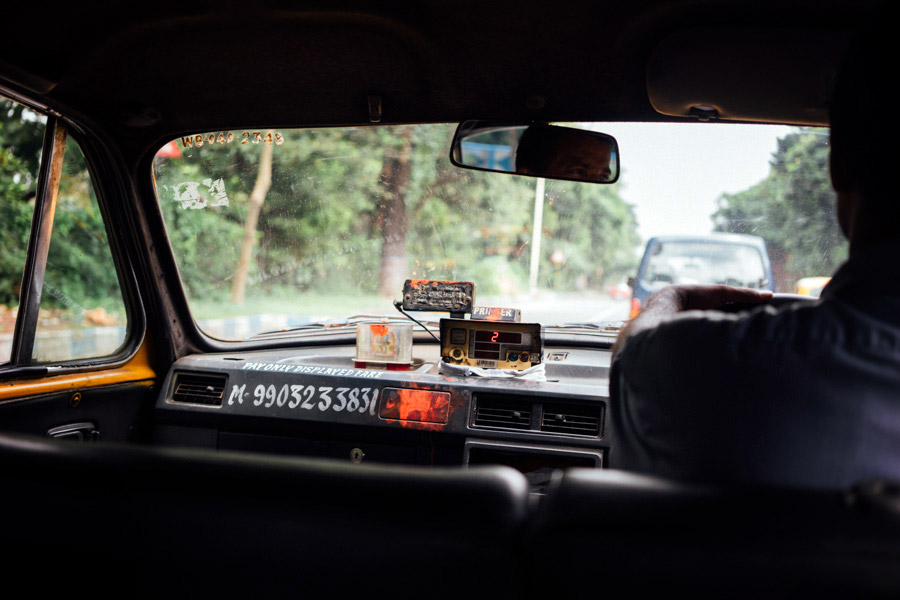
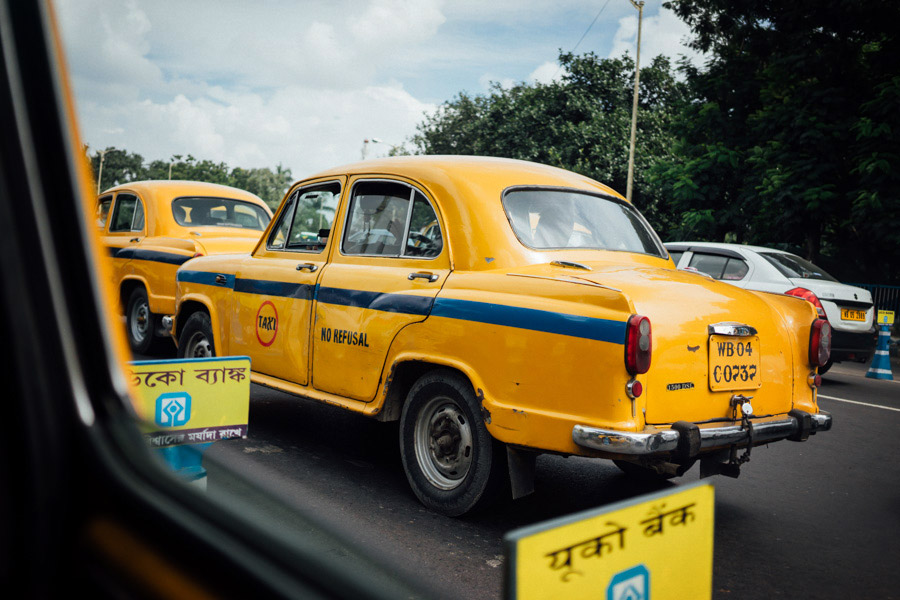
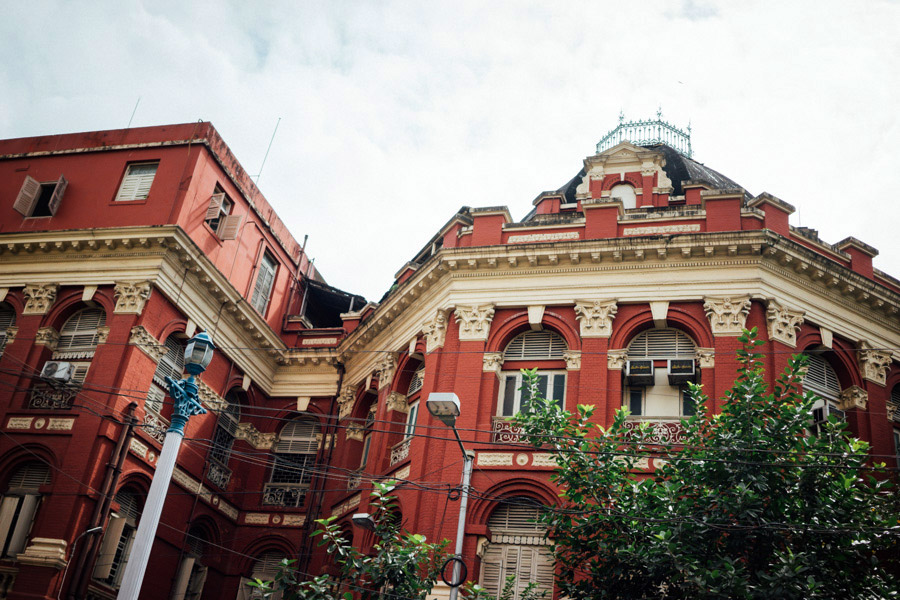
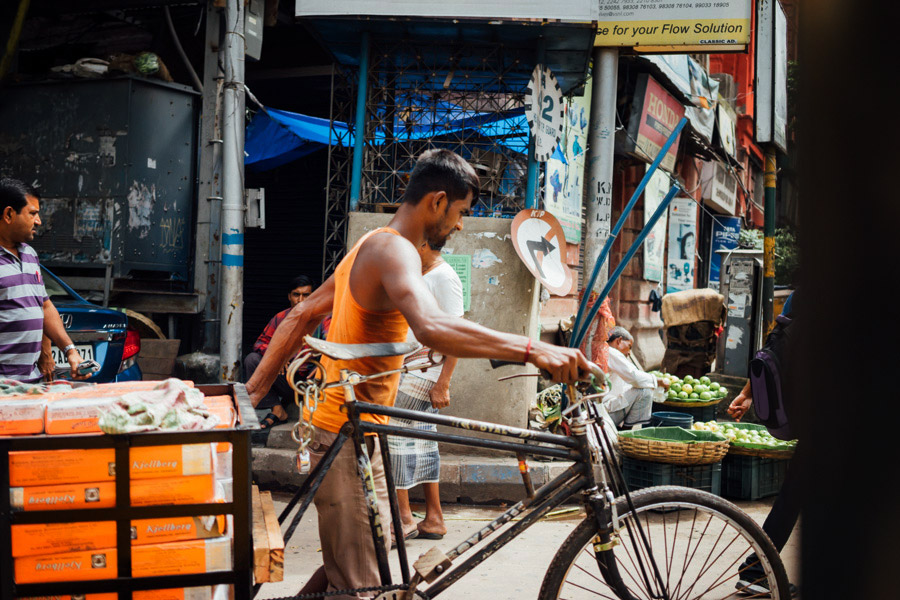
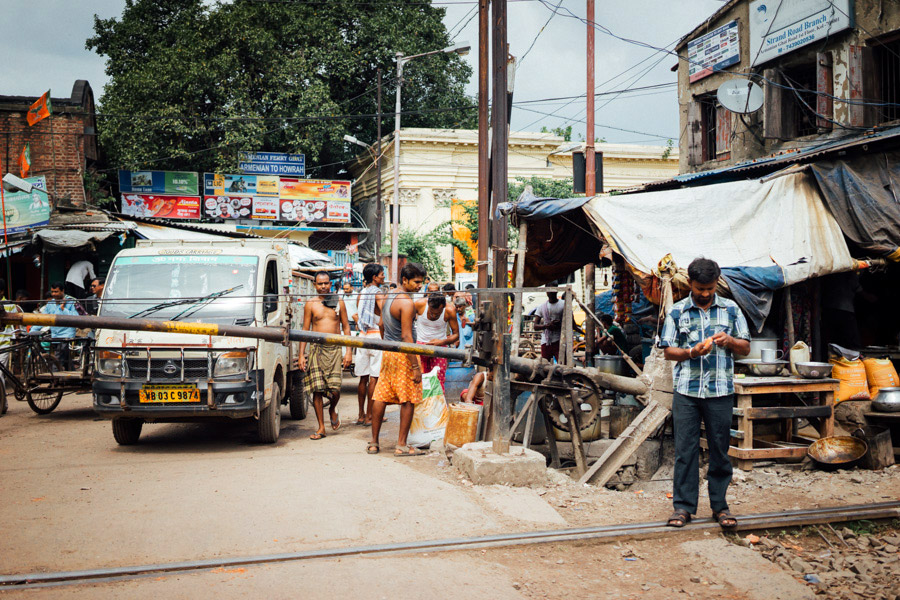
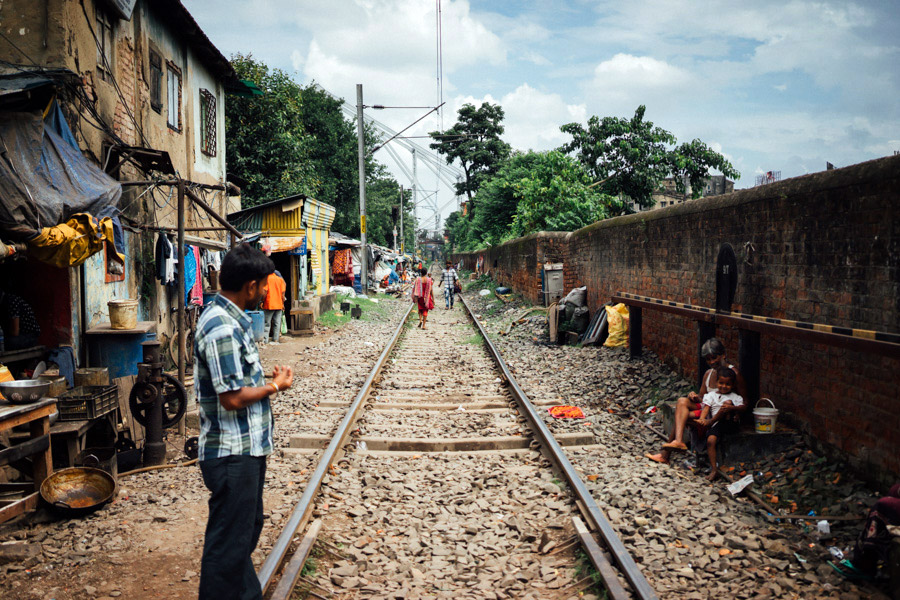
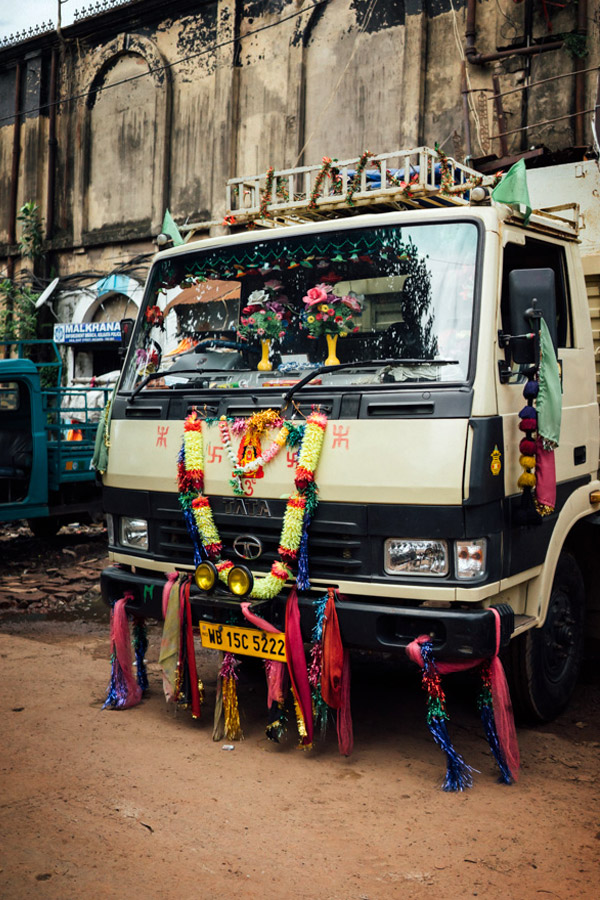
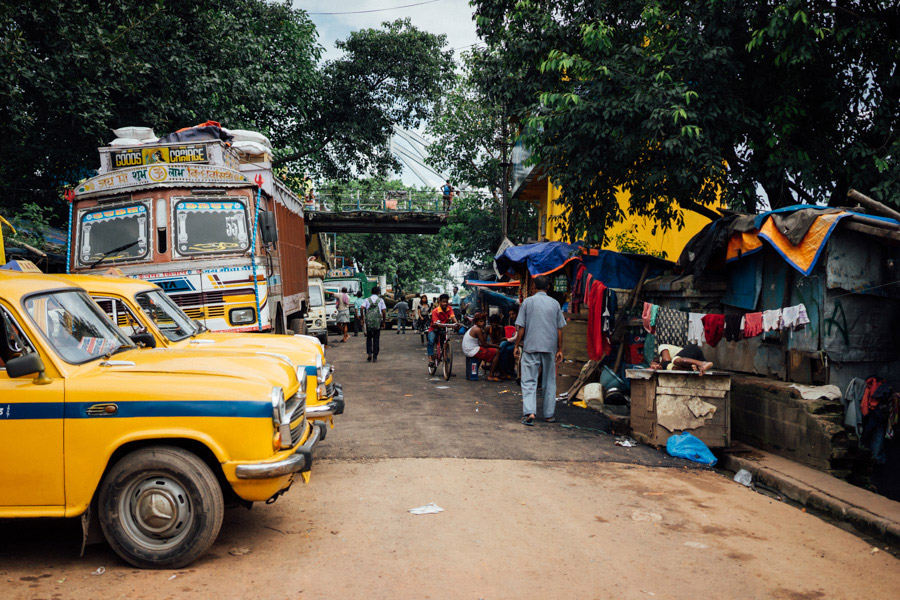
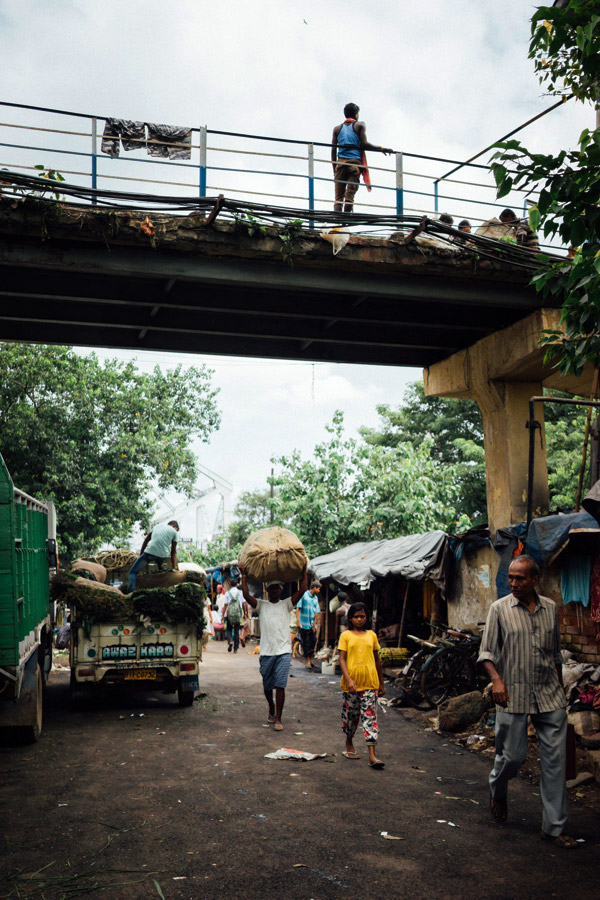
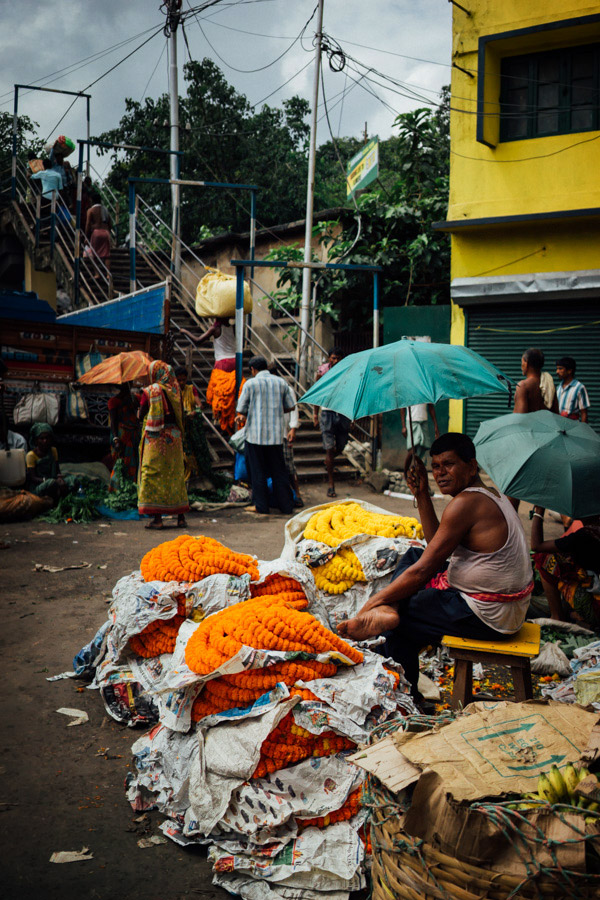
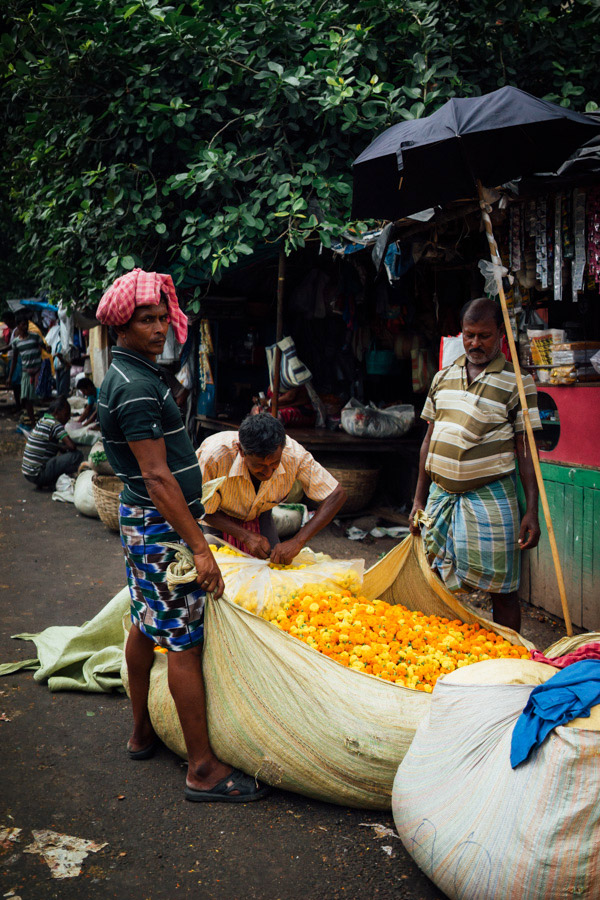
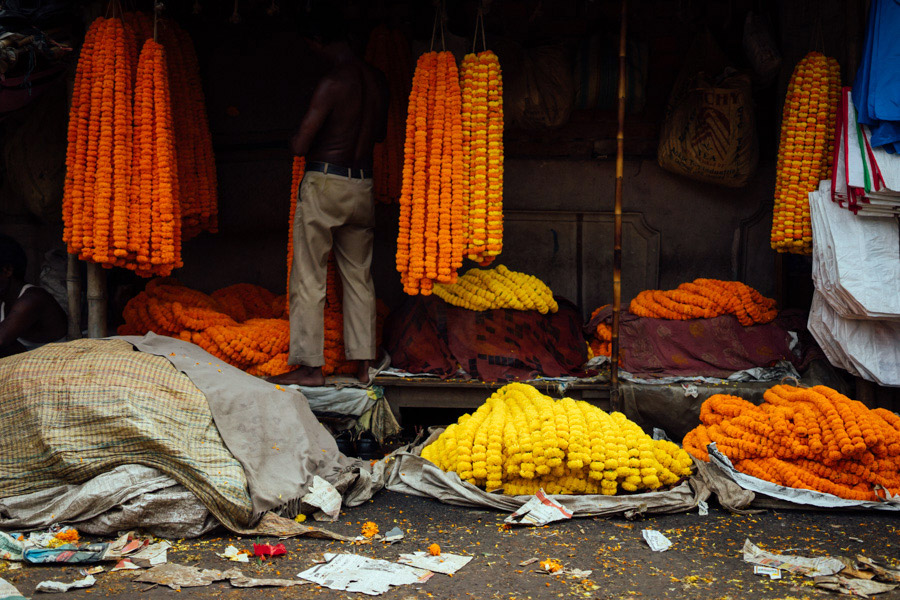

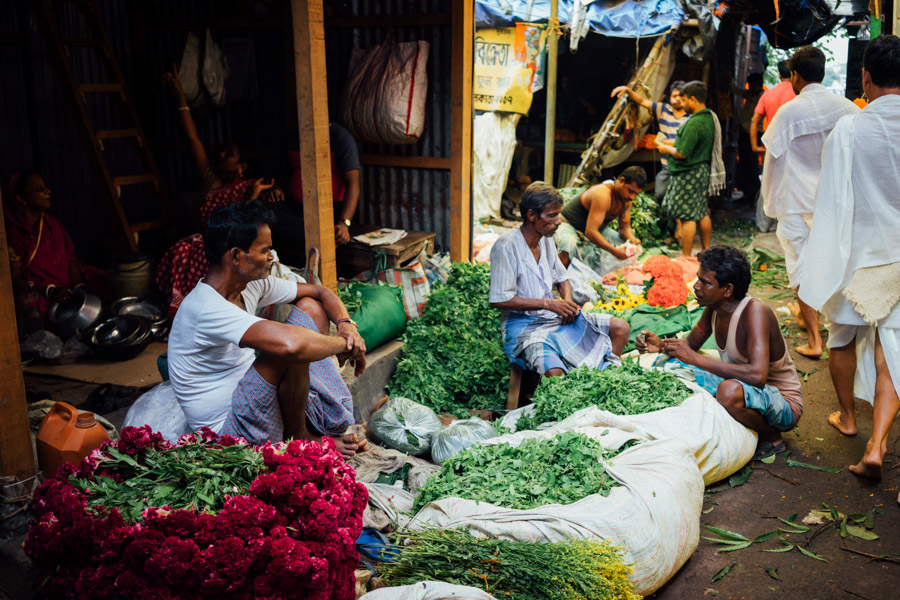
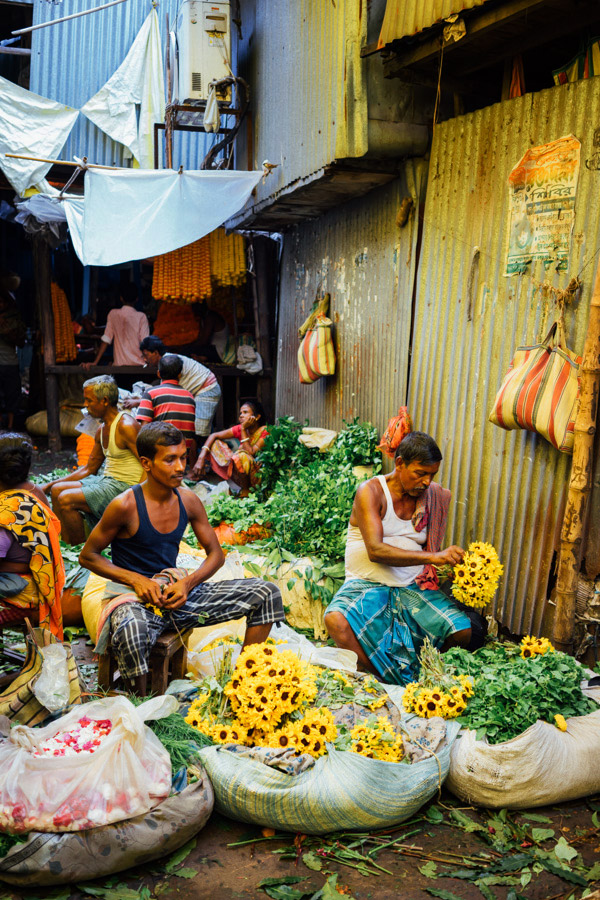
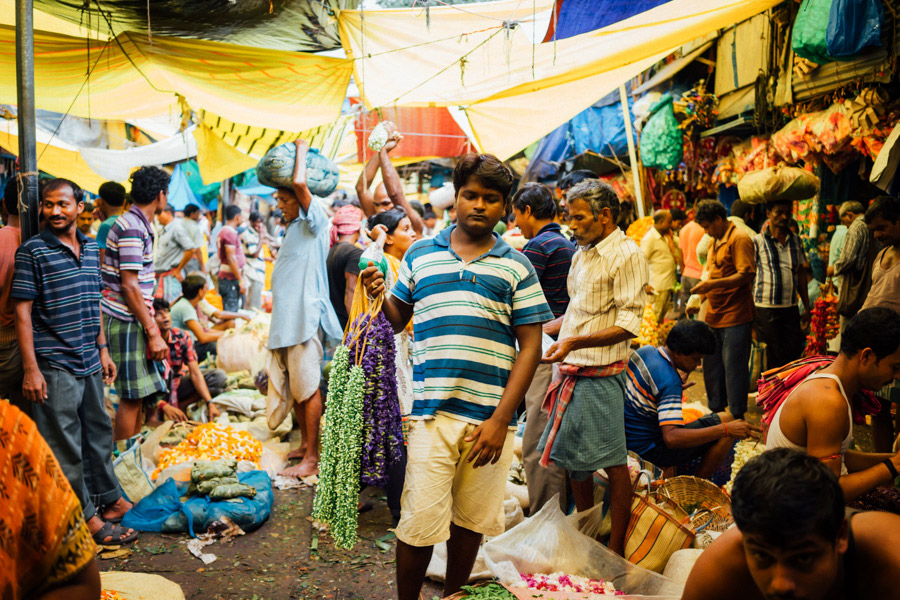
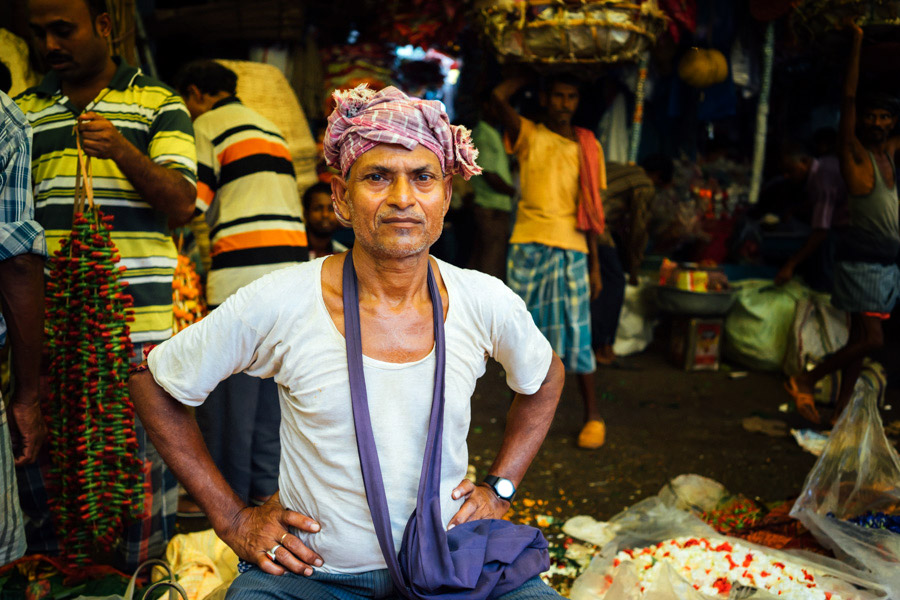
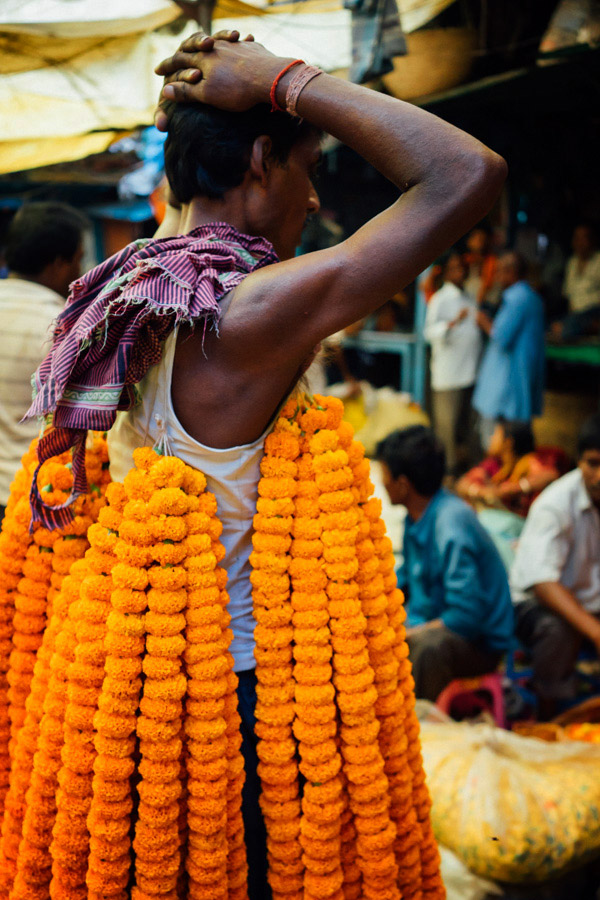


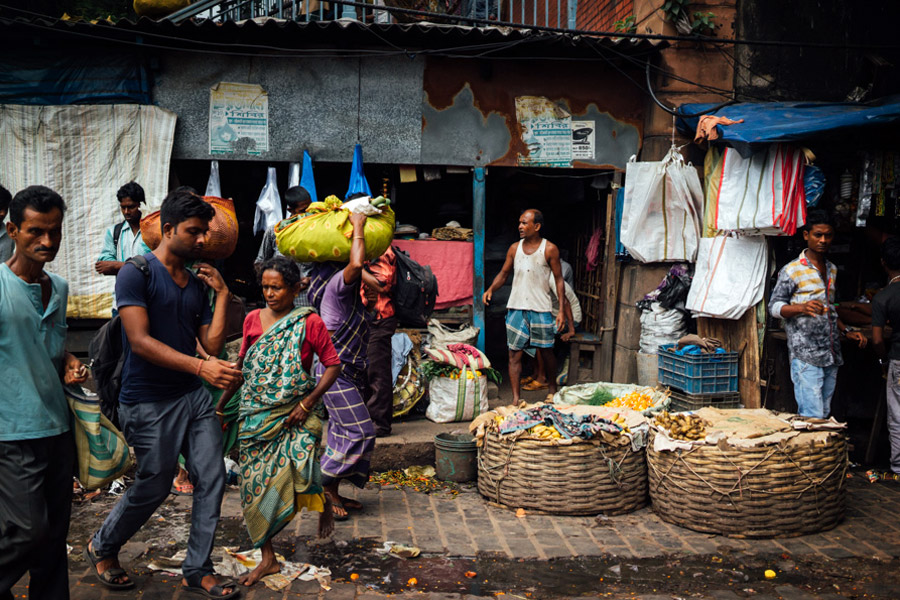
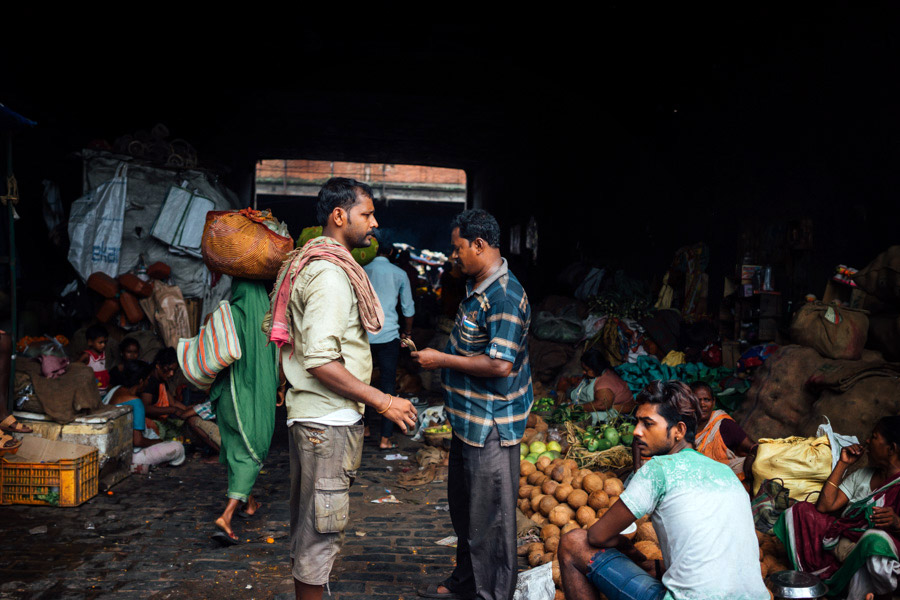
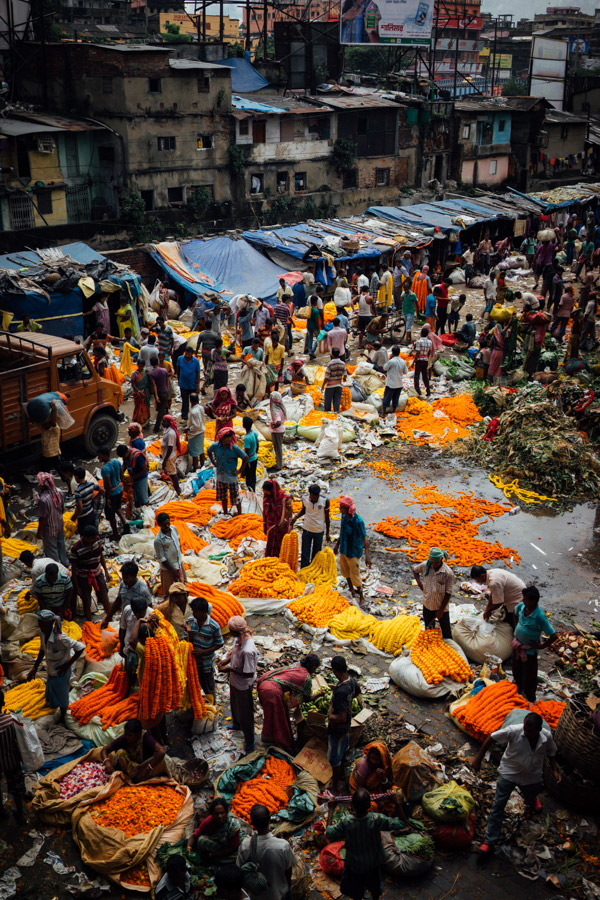
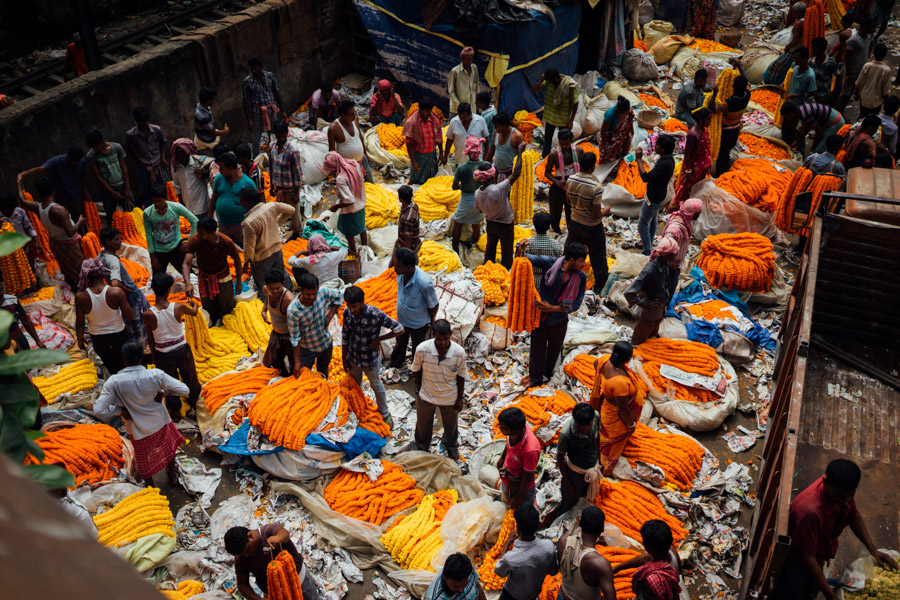
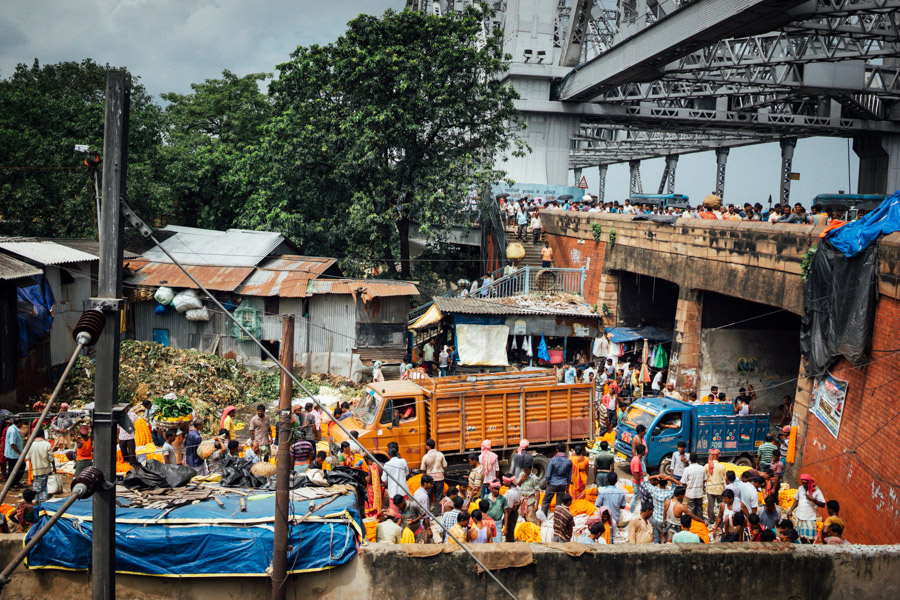
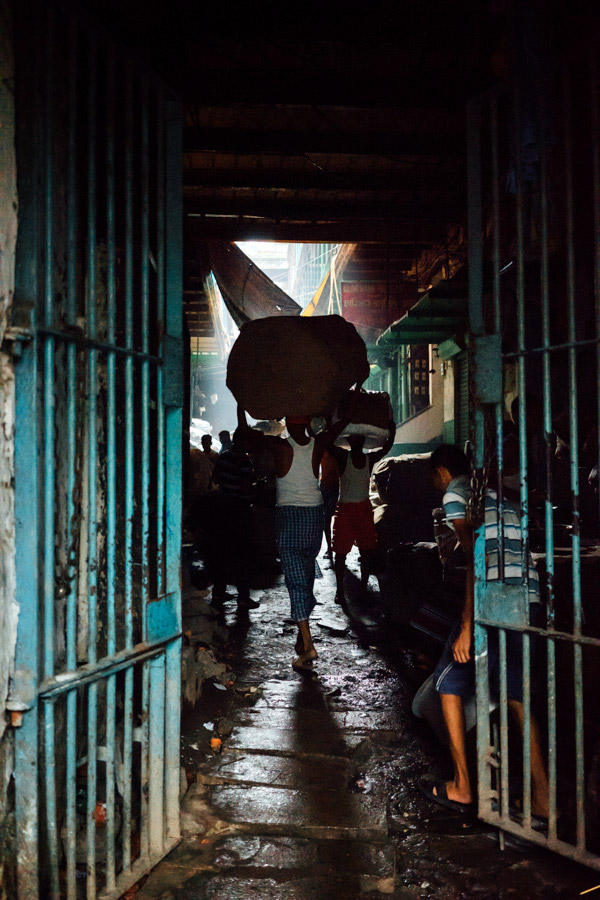
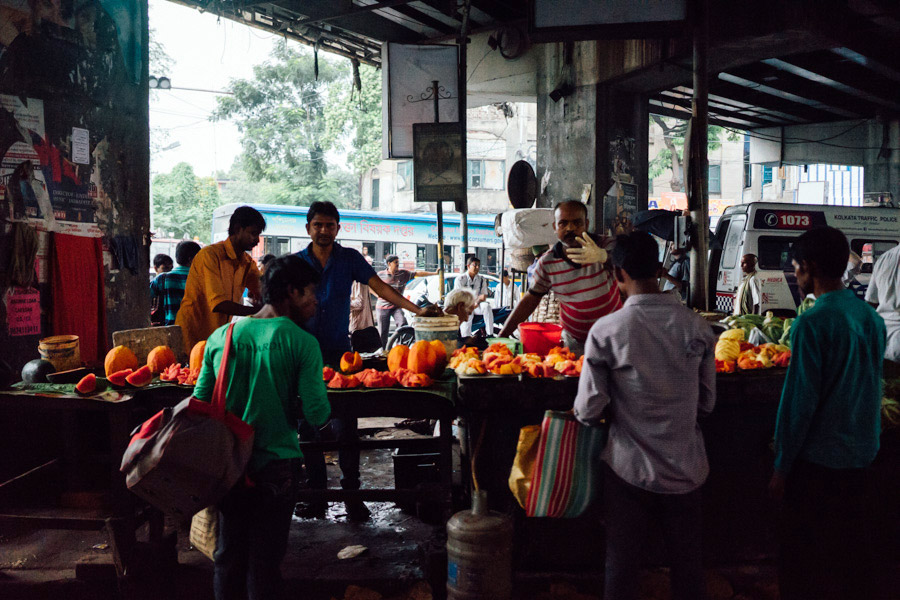
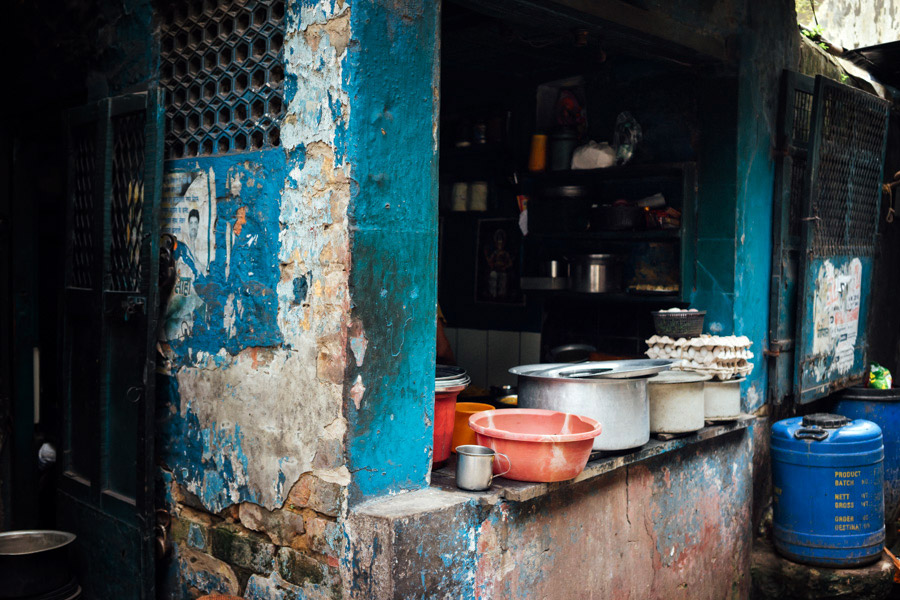
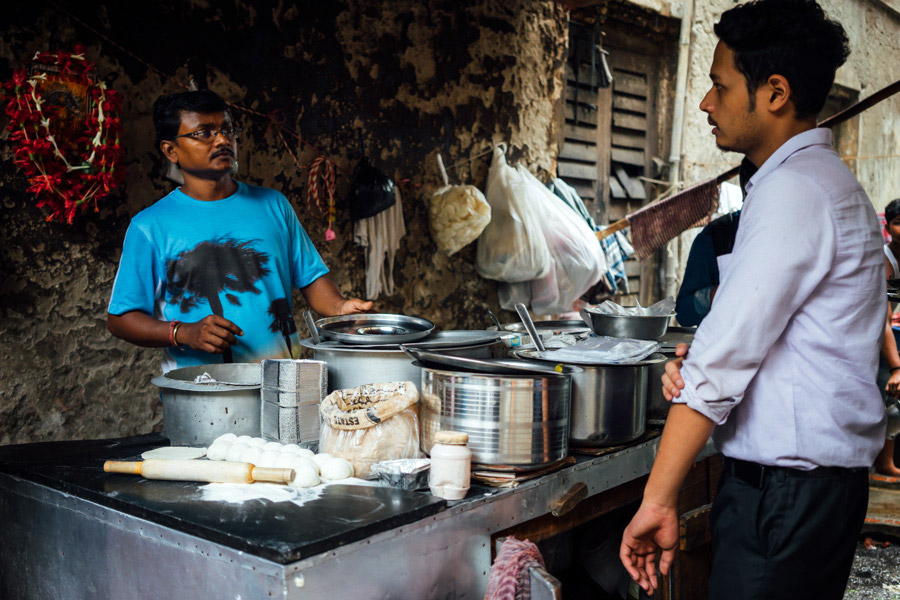
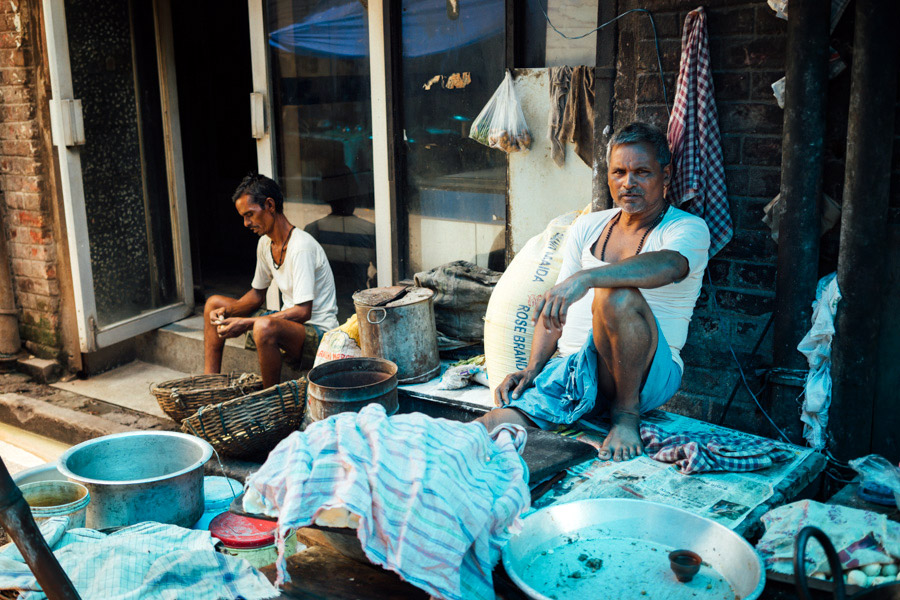
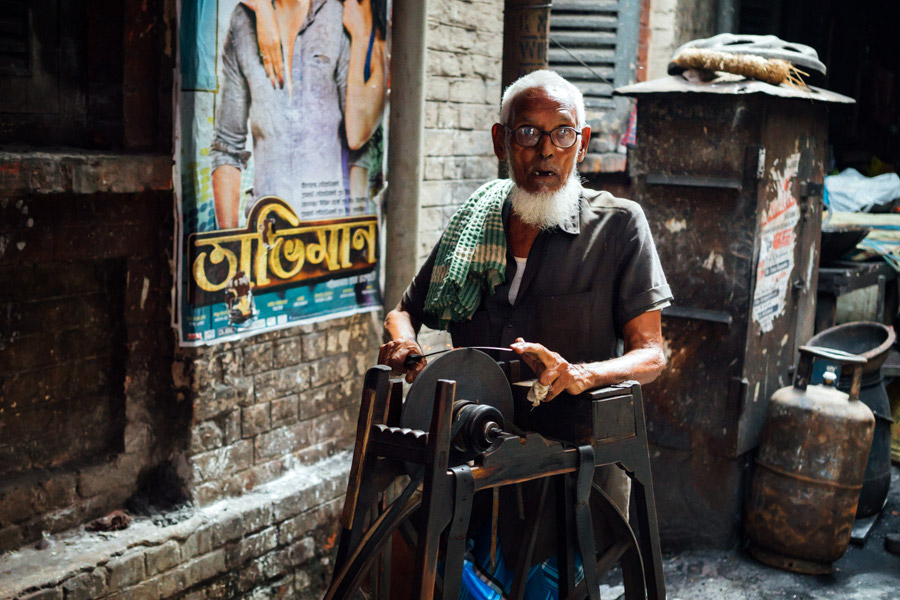
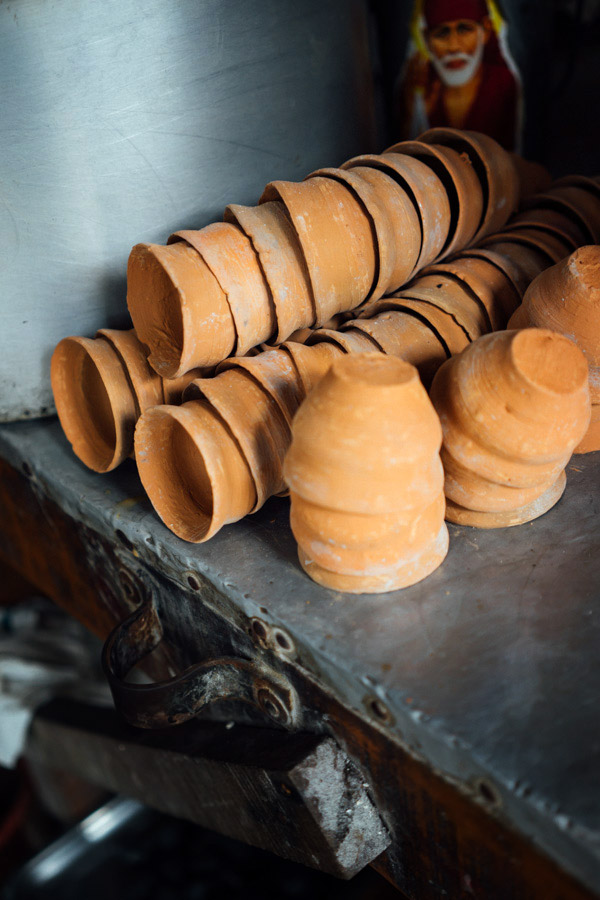

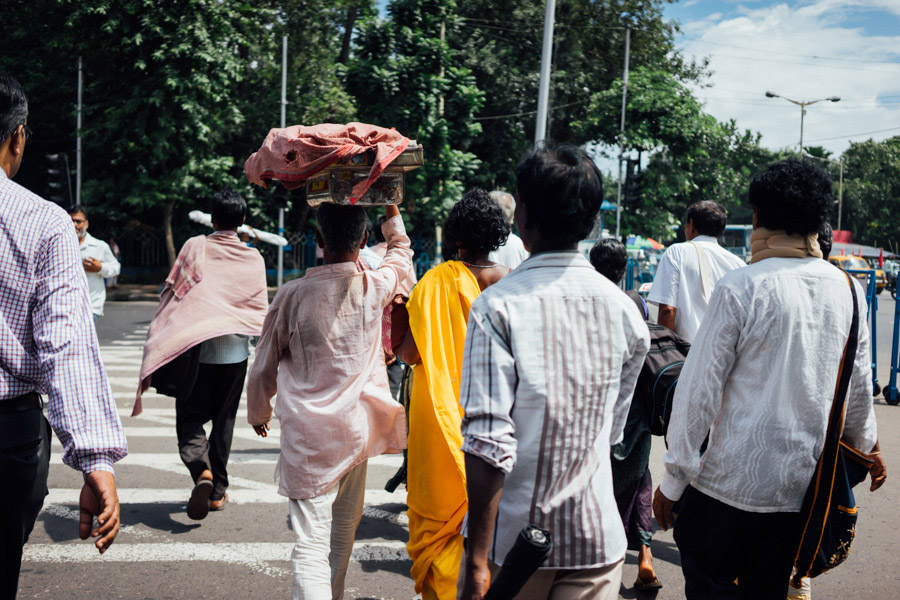
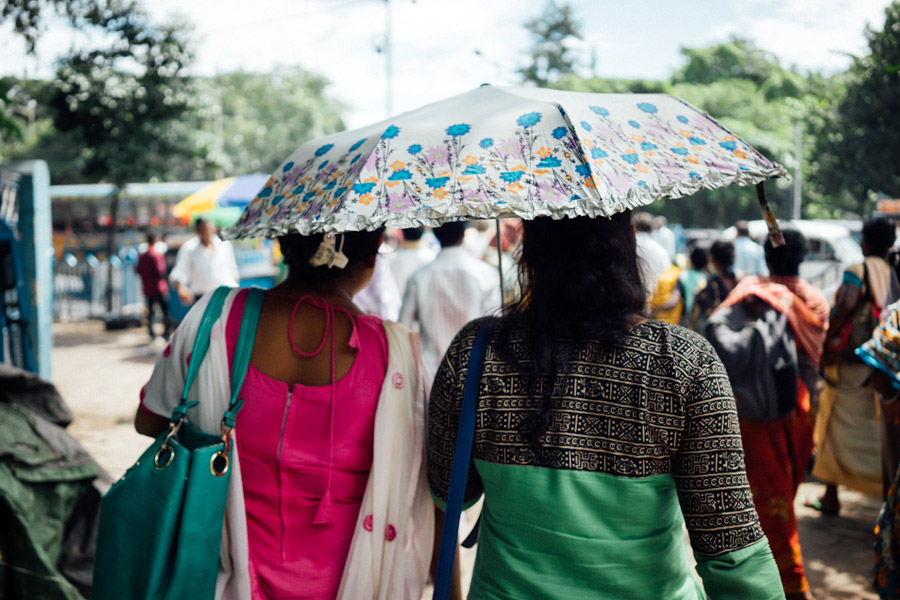
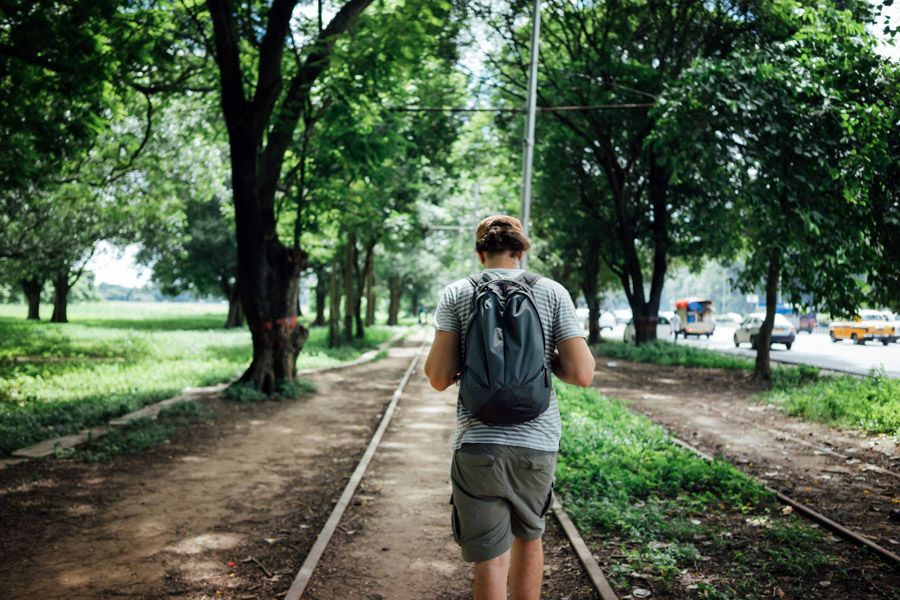
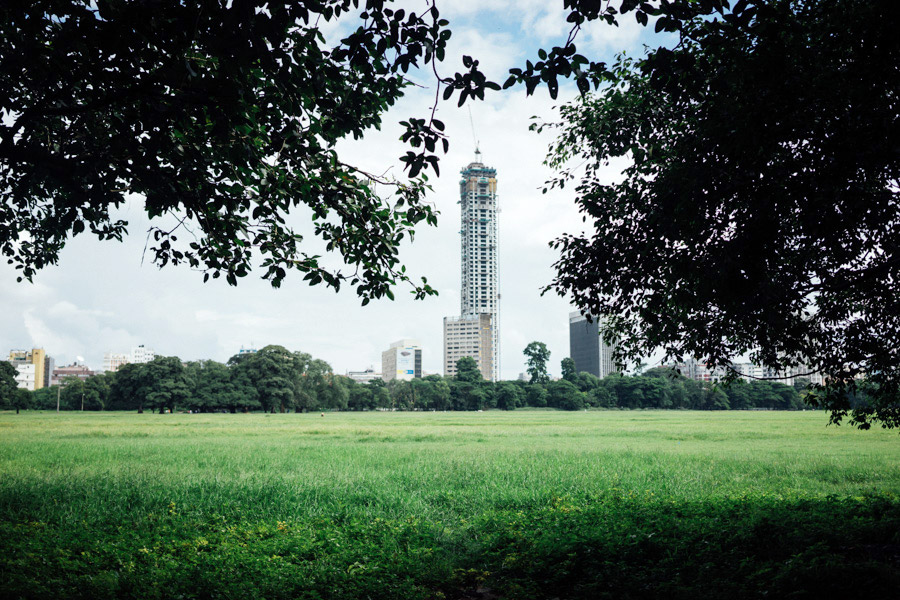
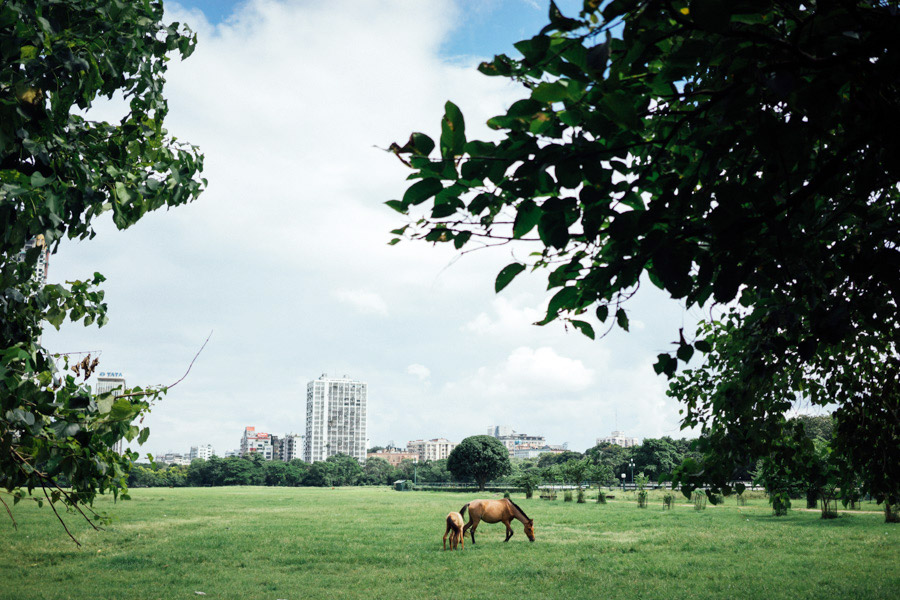



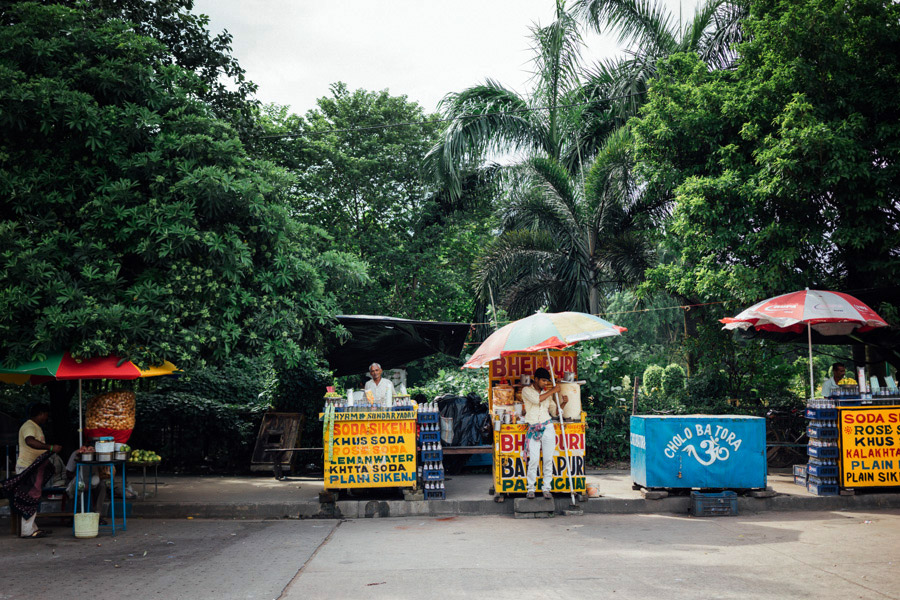
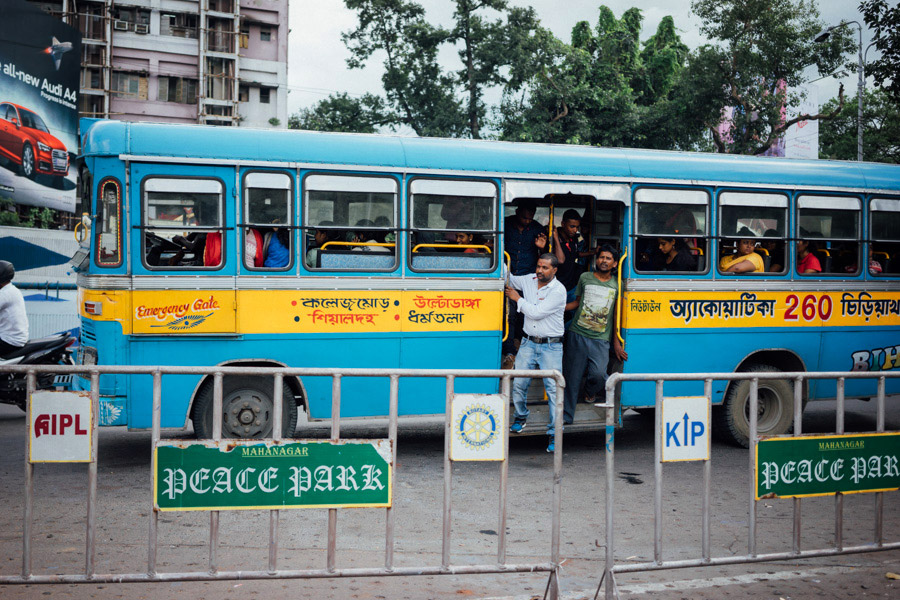
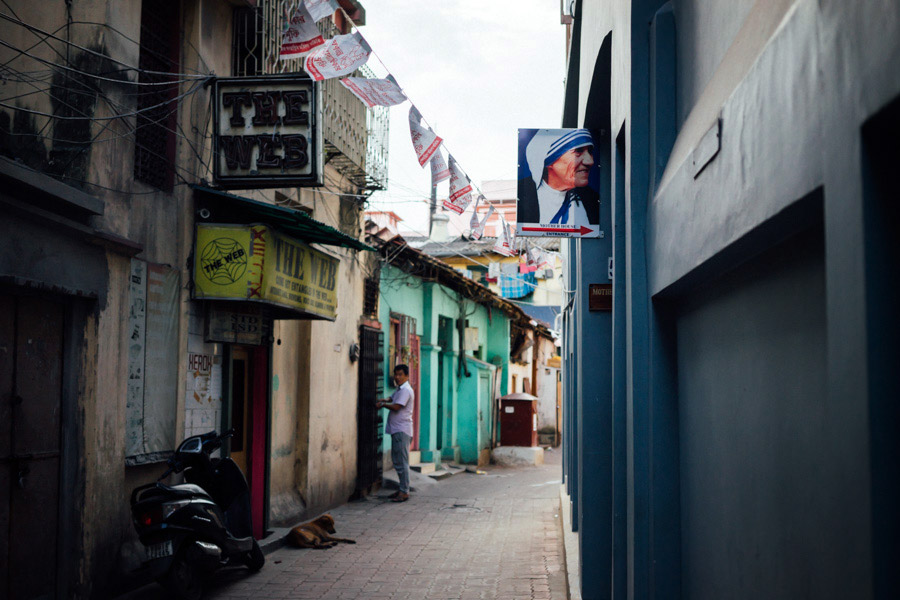
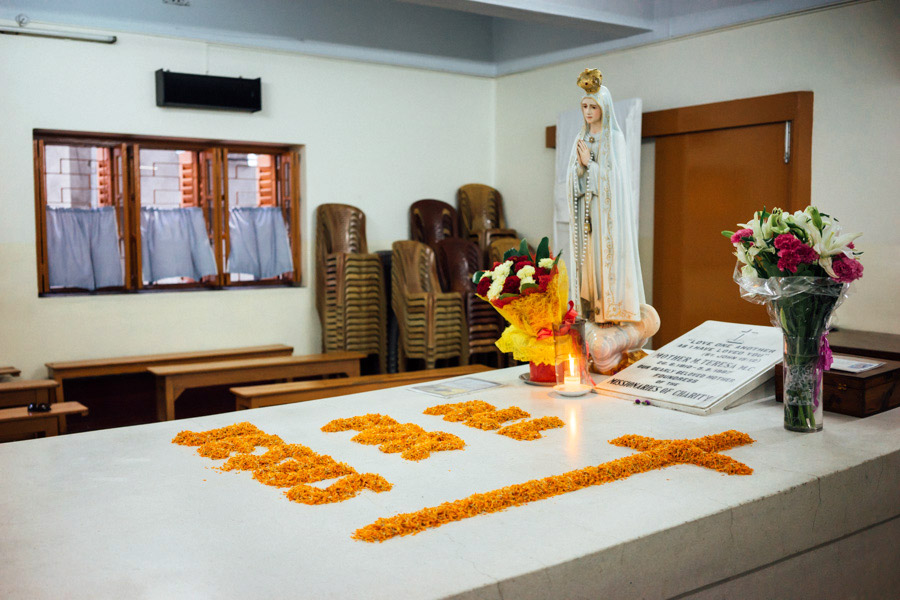
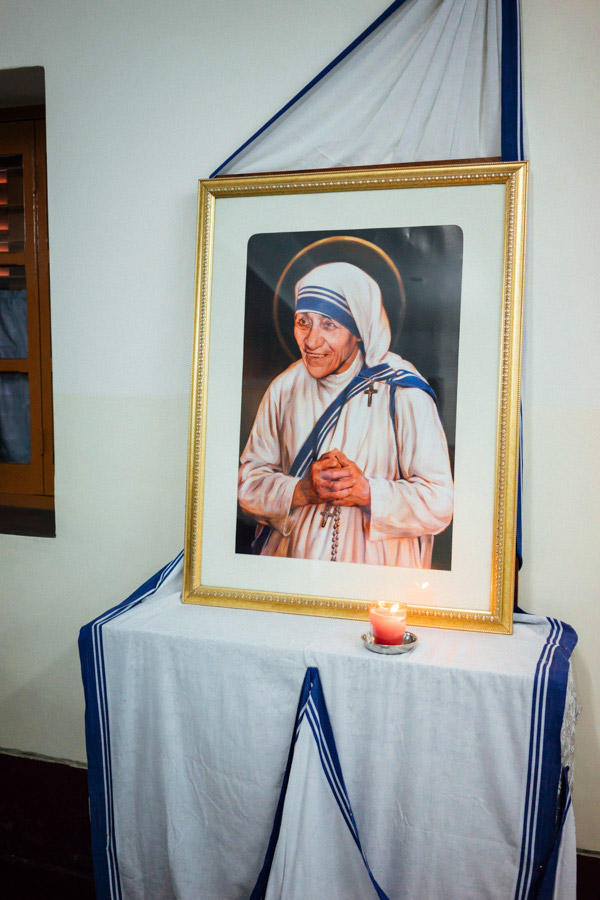
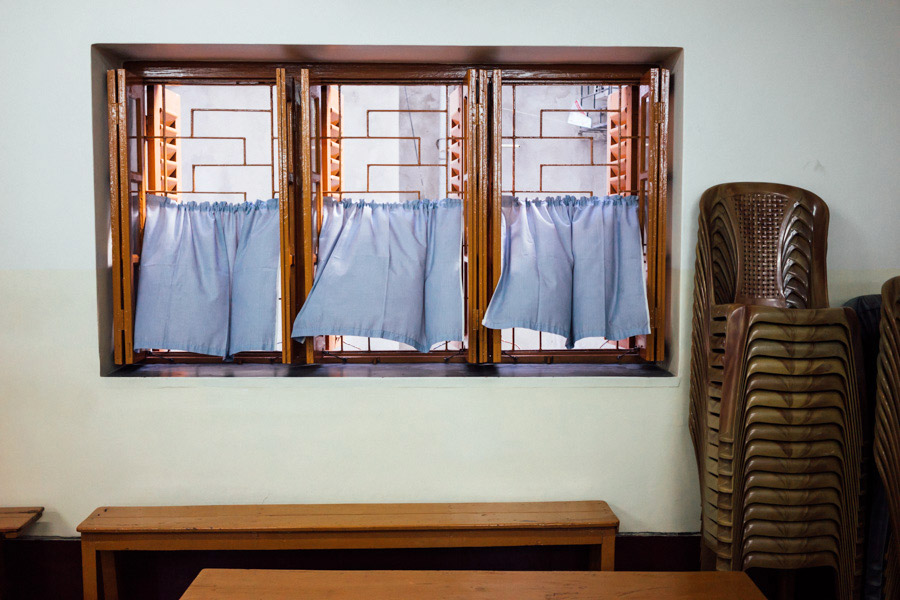

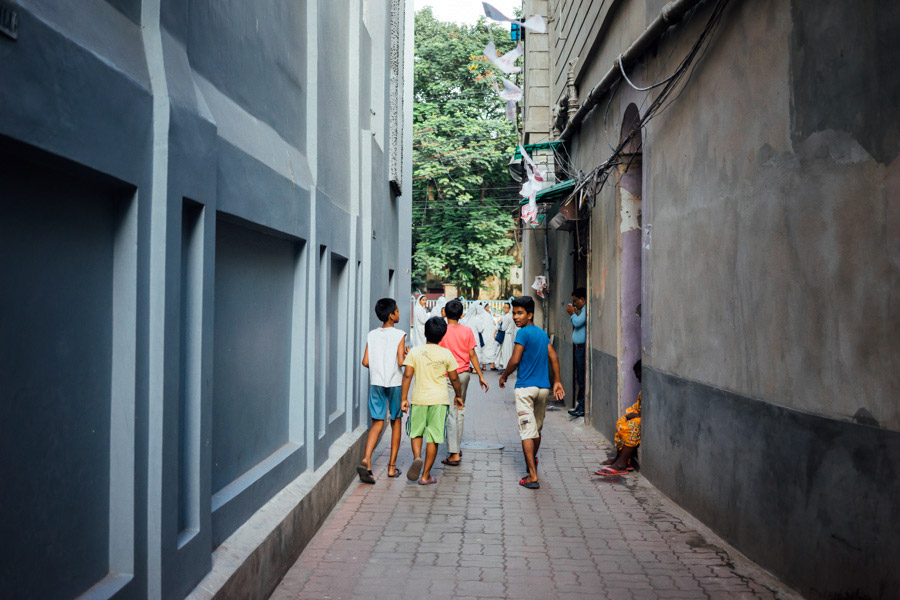
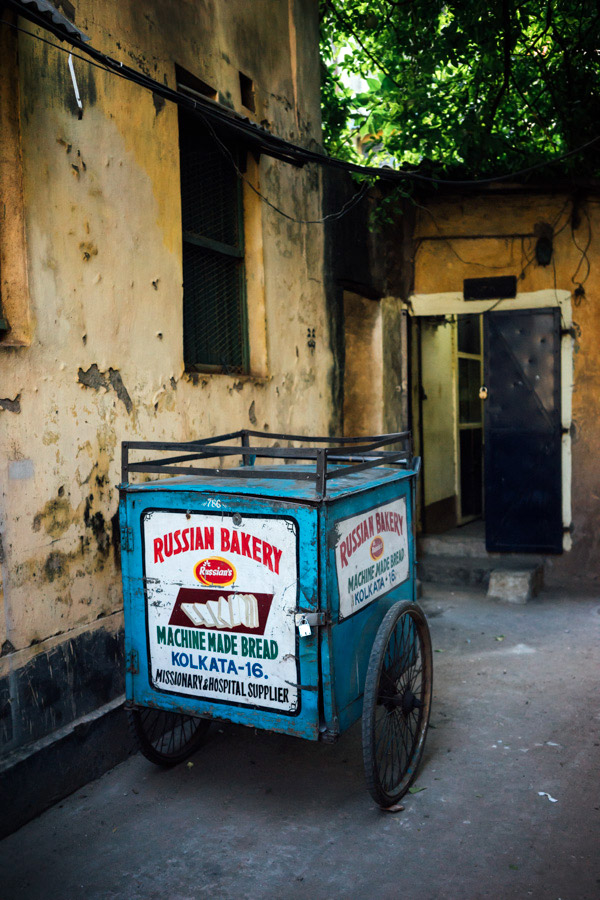
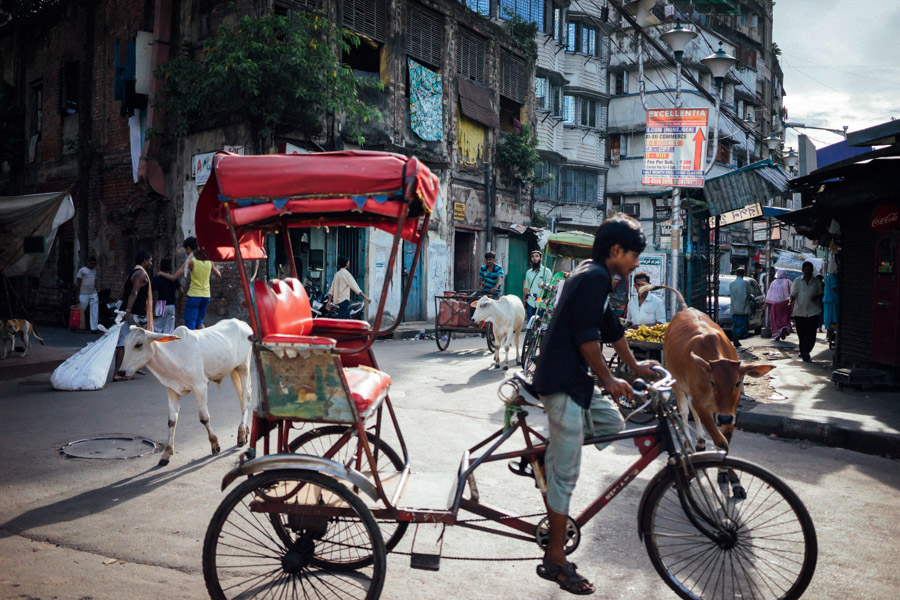
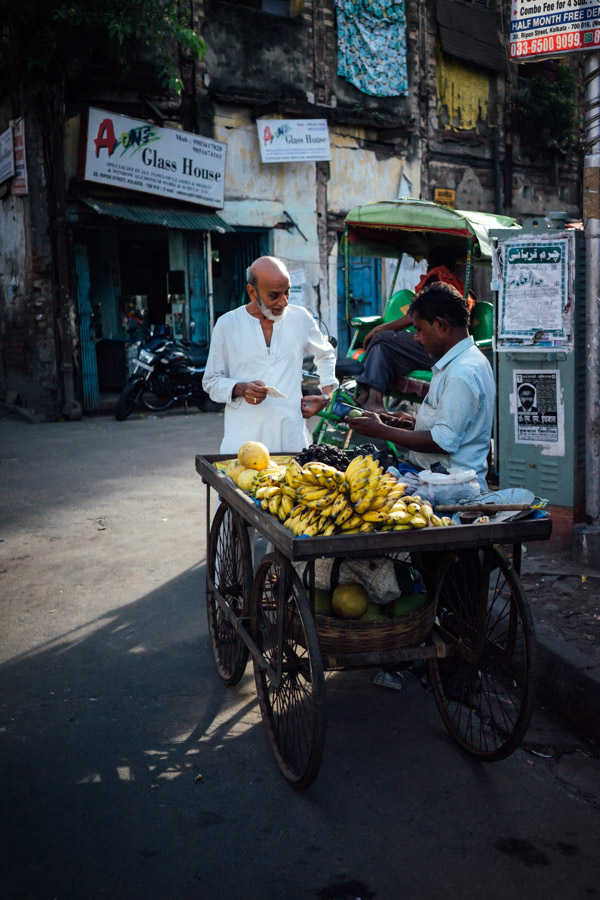
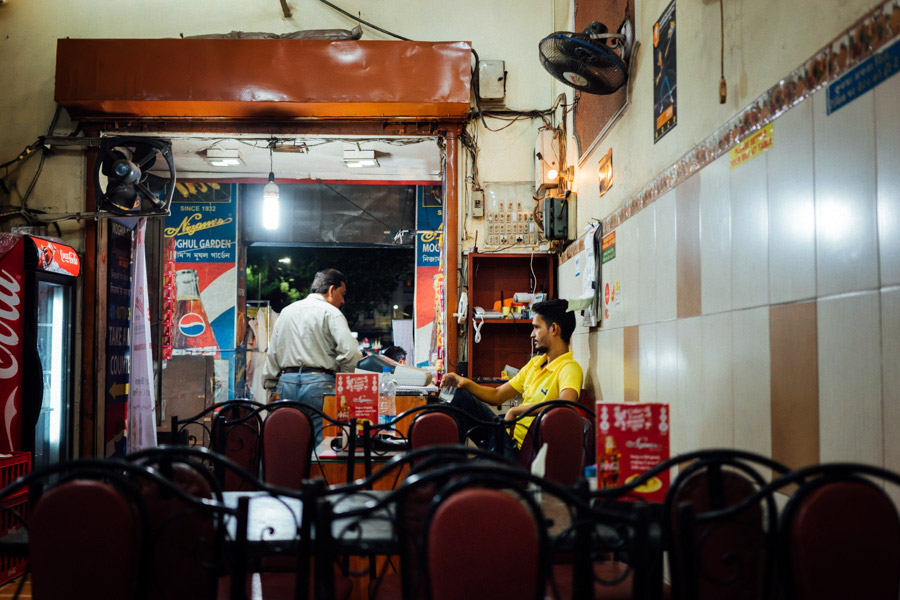
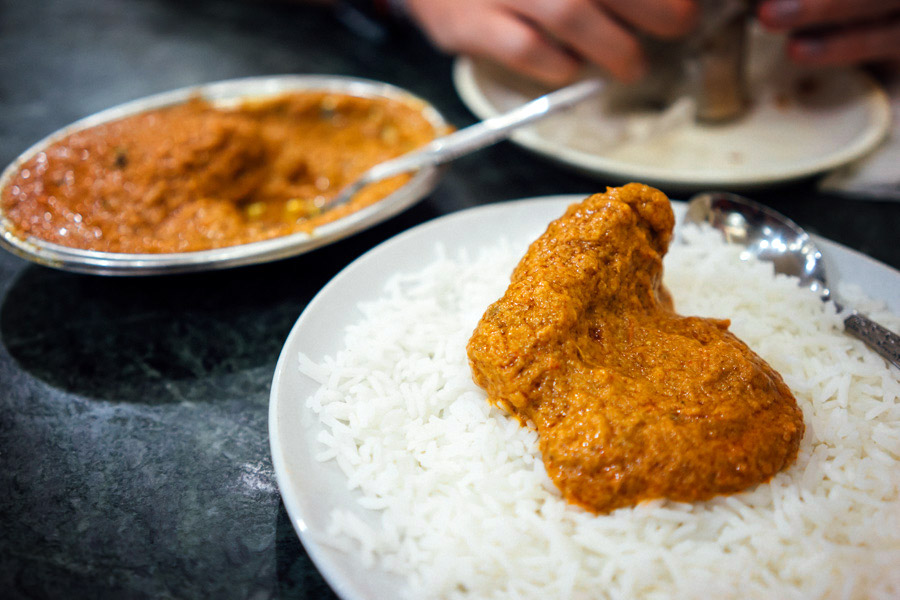

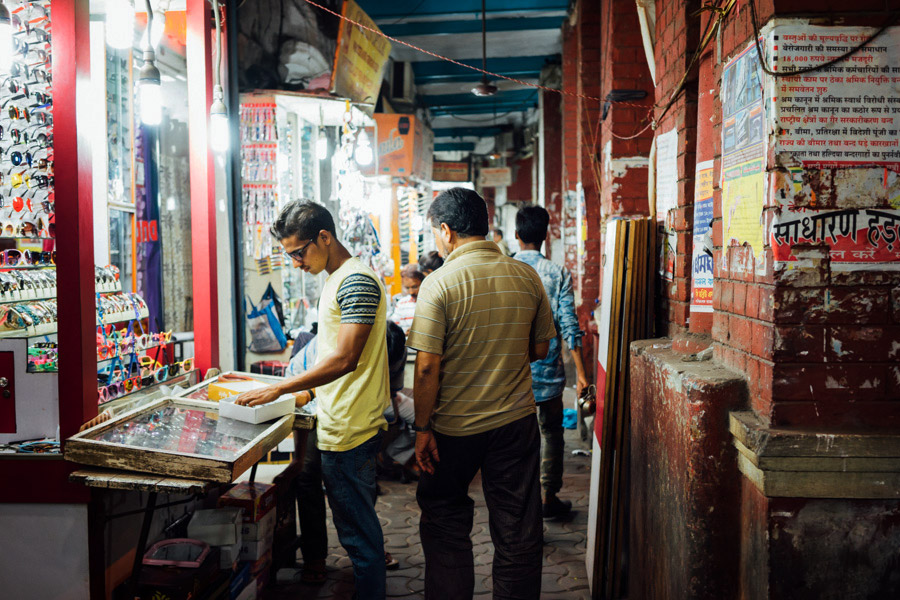
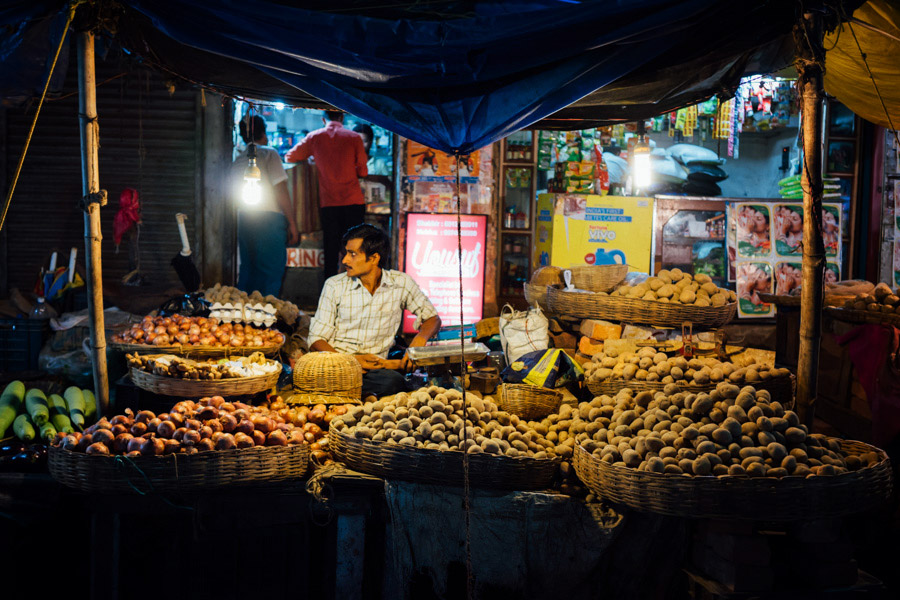
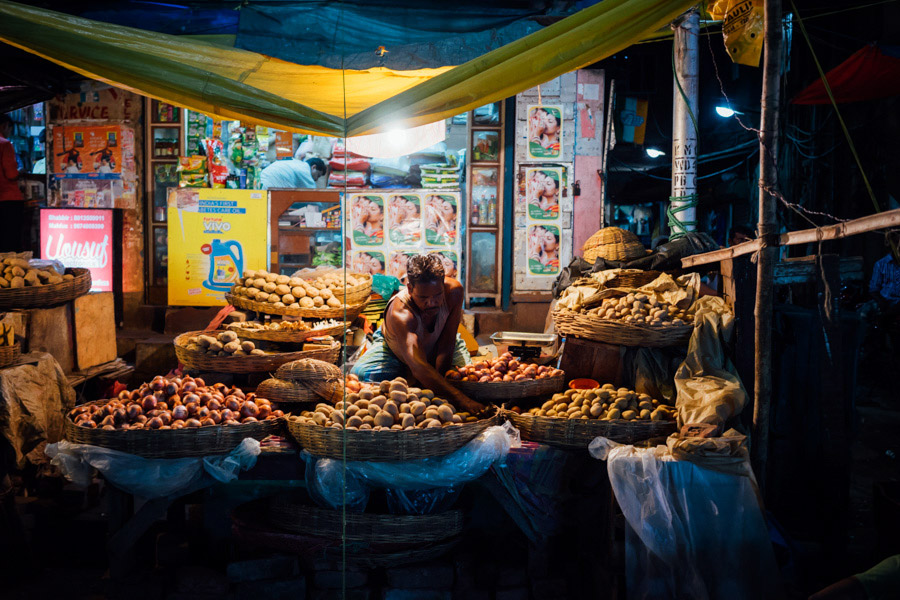
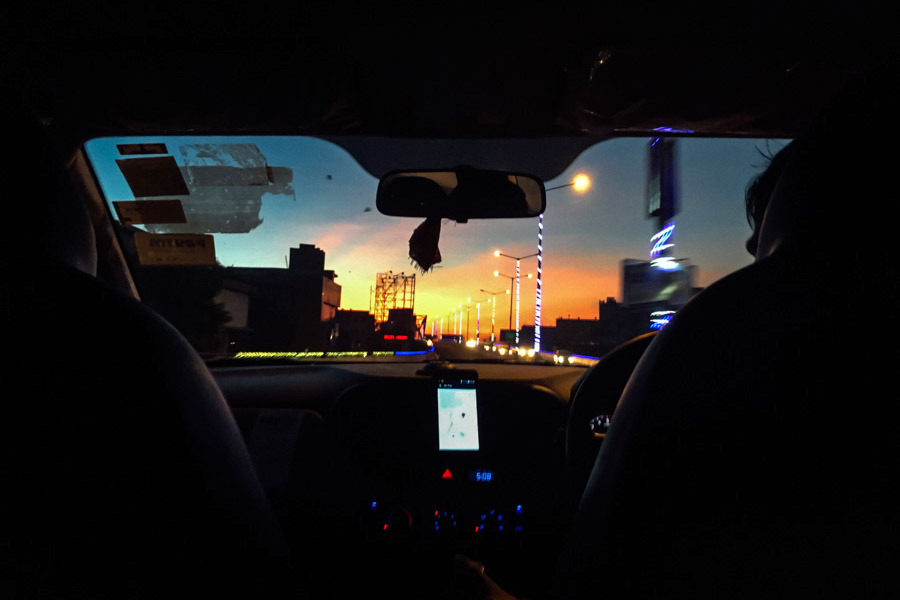
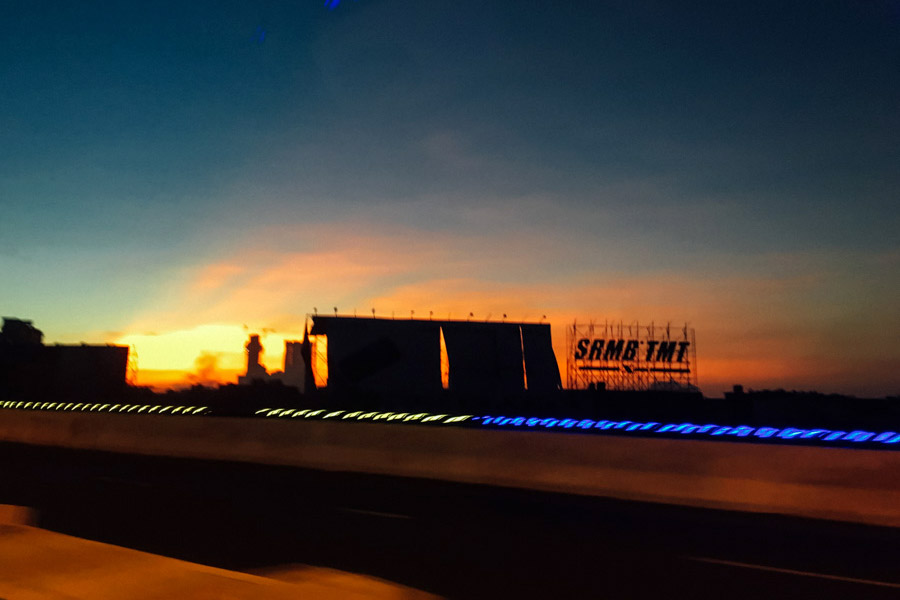
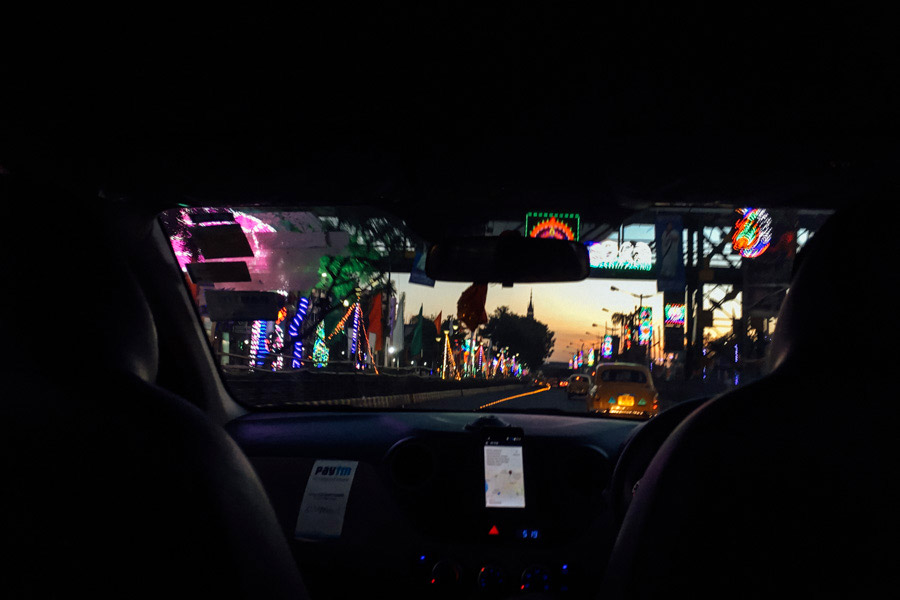
Links
Kolkata has less to offer than the famed cities of India, but it still bears a character worth visiting for the traveler. It is also a good stopover before heading to Darjeeling, which we unfortunately missed.
- The Mallik Ghat Flower Market was quite an experience.
- The Victoria Memorial is simple but holds a nice park worth the trouble for some quiet time.
- Food-wise, Chicken Tikka Masala and Kolkata kathi rolls should not be missed. We had ours at Nizam’s Restaurant. You can also find delicious street food on James Hickey Sarani Street.
